Rejecting the Ribbon Window: 7 Architectural Experimentations With Fenestration
Architizer is thrilled to announce the winners of the 10th Annual A+Awards. Want to earn global recognition for your projects? Sign up to be notified when the 11th Annual A+Awards program launches.
In his 1927 manifesto, Five Points of Architecture, Le Corbusier made horizontal windows a core concept of his architectural philosophy. These long narrow windows which could wrap around the façade’s length like a ribbon, he argued, were the best way to offer evenly light spaces throughout a building without compromising privacy. Le Corbusier’s ‘ribbon window’ (highlighted in emblematic projects like his Villa Savoye) quickly became a staple of modernist architecture. From schools to office buildings and apartment blocks, the ribbon window became somewhat omnipresent.
One hundred years later, in a step that follows a similar logic yet moves away from Le Corbusier’s iconic signature, architects continue playing with new configurations for fenestration. Whether by de-emphasizing the horizontal nature of windows or experimenting with different shapes, sizes and compositions, architects are moving towards more tailored and idiosyncratic approaches to fenestration design.
Casas Cubo
By Aleph Zero, Curitiba, Brazil
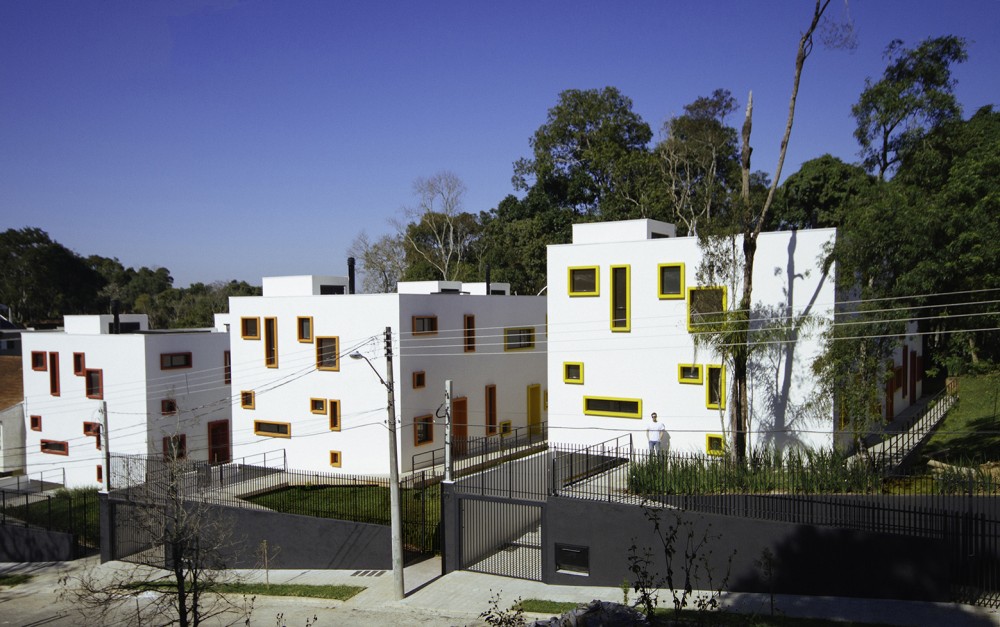
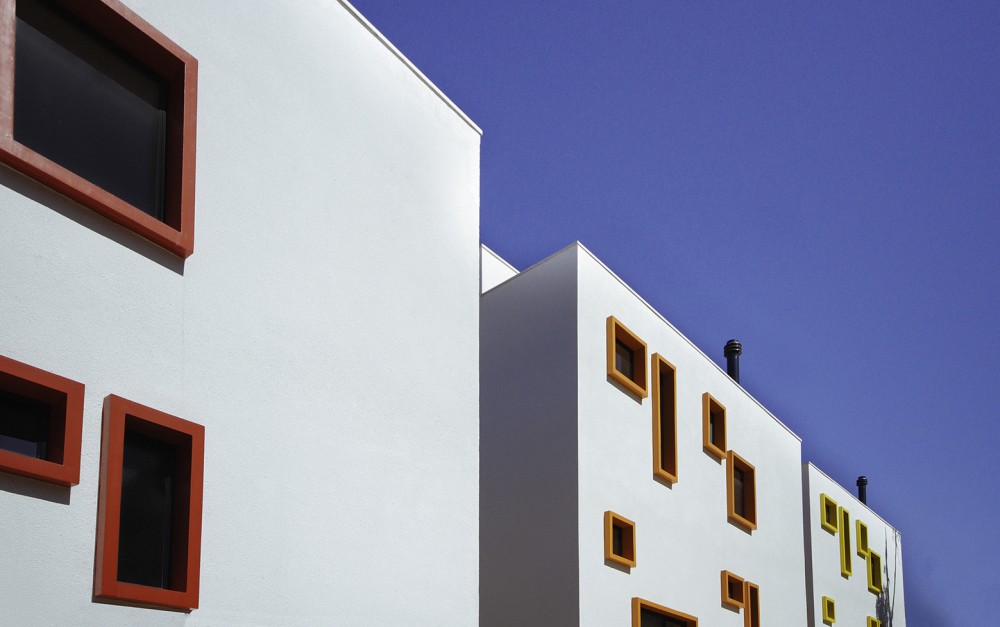
Photos by Felipe Gomes
The architects of this new project in a remote neighborhood north of Curitiba wanted to create a sense of distinction between the three complexes and nearby houses. They do so by treating the exterior façades as a canvas onto which narrow windows are etched in seemingly whimsical fashion – though their order strategically aligns with the layout and functions of the rooms inside. The colorful composition of square and rectangular frames on the white plaster exterior is a clever homage to Piet Mondrian’s neo-plasticist masterpieces.
The Snail Apartments
By archimatika, New York City, NY
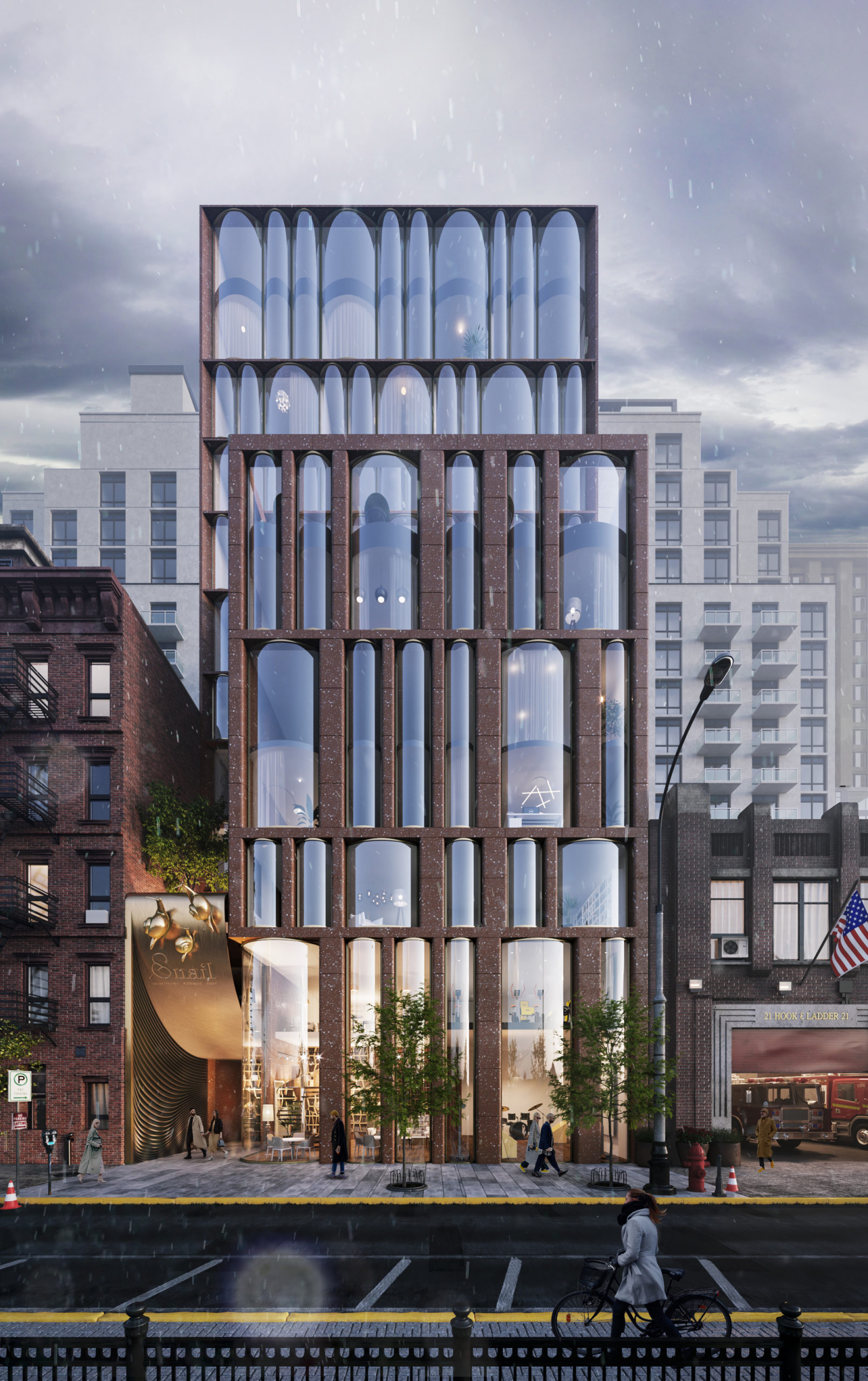
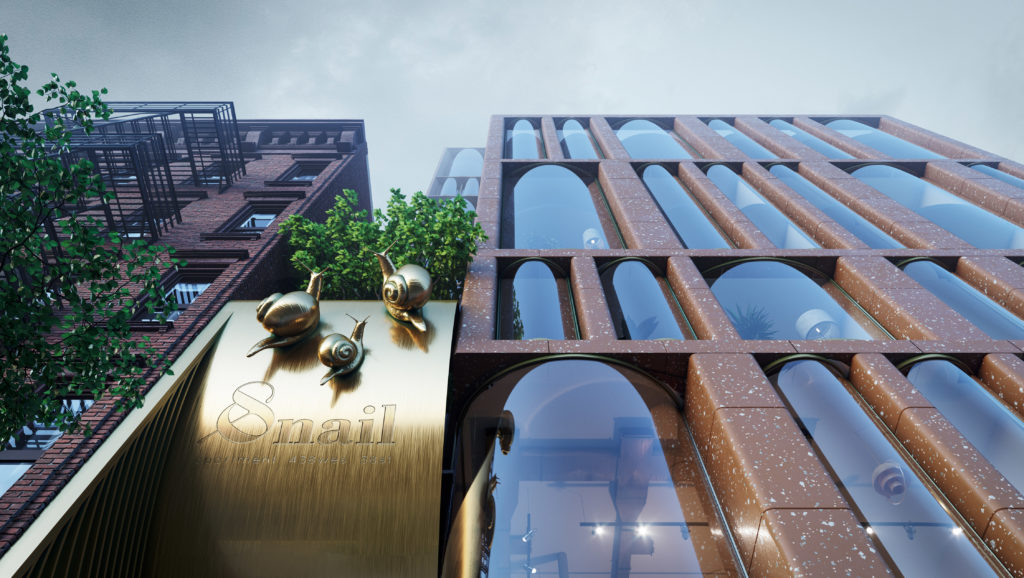 The design concept for this residential project in Chelsea, New York combines features from two different eras of the city’s architectural history: 19th and 20th century brick housing and contemporary glass skyscrapers. Yet, neither inspiration can account for the arrangement of floor to ceiling cylindrical-shaped windows which give the façade a lively character. It’s ironic that the project’s emblem is a snail because the design leaps towards an exciting vision of the future.
The design concept for this residential project in Chelsea, New York combines features from two different eras of the city’s architectural history: 19th and 20th century brick housing and contemporary glass skyscrapers. Yet, neither inspiration can account for the arrangement of floor to ceiling cylindrical-shaped windows which give the façade a lively character. It’s ironic that the project’s emblem is a snail because the design leaps towards an exciting vision of the future.
House in S.Abbondio
By wespi de meuron romeo architects, Locarno, Switzerland
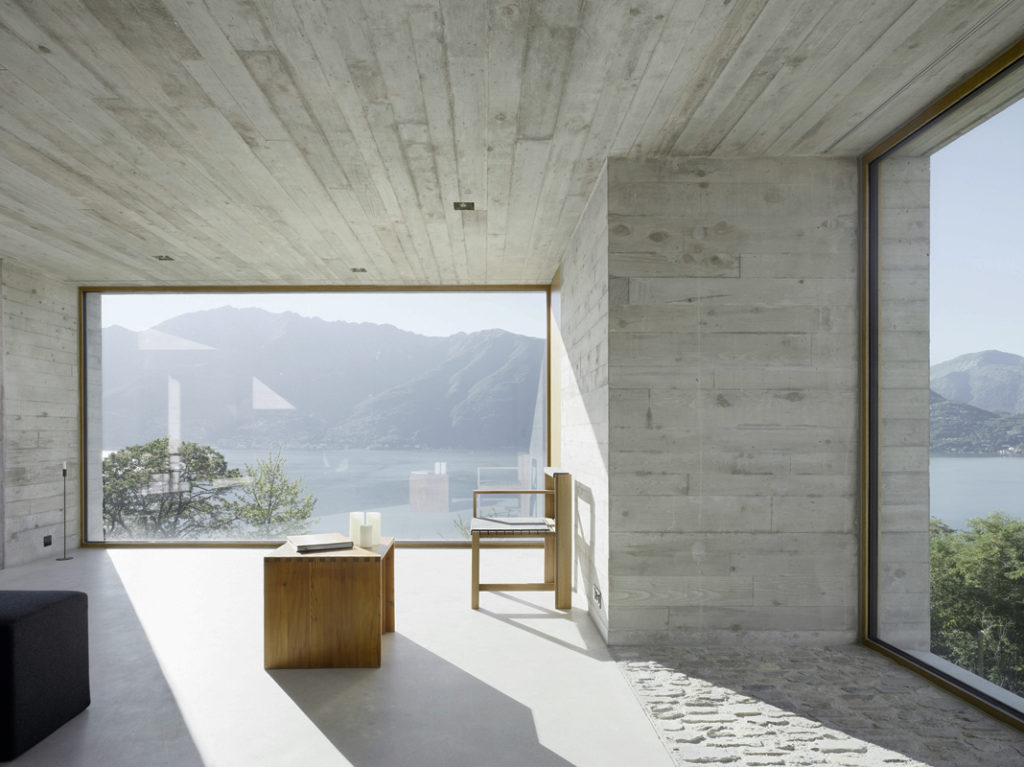
Photos by Hannes Henz
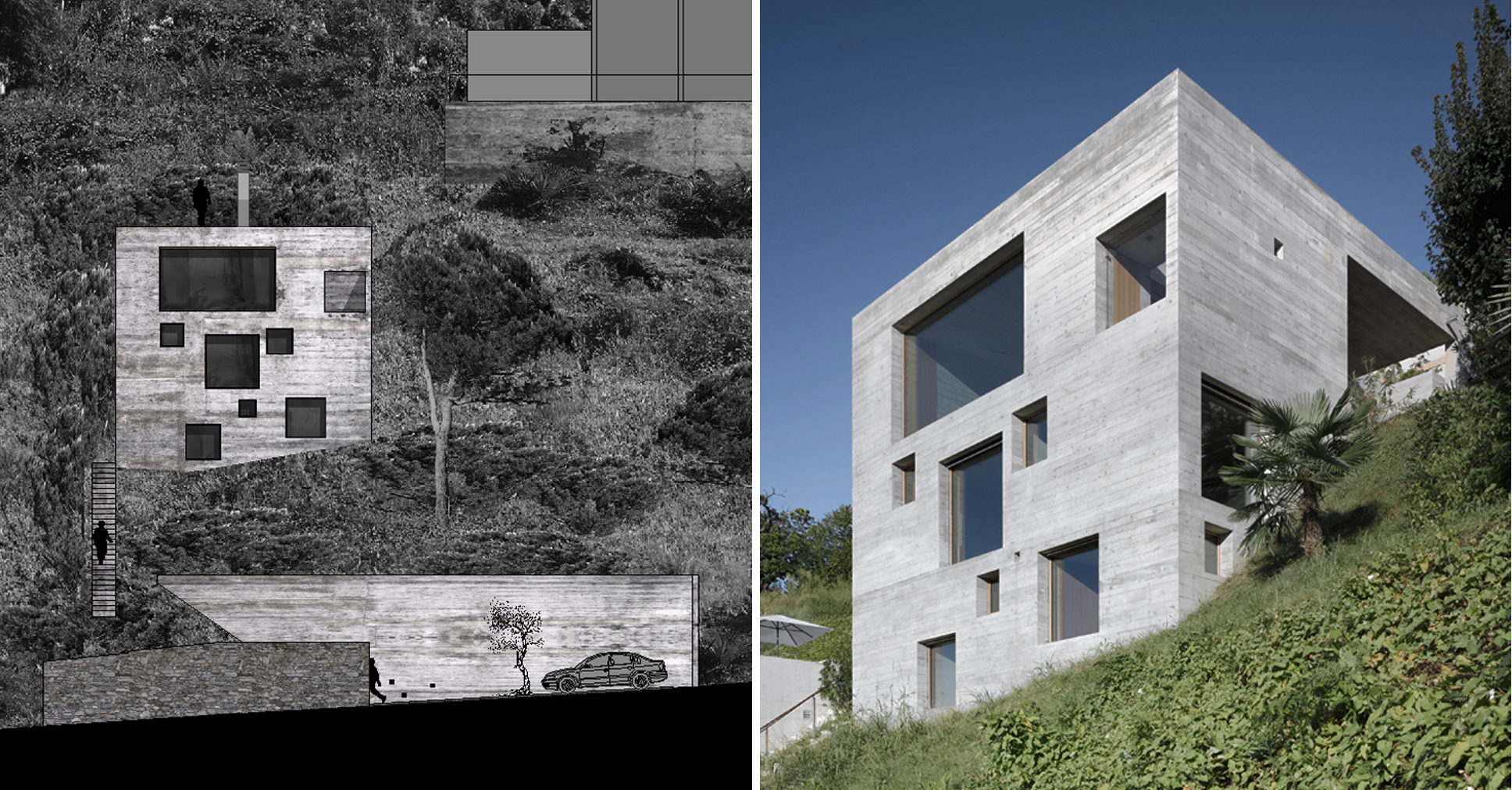 Standing on a steep slope near Lake Maggiore in the Swiss Alps, this new house keeps things simple with a cubic shaped structure and wood panel cast concrete walls. The irregularly placed large square and rectangular windows breaks with the monolithic façades and ensures no view of the stunning lake goes unseen.
Standing on a steep slope near Lake Maggiore in the Swiss Alps, this new house keeps things simple with a cubic shaped structure and wood panel cast concrete walls. The irregularly placed large square and rectangular windows breaks with the monolithic façades and ensures no view of the stunning lake goes unseen.
House Au Yeung
By Tribe Studio, Sydney, Australia
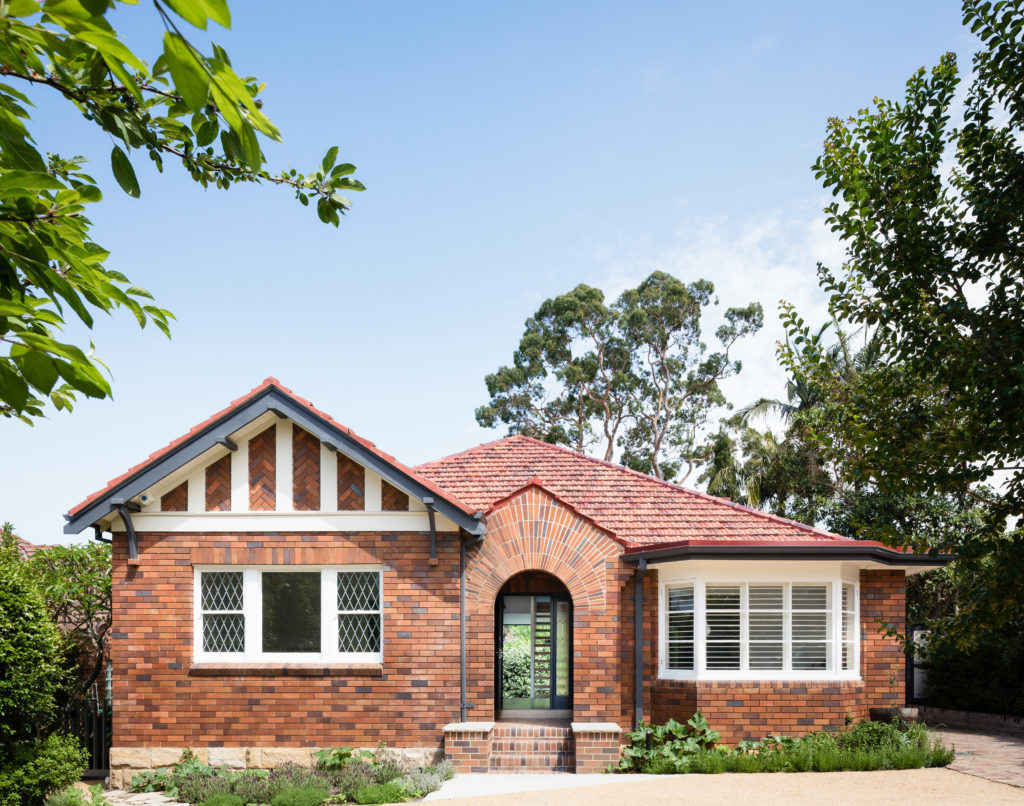
 The rear extension to this modest 1930s bungalow in a leafy Sydney suburb reproduces many of the sensible design choices of the original house: herringbone brick gables, a brick sunburst and some Tudor detailing among other details. However, three deep-set square windows bring a pop of modernity to the rear façade, matching the design ethos of the new living room on the floor below.
The rear extension to this modest 1930s bungalow in a leafy Sydney suburb reproduces many of the sensible design choices of the original house: herringbone brick gables, a brick sunburst and some Tudor detailing among other details. However, three deep-set square windows bring a pop of modernity to the rear façade, matching the design ethos of the new living room on the floor below.
Jazz Loft
By T2.a Architects, Budapest, Hungary

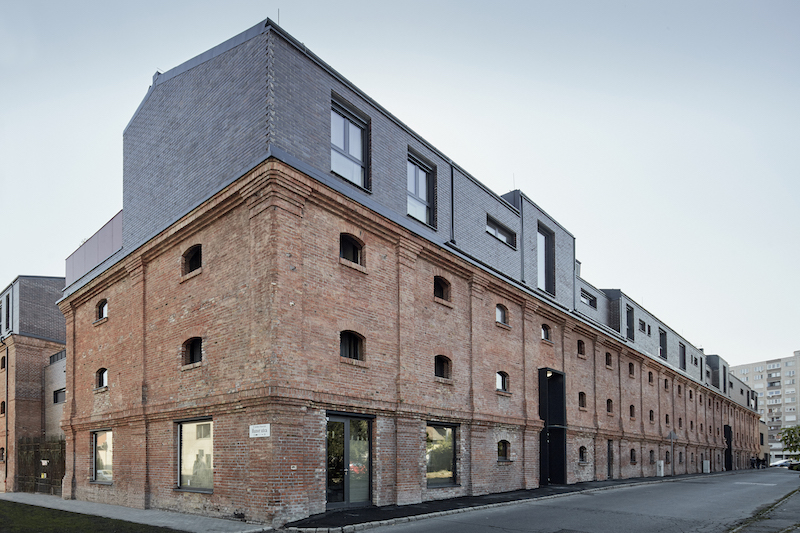
Photos by Zsolt Batar
This residential building is the culmination of a fifteen year-long meticulous renovation and restoration project of an abandoned 19th century mill on the outskirts of Budapest. The decaying façade was refurbished and reinforced but maintained almost identically to its original configuration. Not only does this give a fresh face to the old building, it also helps reinterpret the industrial design elements for the new residential purpose.
Most notably, the row of windows on the top floor is now highlighted by a dark-grey brick cladding and draws attention to their random assortment of shapes and sizes; what were once functional windows designed for the mill now give an improvisational dynamism to the building, making it fit for the name “Jazz Loft”.
House A&J
By CKX architects, Eindhoven, Netherlands
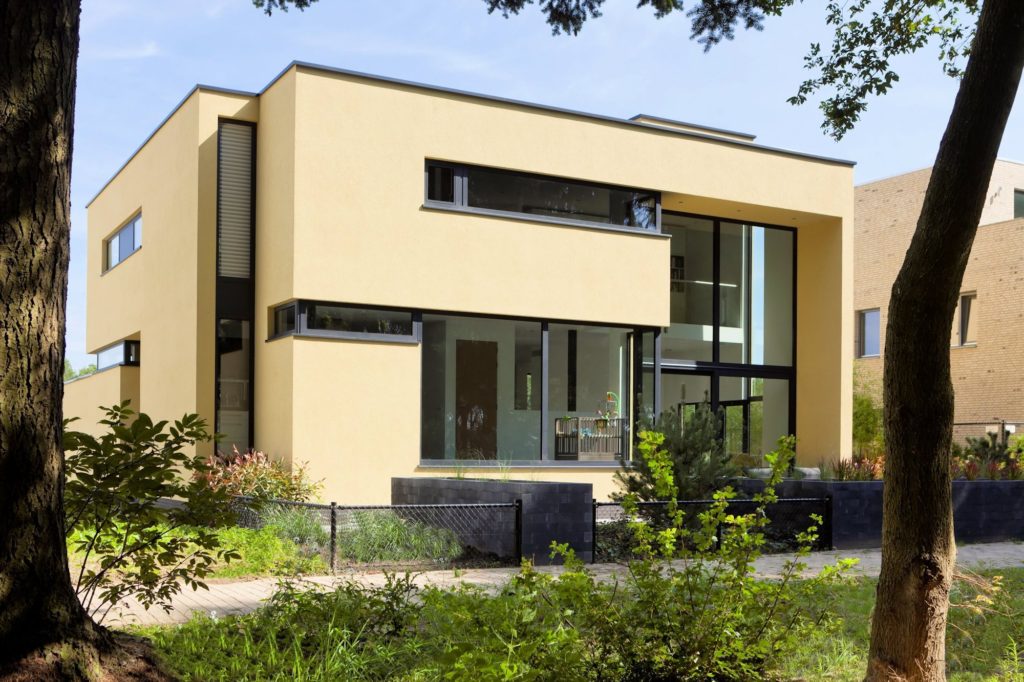
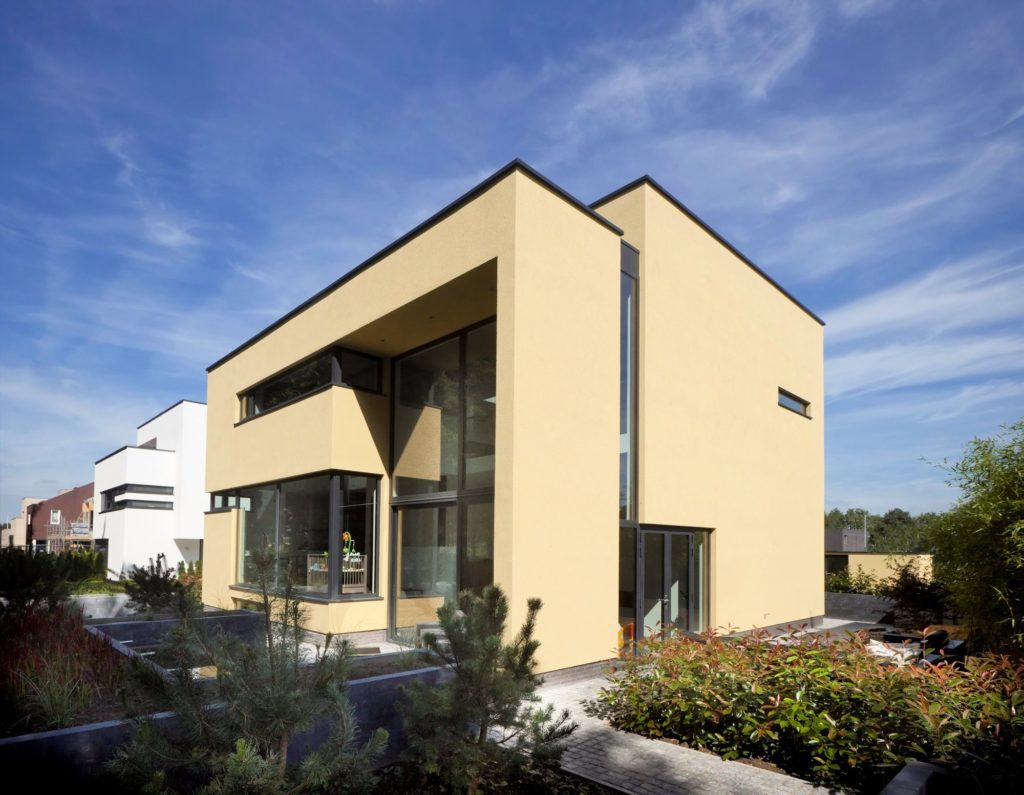 This new residence in Eindhoven is a playful remix on Le Corbusier’s ribbon window. The architects add a vertical dimension to the horizontal windows, ensuring one continuous flow of glass over two floors carved within the yellow cubic volumes. These offer generous vertical views of the nearby forestry while maintaining enough privacy for the second-floor bedrooms.
This new residence in Eindhoven is a playful remix on Le Corbusier’s ribbon window. The architects add a vertical dimension to the horizontal windows, ensuring one continuous flow of glass over two floors carved within the yellow cubic volumes. These offer generous vertical views of the nearby forestry while maintaining enough privacy for the second-floor bedrooms.
Fidalga_727
By Triptyque Architecture, São Paulo, Brazil

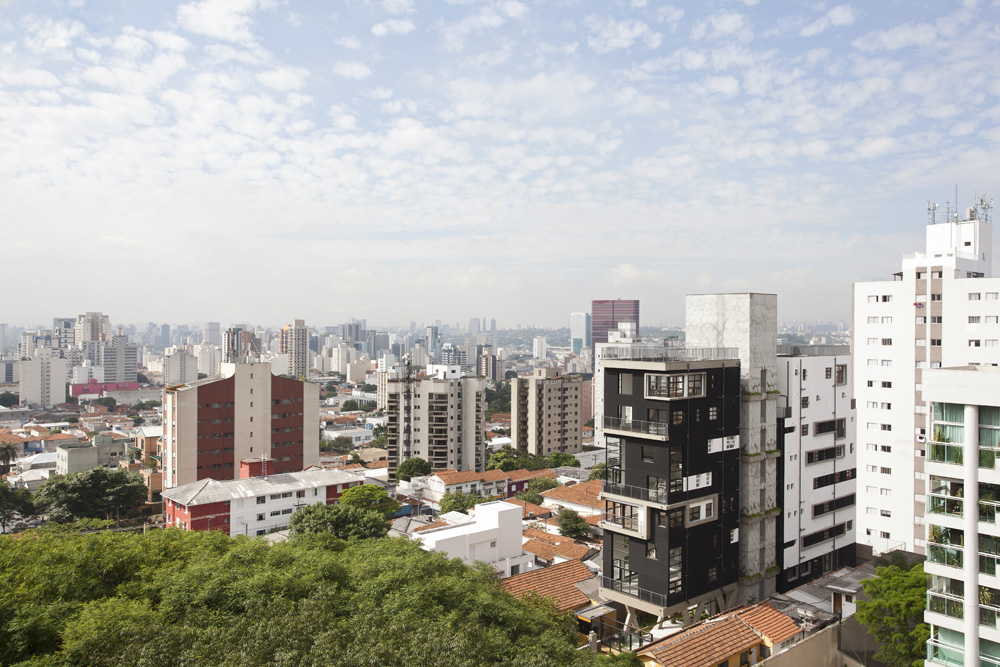
This new high rise apartment block in a middle-class neighborhood of São Paulo references the Paulista School — one of the major 20th century movements in Brazilian Brutalist architecture — with an elevated concrete structure and a building body fragmented into three parts. Somewhat ironically, it’s the Bauhaus-inspired window pattern (reminiscent of Walter Gropius’s Bauhaus Dessau) that takes the building into the 21st century.
Architizer is thrilled to announce the winners of the 10th Annual A+Awards. Want to earn global recognition for your projects? Sign up to be notified when the 11th Annual A+Awards program launches.


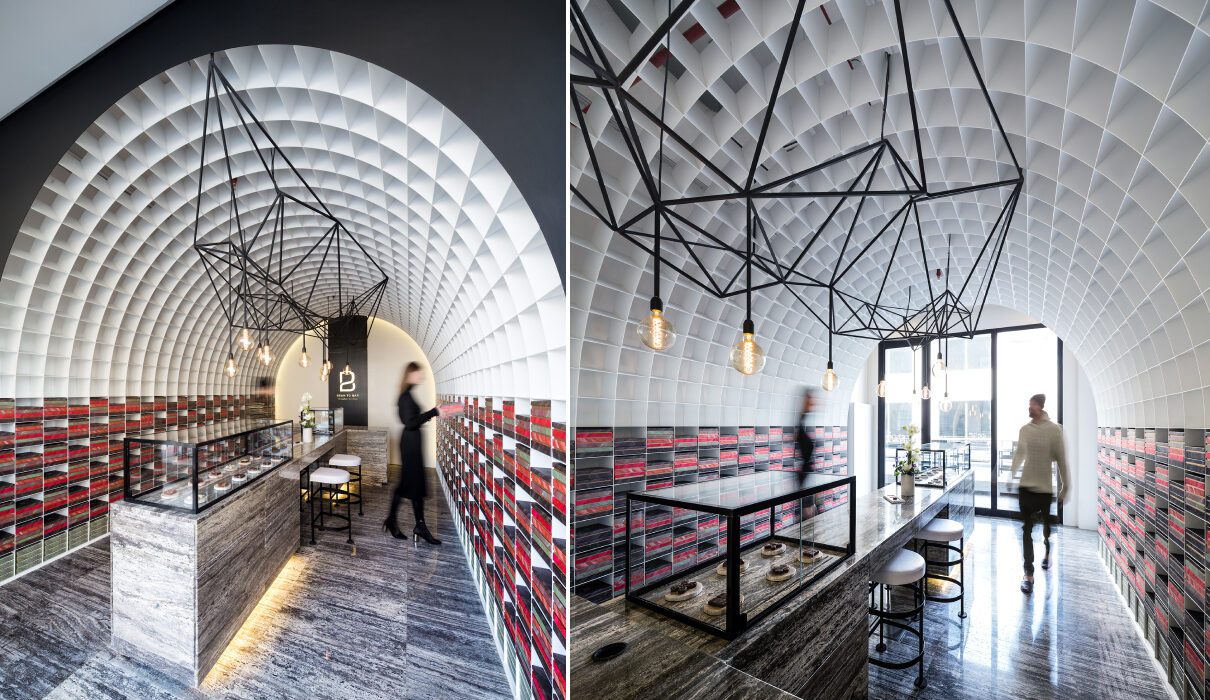
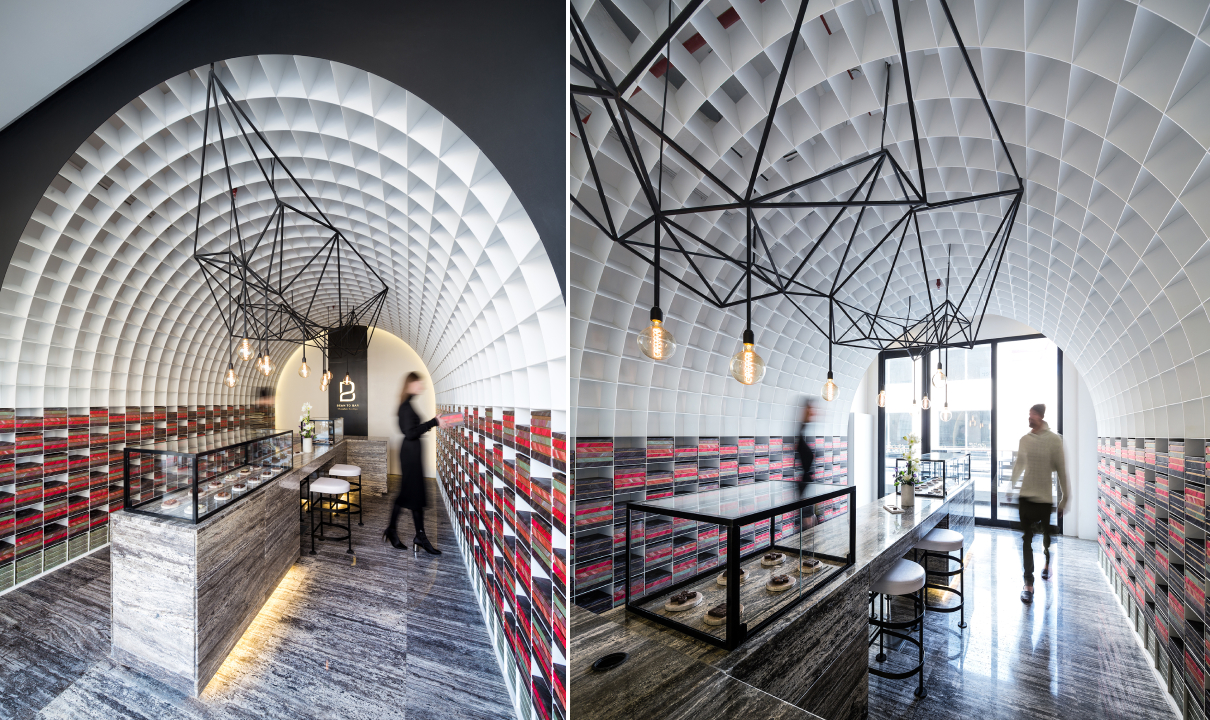
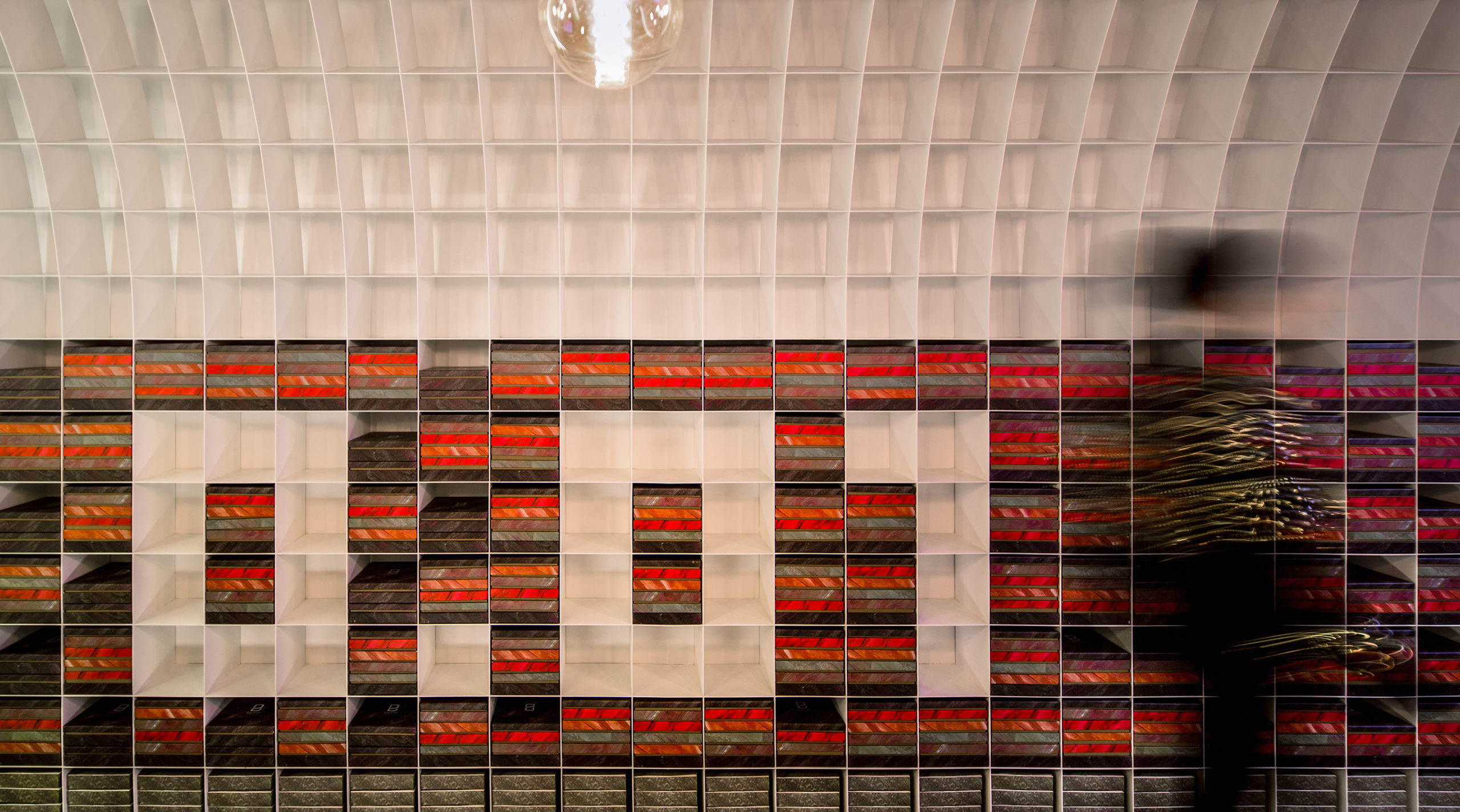

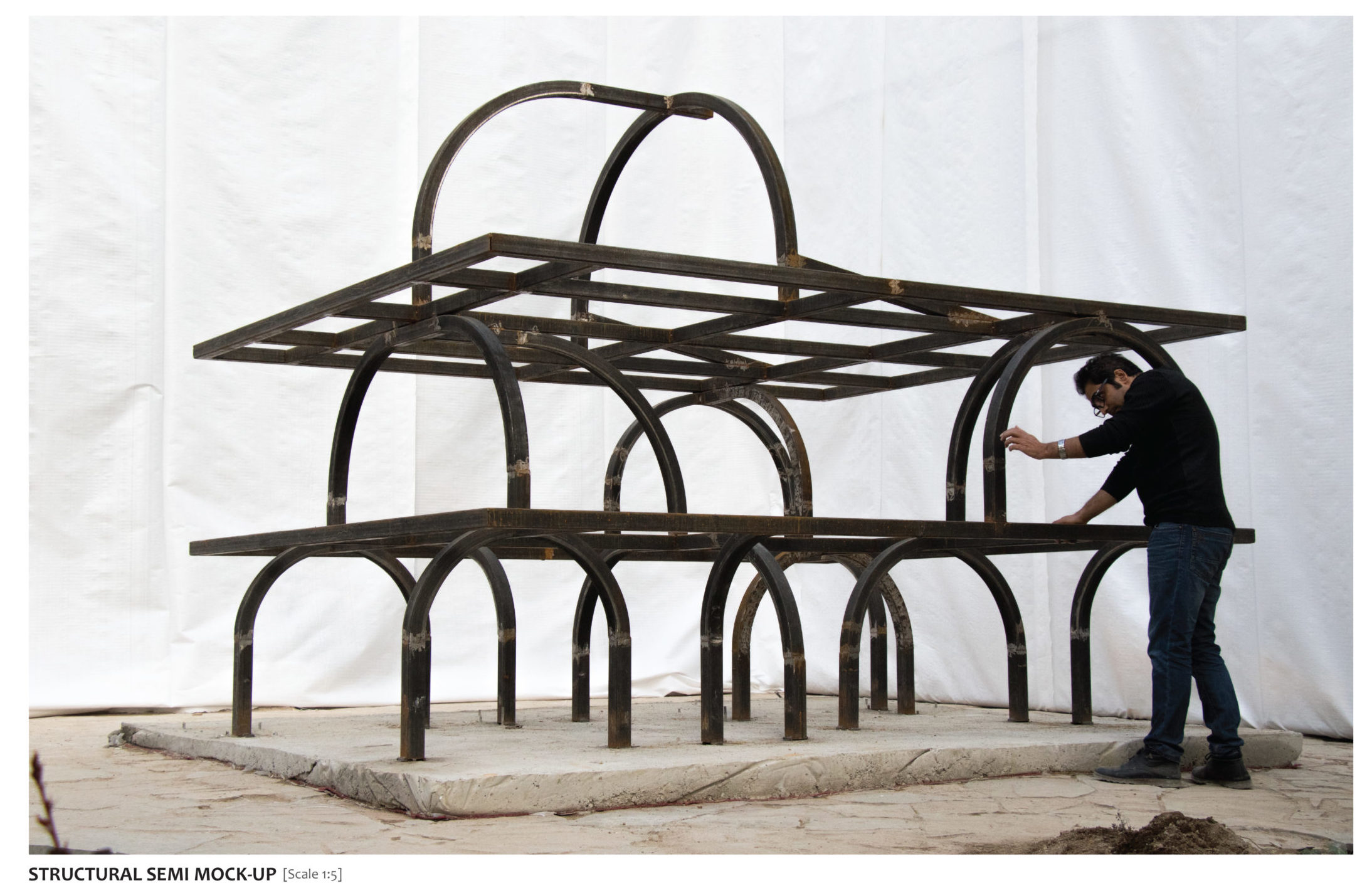
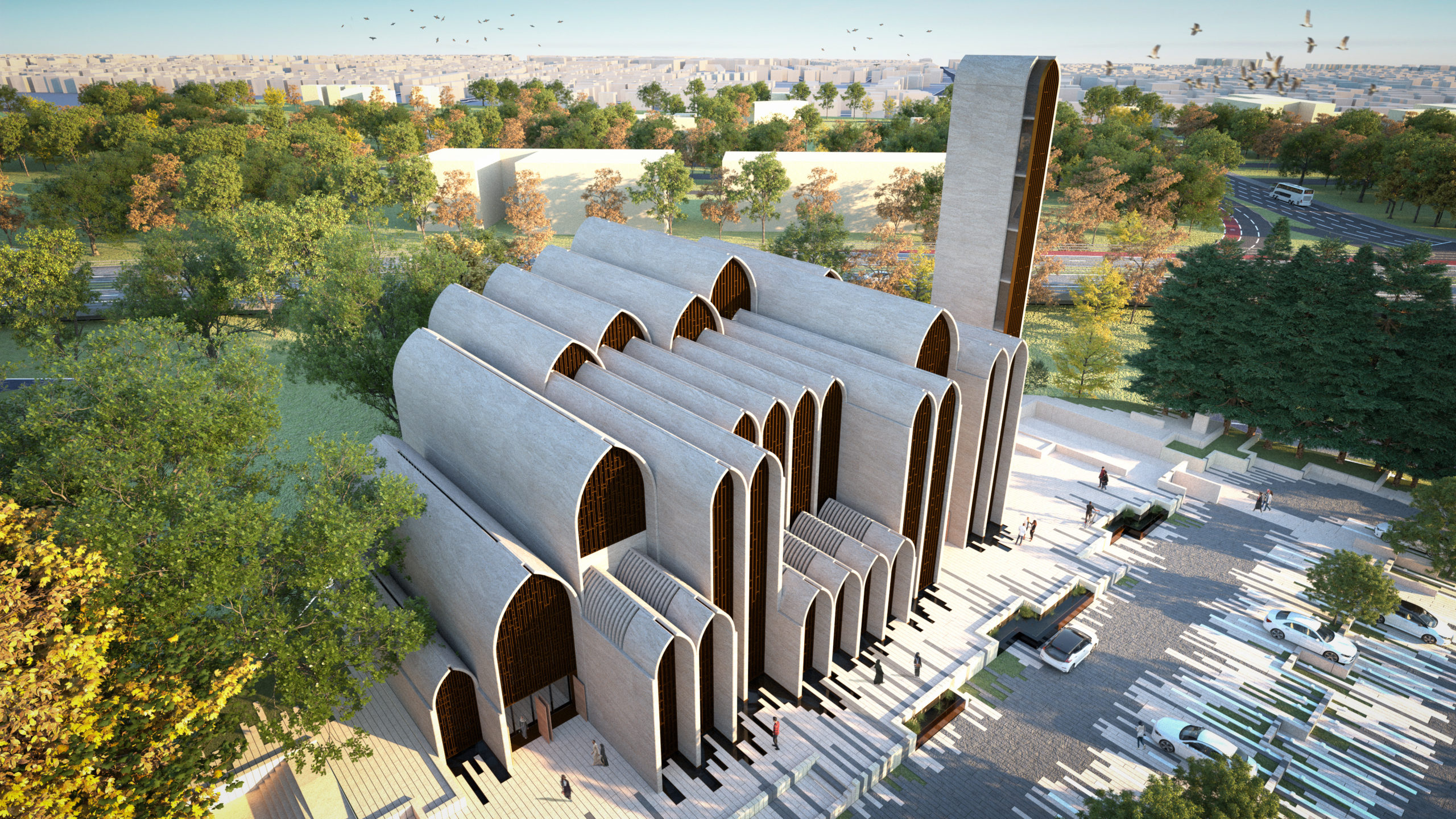


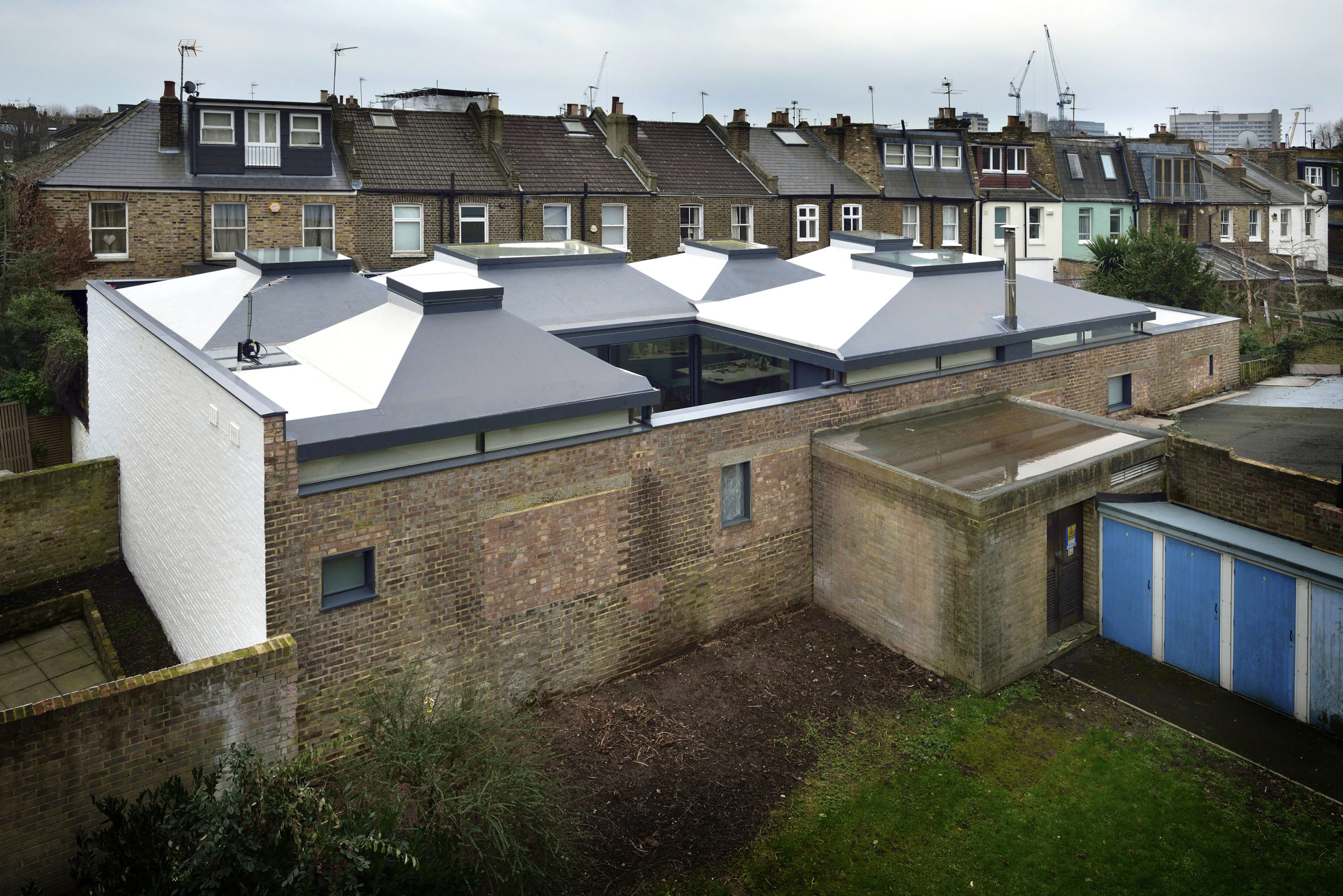
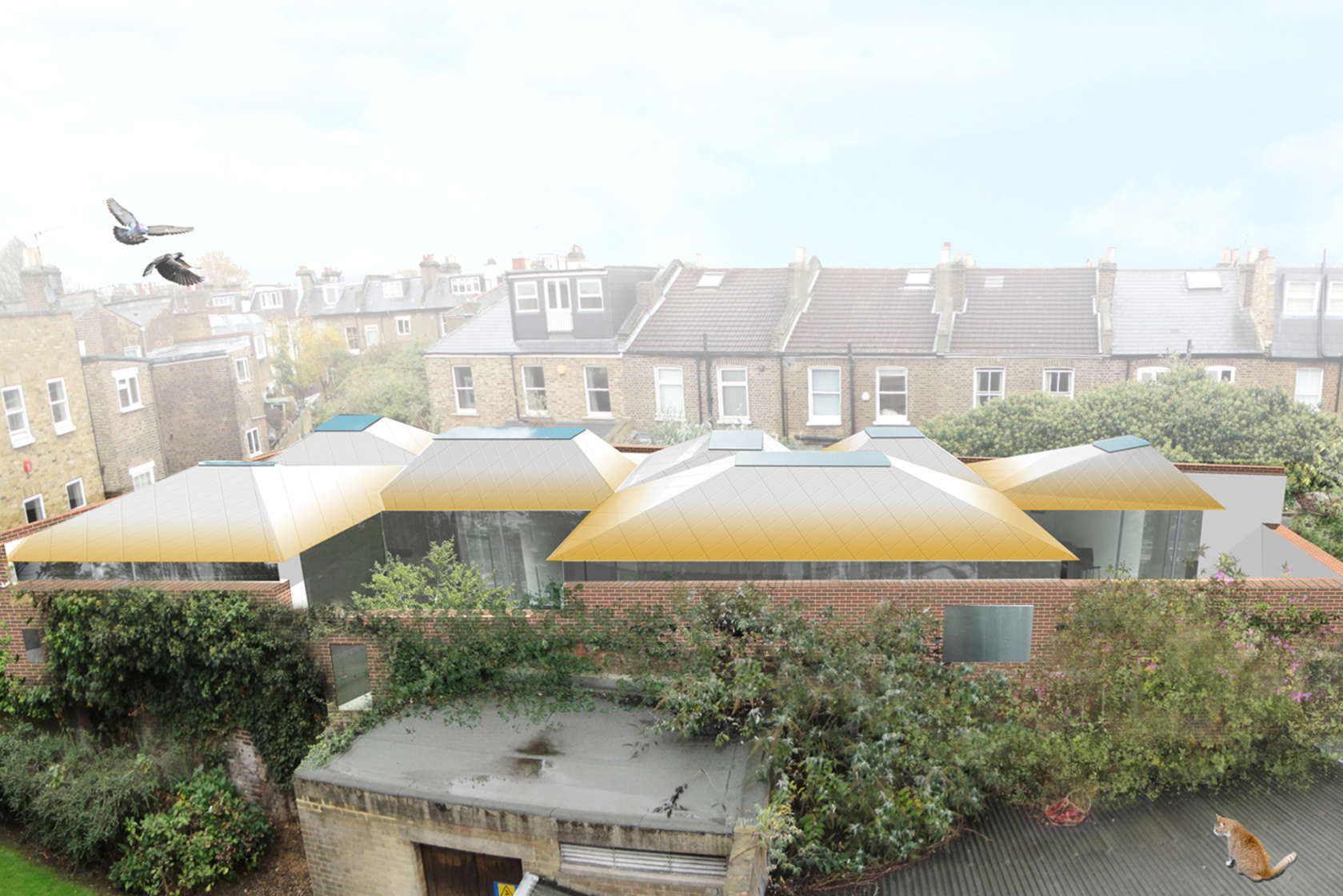
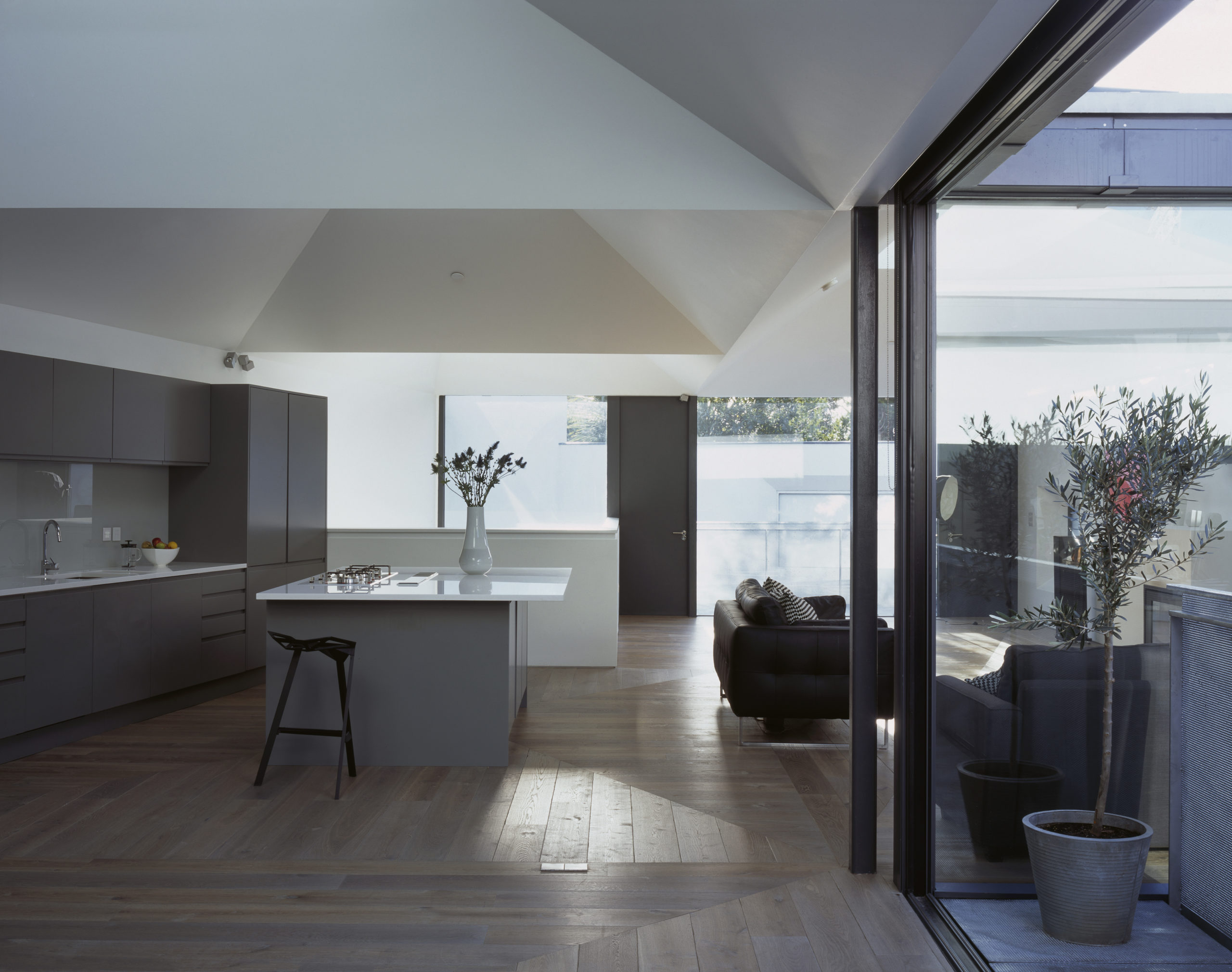
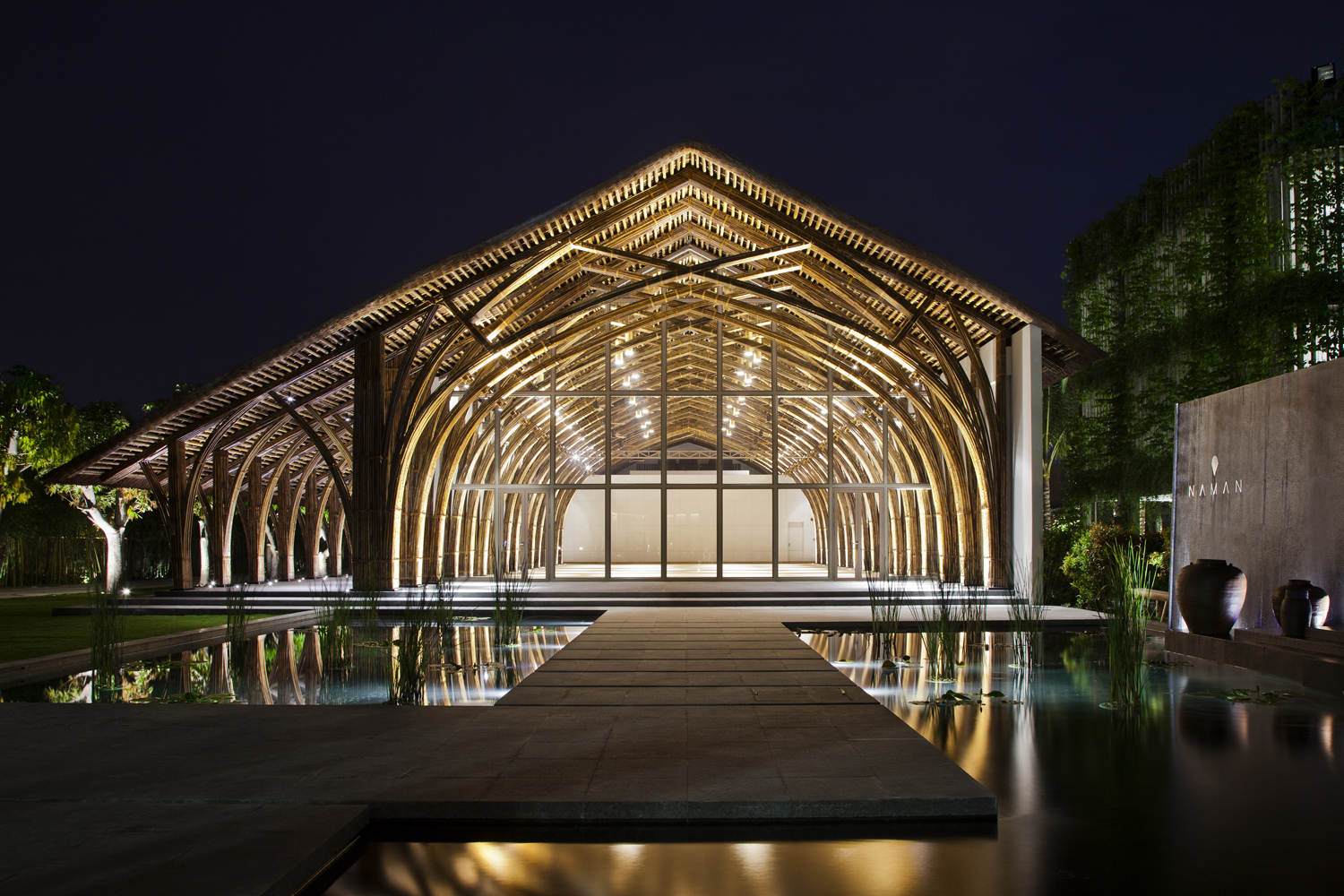

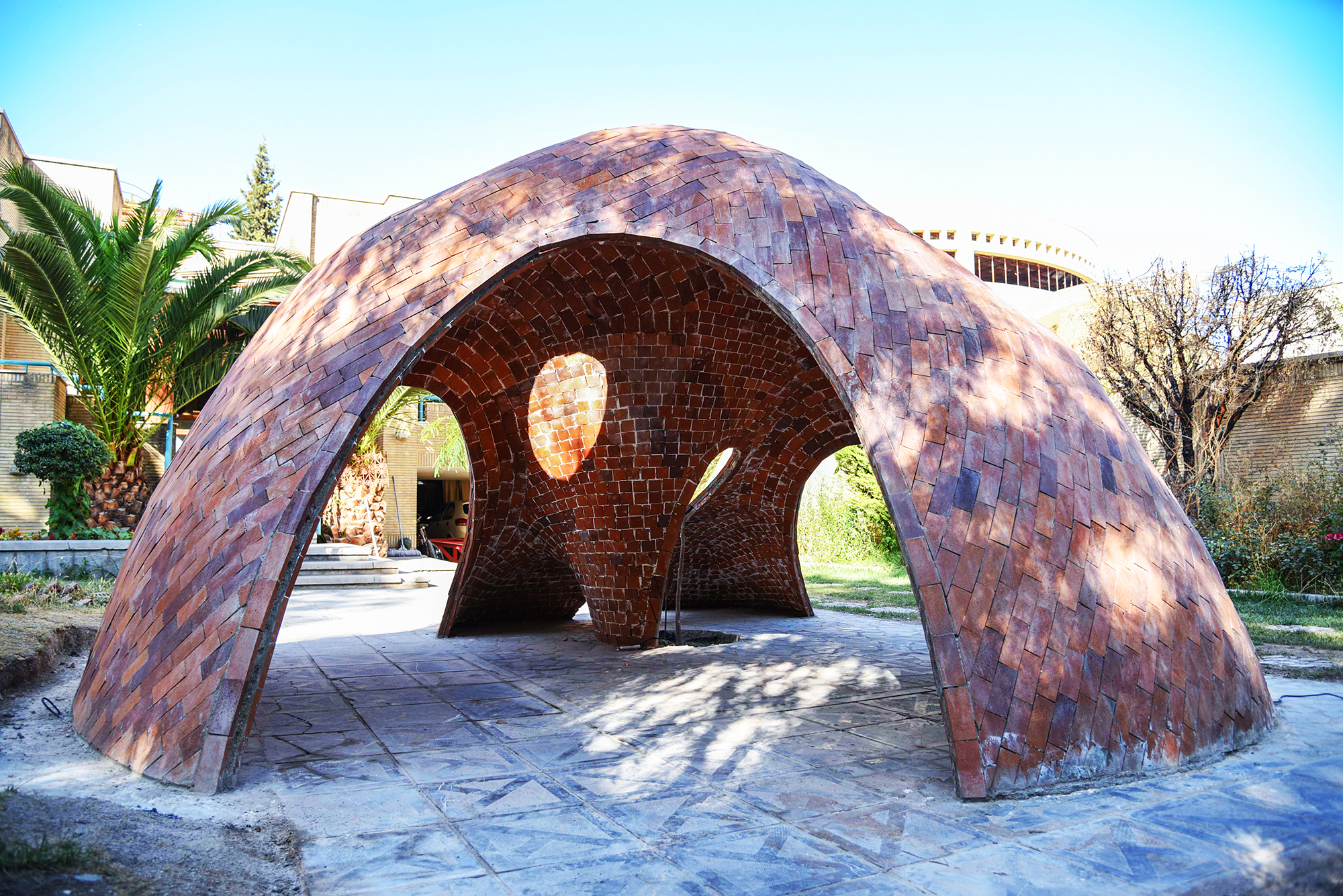
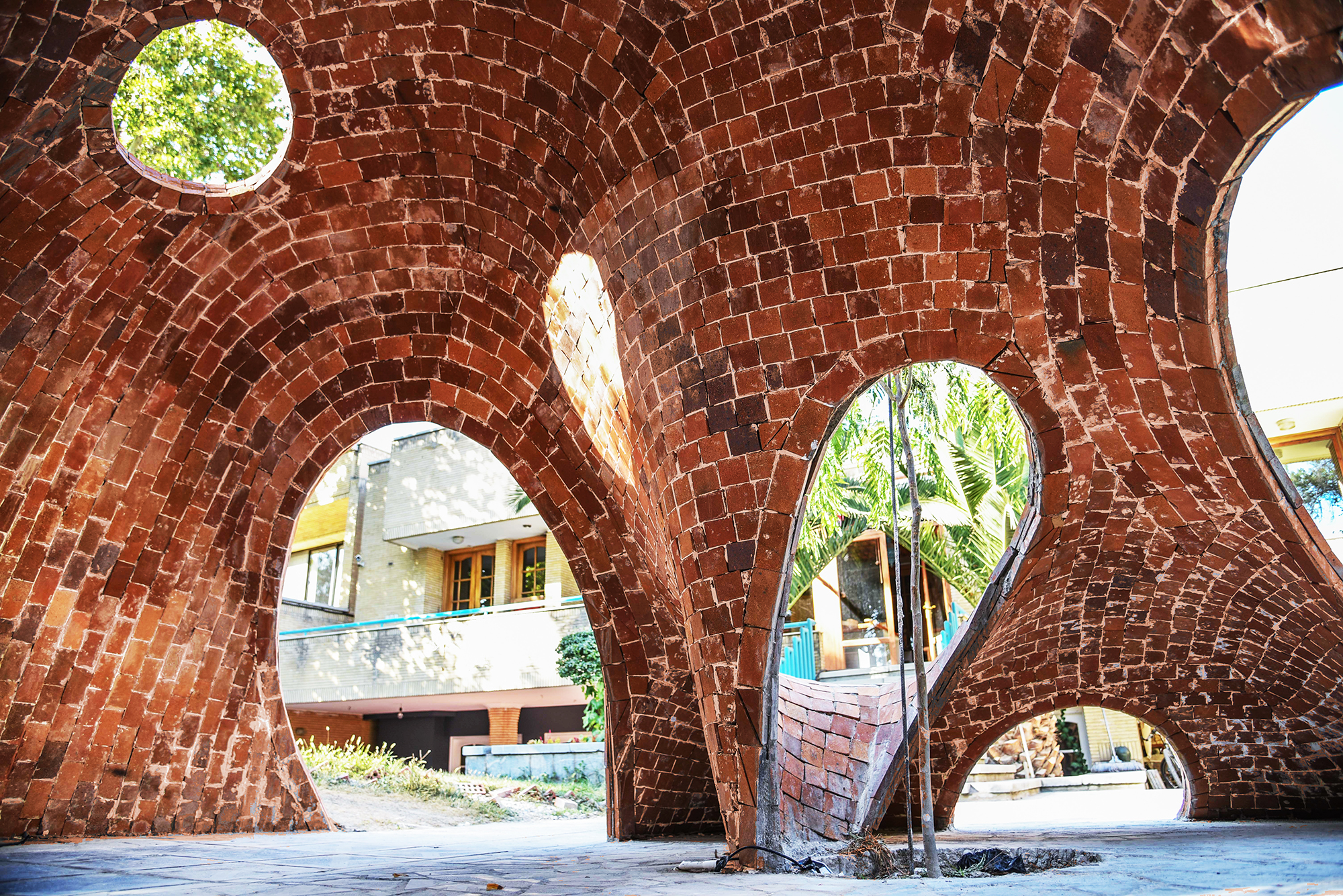
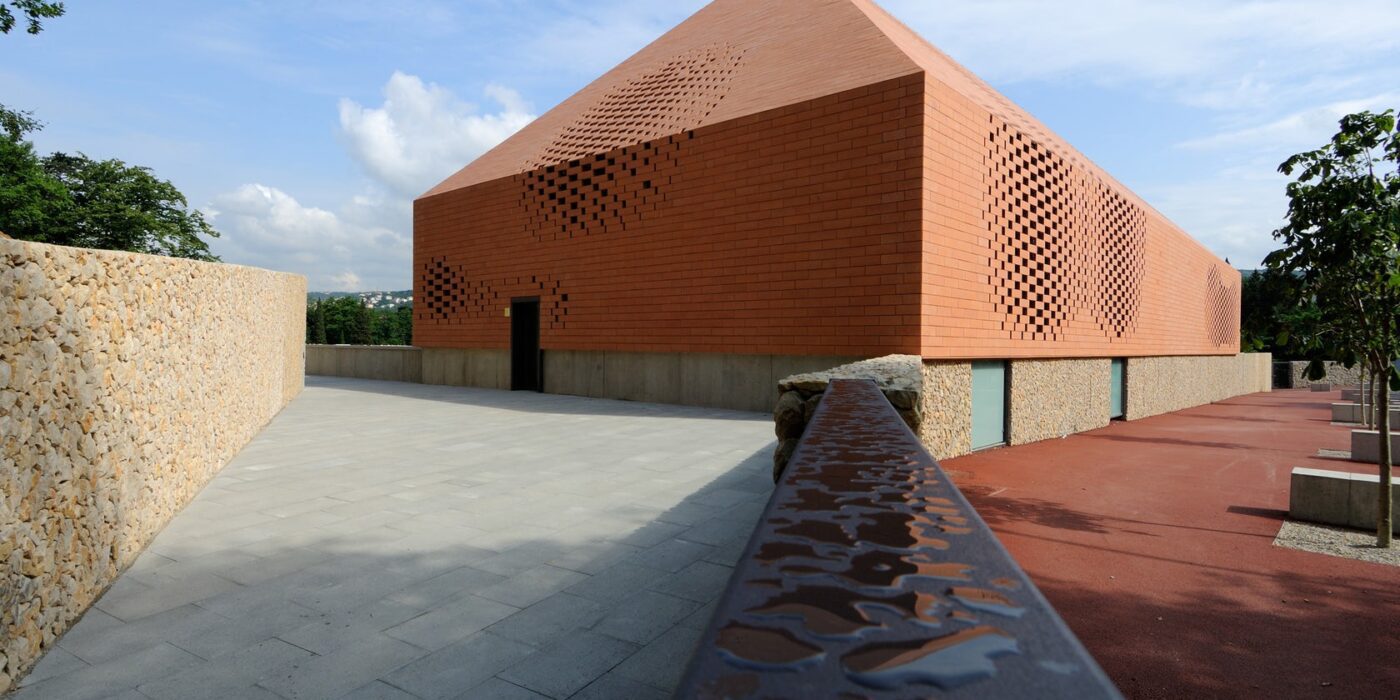

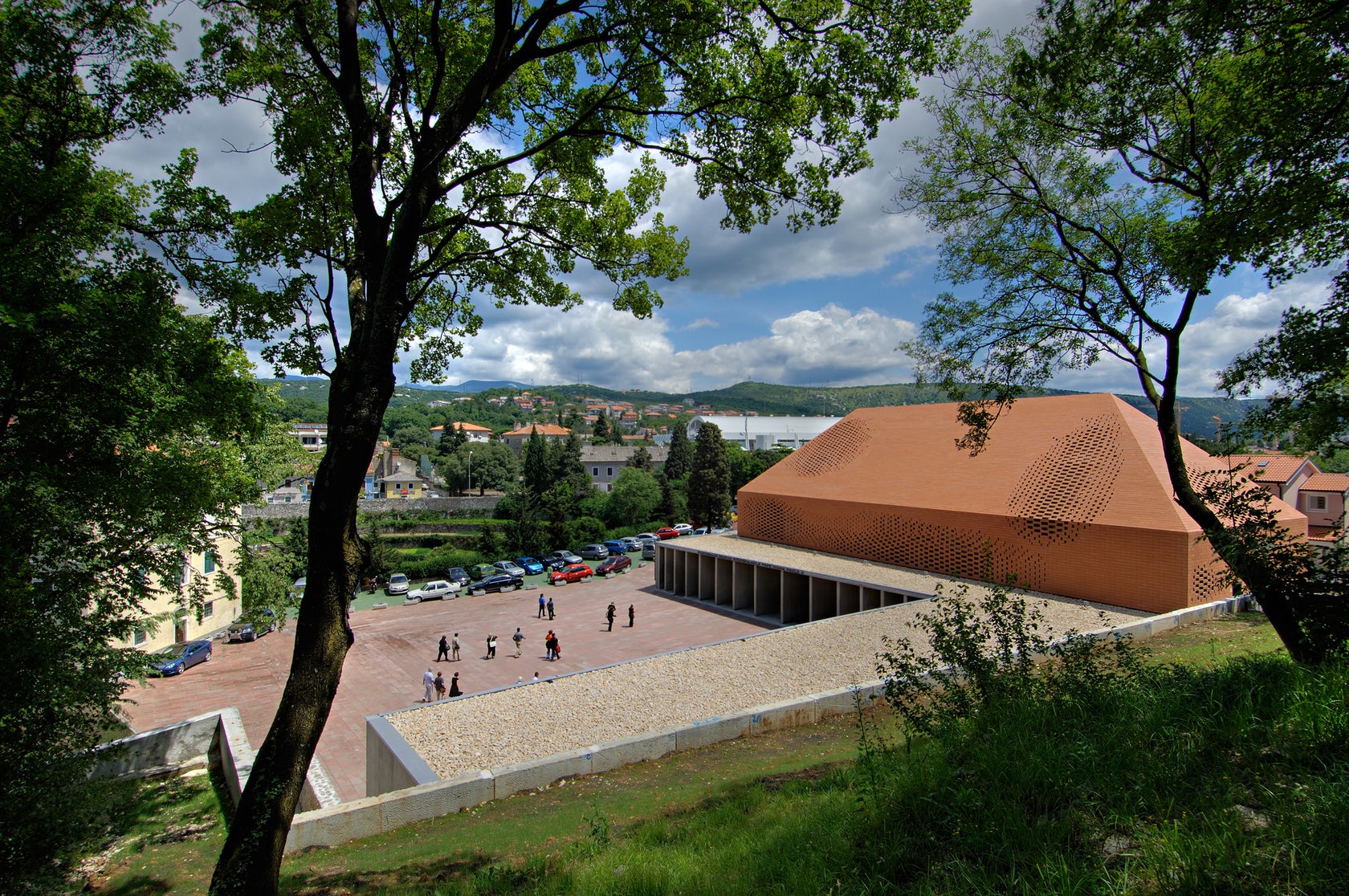 Sited in one of the most important pilgrimage sites in Croatia, this Great Hall was designed alongside the Pope’s visit to Rijeka. Housing cultural activities of the monastery, the project also creates a new major entrance for the pilgrims and a large public walk. A pixel-ized terracotta volume was designed to filter light inside the structure while a columned portico forms a new public square outside.
Sited in one of the most important pilgrimage sites in Croatia, this Great Hall was designed alongside the Pope’s visit to Rijeka. Housing cultural activities of the monastery, the project also creates a new major entrance for the pilgrims and a large public walk. A pixel-ized terracotta volume was designed to filter light inside the structure while a columned portico forms a new public square outside.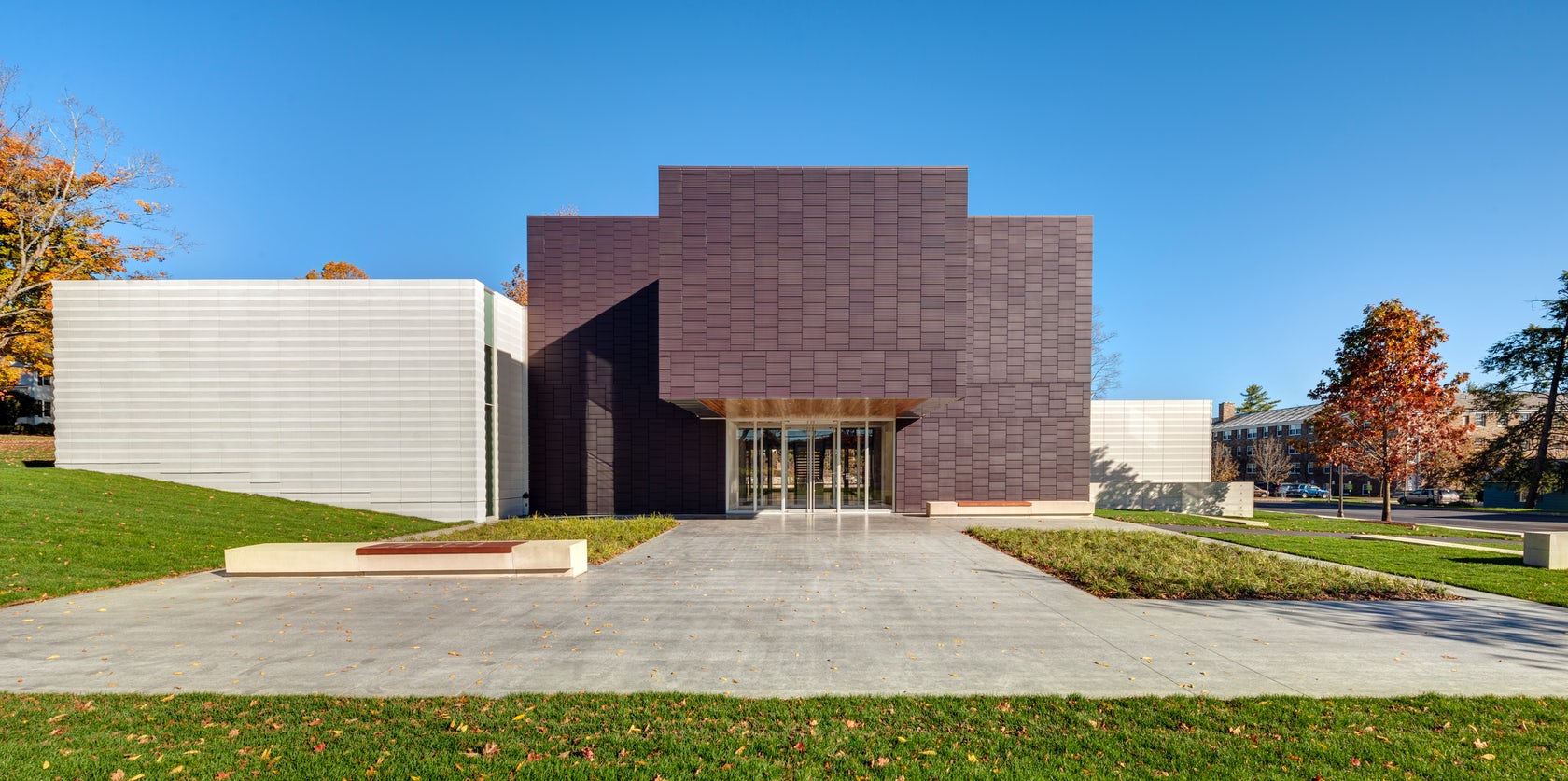
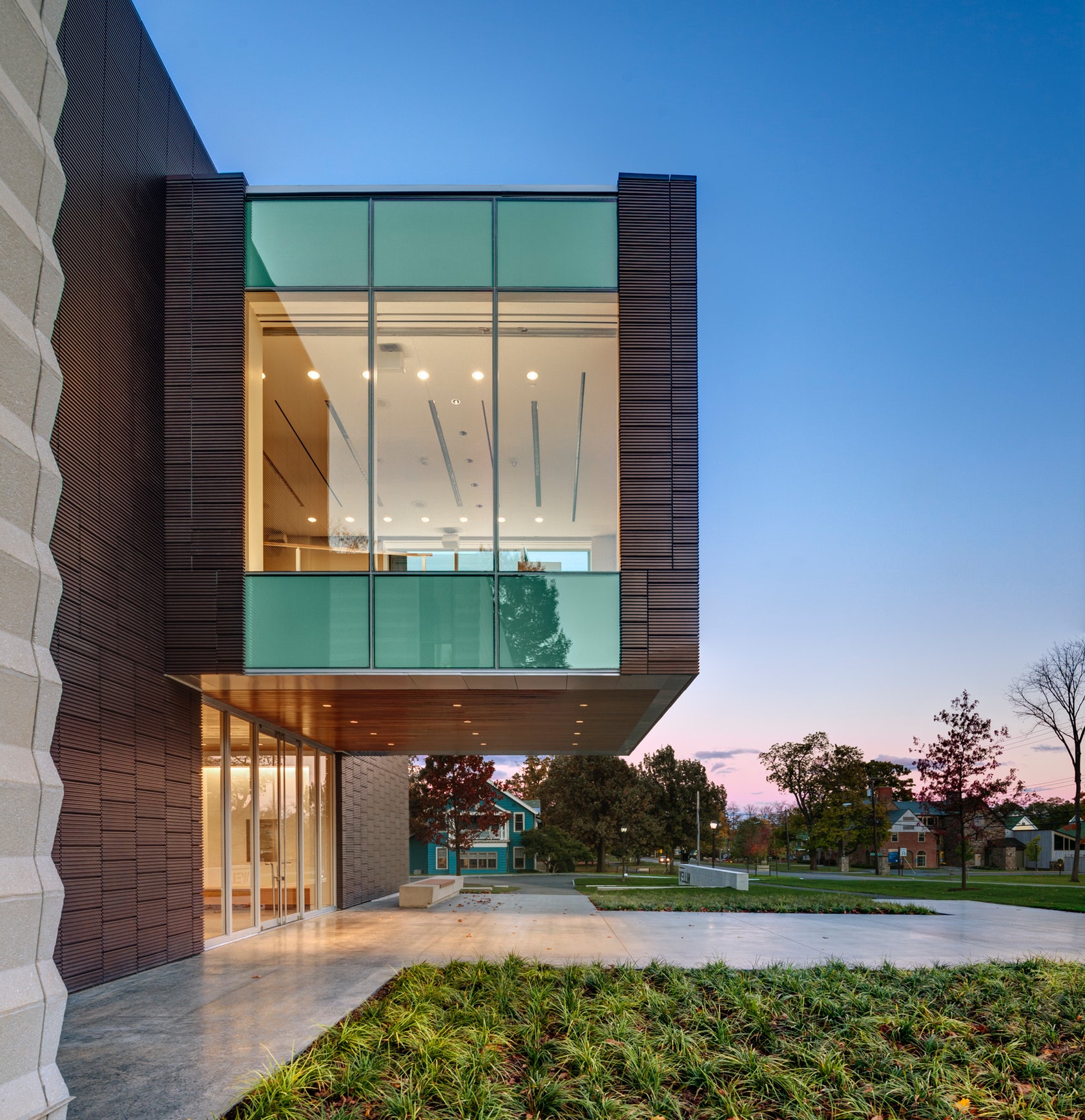 Located on the Hamilton College campus, the Wellin Museum of art was designed as part of a new arts quad. The building includes admin offices, seminar rooms, galleries, and a monumental two-story glass archive hall. Dark terracotta cladding was used along the central volume to reinforce its role programmatically and organizationally.
Located on the Hamilton College campus, the Wellin Museum of art was designed as part of a new arts quad. The building includes admin offices, seminar rooms, galleries, and a monumental two-story glass archive hall. Dark terracotta cladding was used along the central volume to reinforce its role programmatically and organizationally.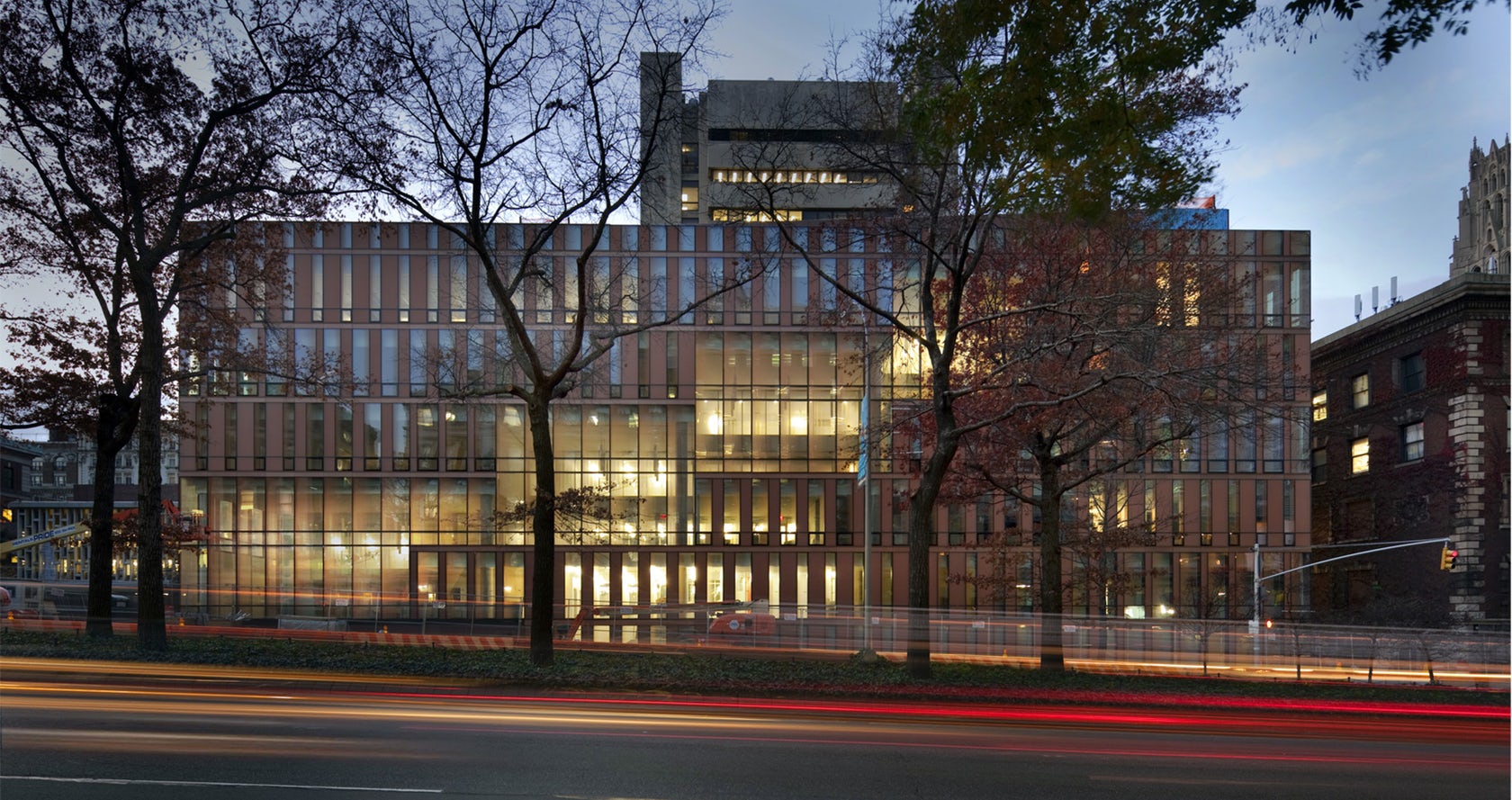
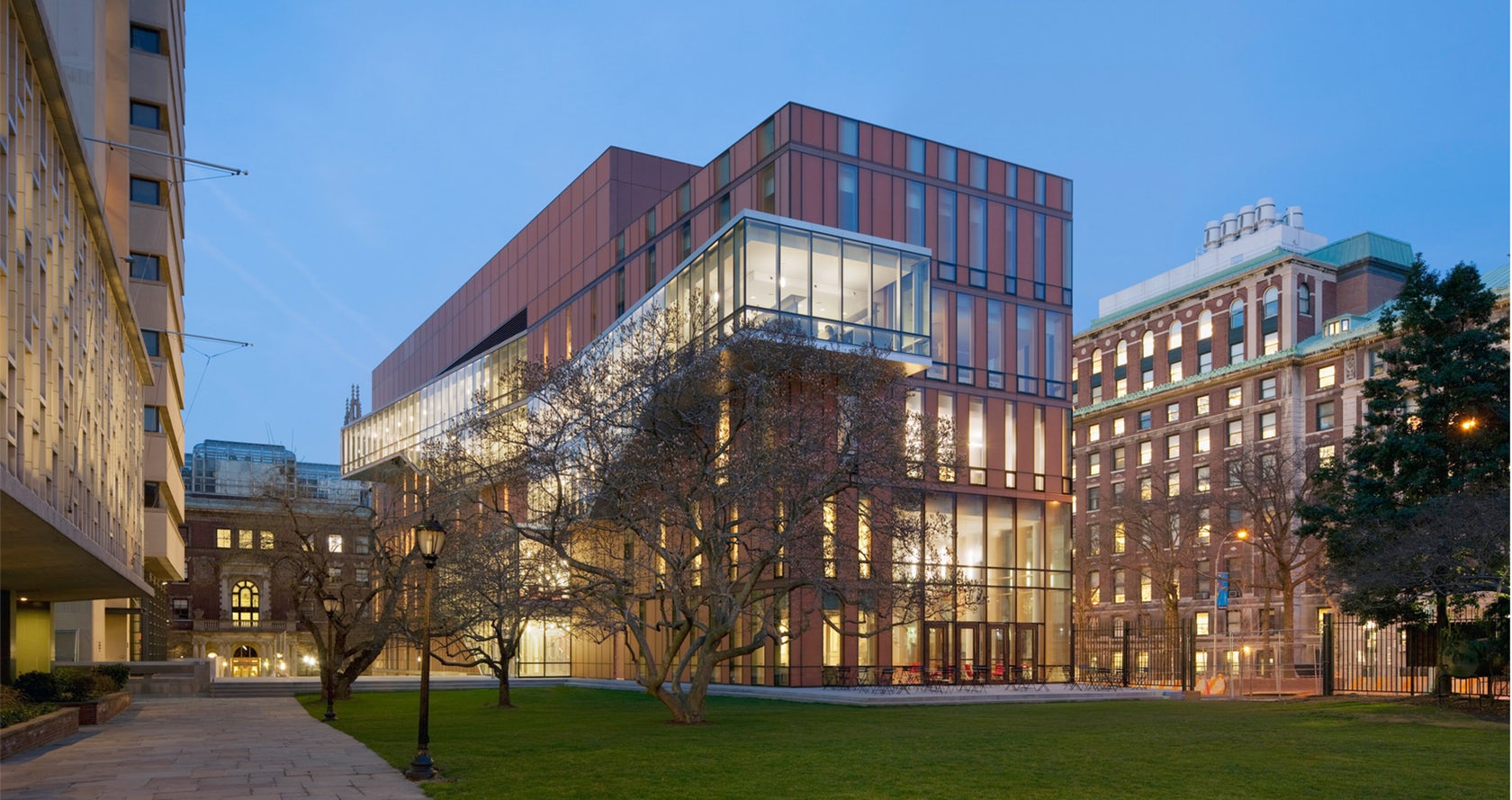 Located at Barnard College, the Diana Center includes a gallery space, a library, classrooms, dining, and a black box theater. A slipped atria links spaces vertically and becomes connected through ascending stairs. Luminous terracotta glass panels were used throughout the building envelope. Surrounded by a campus defined by brick and terracotta, the Diana translates the static opacity of masonry into a luminous curtain wall.
Located at Barnard College, the Diana Center includes a gallery space, a library, classrooms, dining, and a black box theater. A slipped atria links spaces vertically and becomes connected through ascending stairs. Luminous terracotta glass panels were used throughout the building envelope. Surrounded by a campus defined by brick and terracotta, the Diana translates the static opacity of masonry into a luminous curtain wall.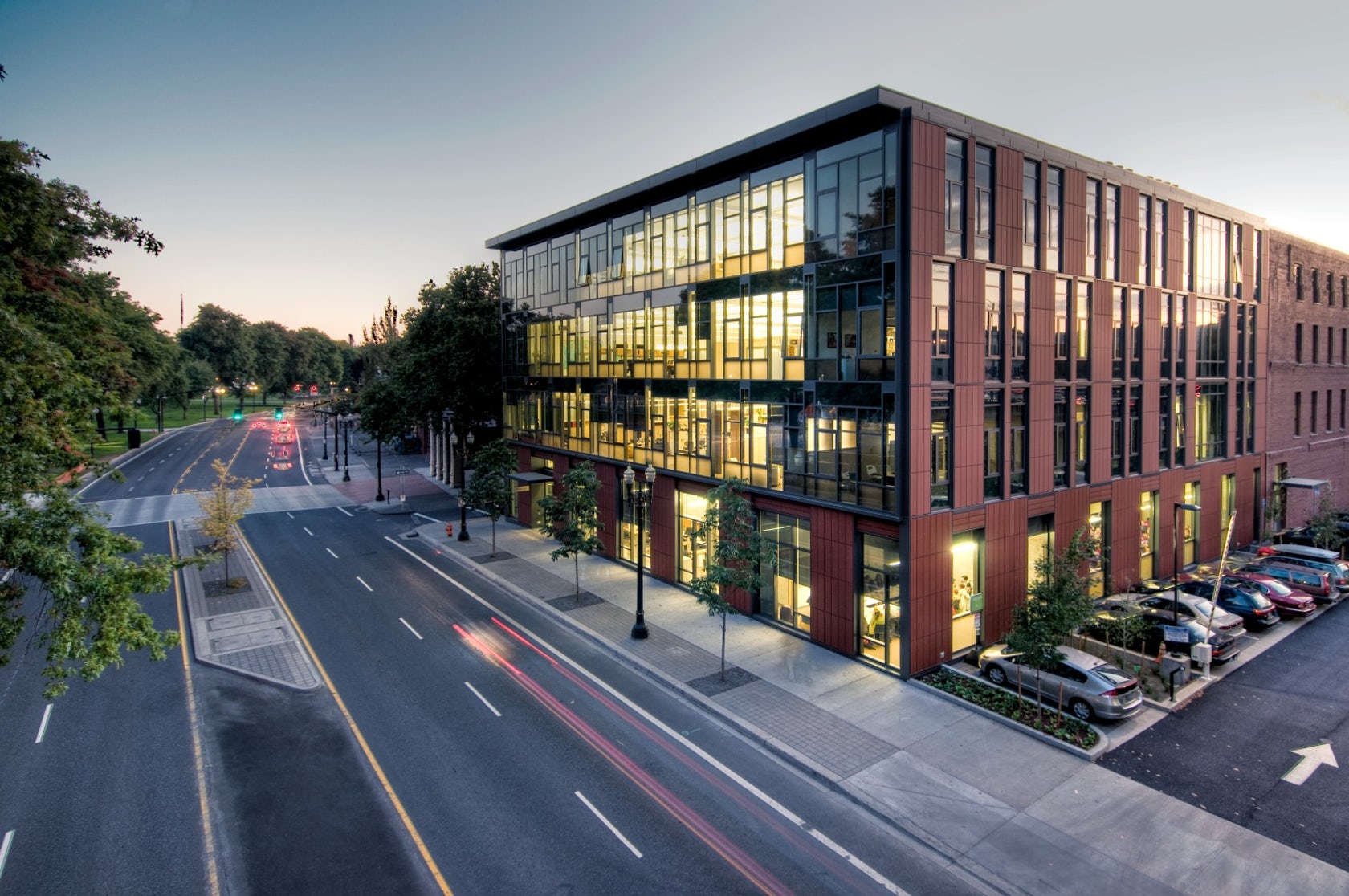
 The Mercy Corps building was built to exemplify a sustainable, community-focused approach while encouraging visitors to engage with contemporary issues. Doubling the size of the historic Portland Packer-Scott Building, the landmark project combined a green roof, with resource-friendly landscaping and a glass and terracotta envelope.
The Mercy Corps building was built to exemplify a sustainable, community-focused approach while encouraging visitors to engage with contemporary issues. Doubling the size of the historic Portland Packer-Scott Building, the landmark project combined a green roof, with resource-friendly landscaping and a glass and terracotta envelope.
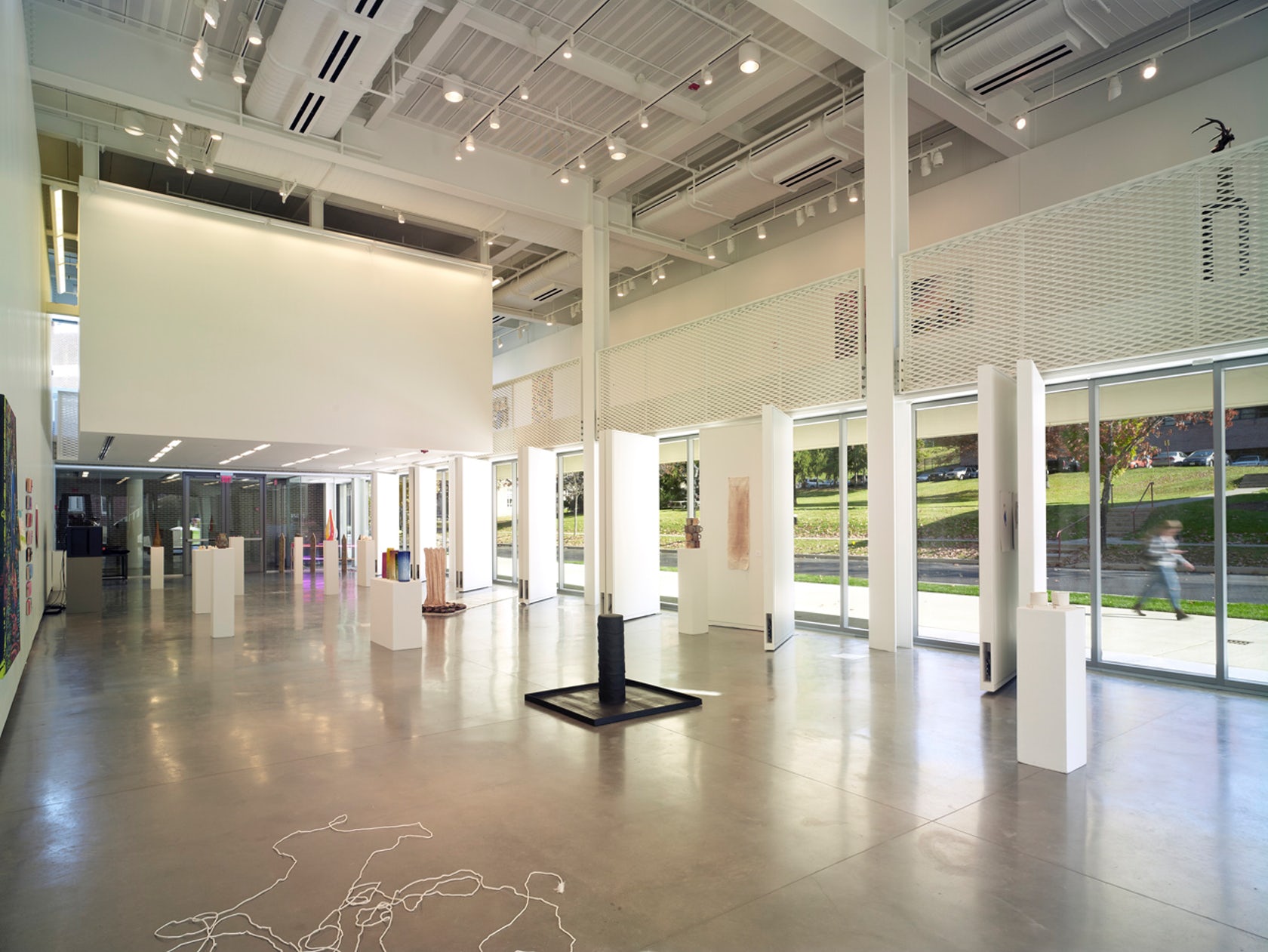 The terracotta tube façade for this ceramics pavilion screens both rain and solar heat, while its staggered pattern was inspired by pottery racks. The Art Pavilion was created as a “ceramic vessel” holding both light and art. The design was inspired by the region’s history of manufacturing ceramics, and incorporates the unglazed, hollow tubes with an off-white pigment.
The terracotta tube façade for this ceramics pavilion screens both rain and solar heat, while its staggered pattern was inspired by pottery racks. The Art Pavilion was created as a “ceramic vessel” holding both light and art. The design was inspired by the region’s history of manufacturing ceramics, and incorporates the unglazed, hollow tubes with an off-white pigment.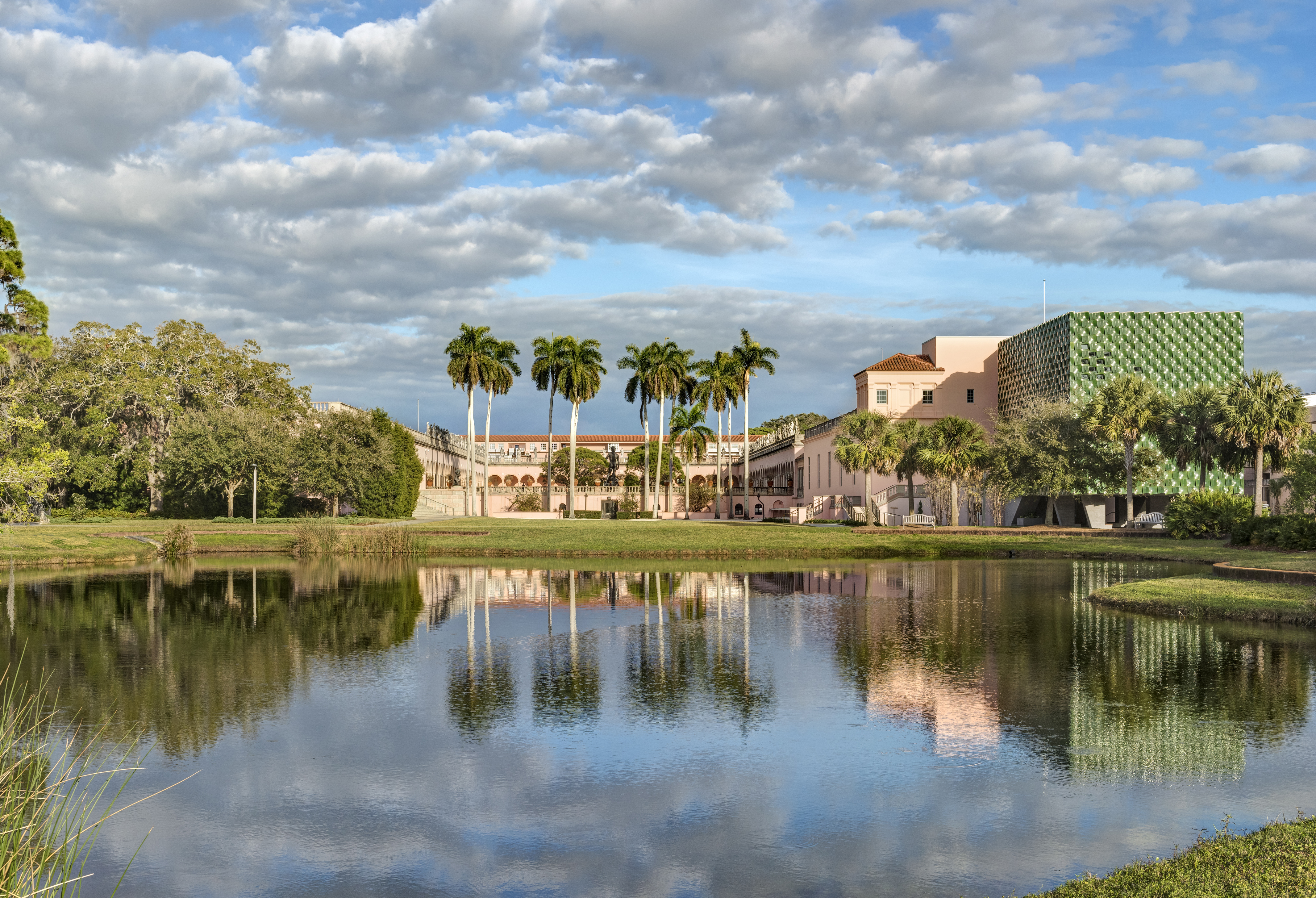
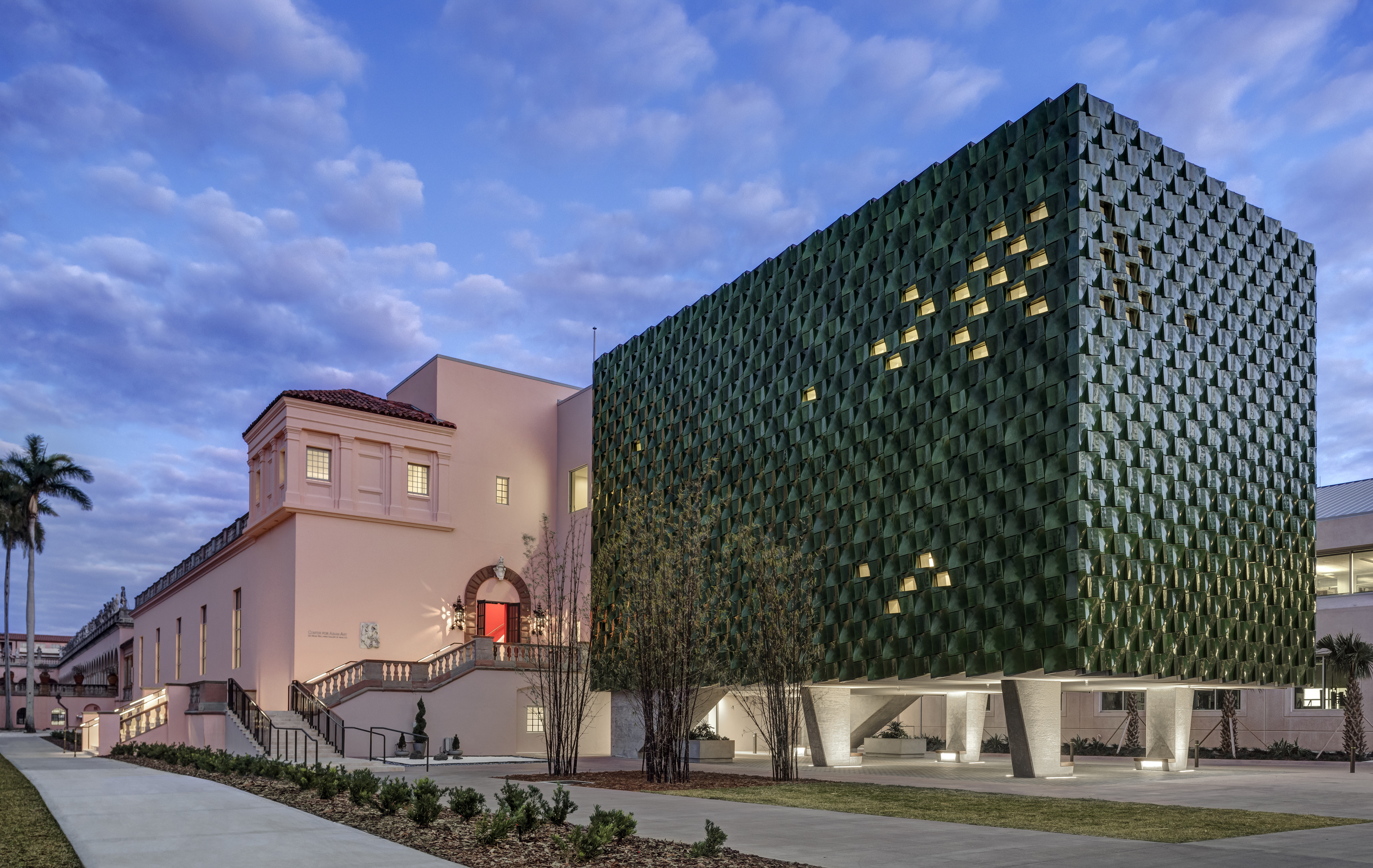

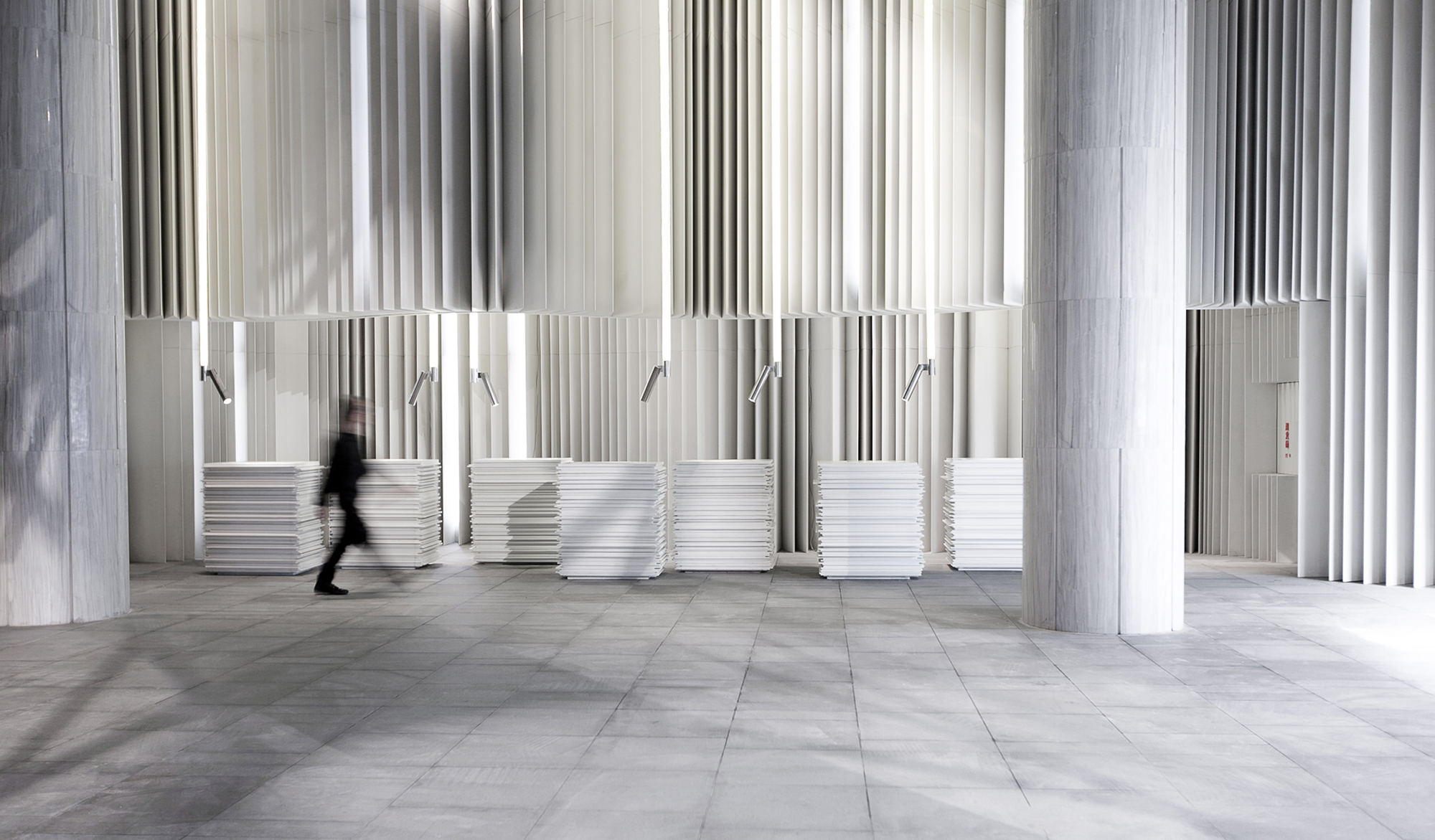
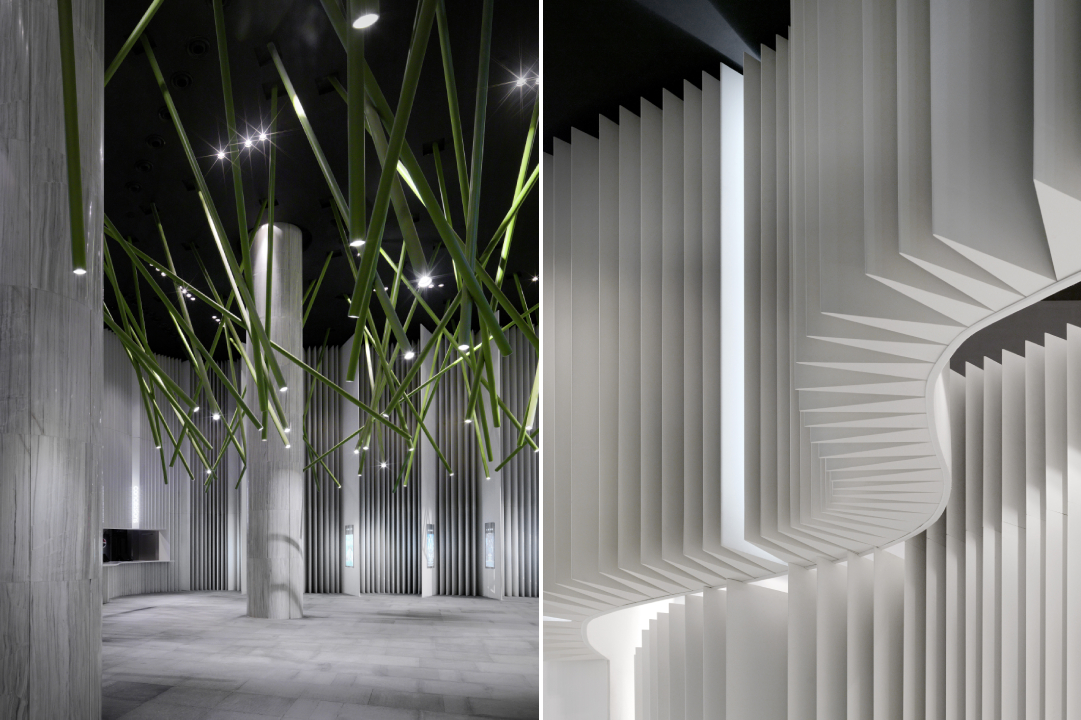

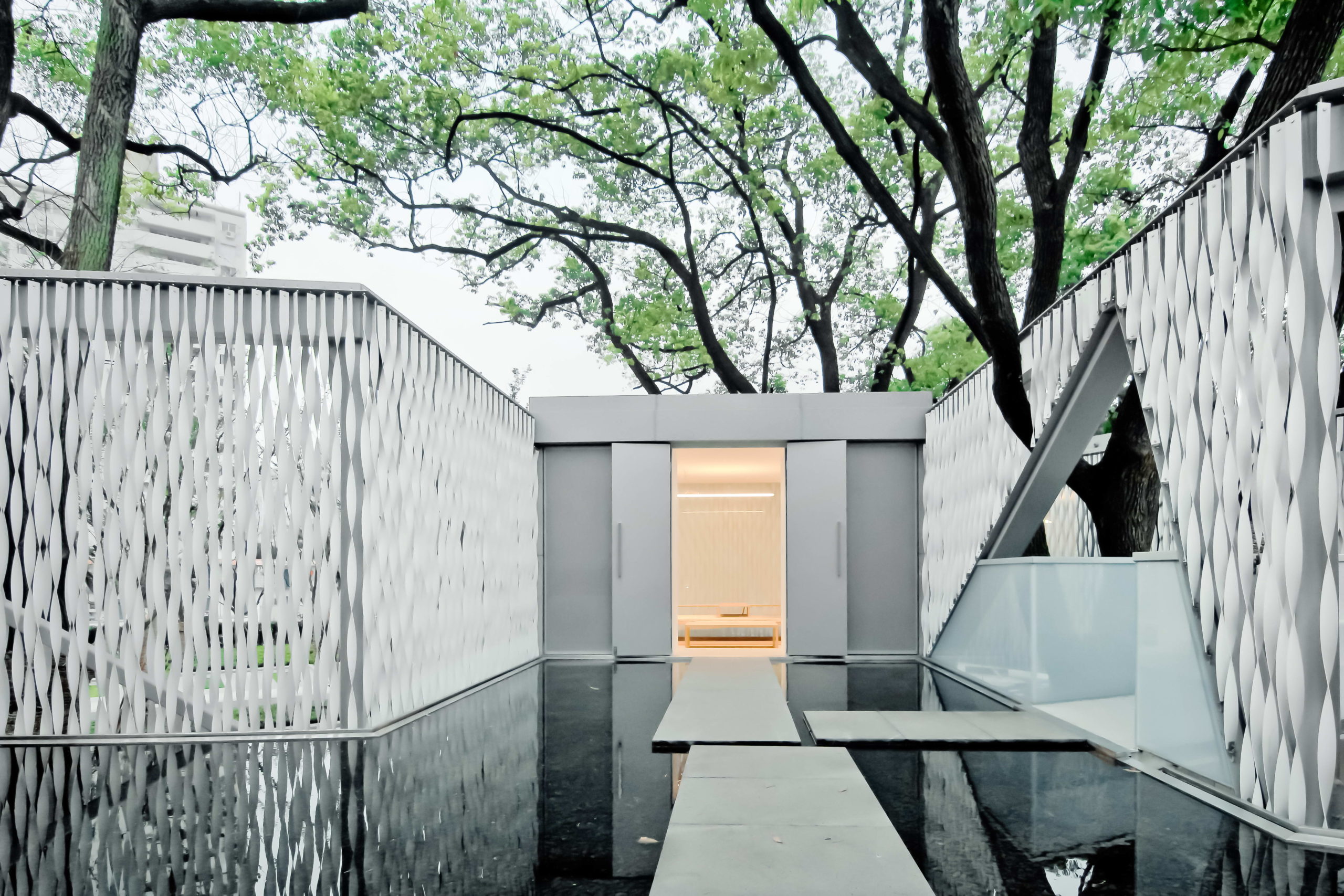 Huaxin Business Center by Scenic Architecture, Shanghai, China
Huaxin Business Center by Scenic Architecture, Shanghai, China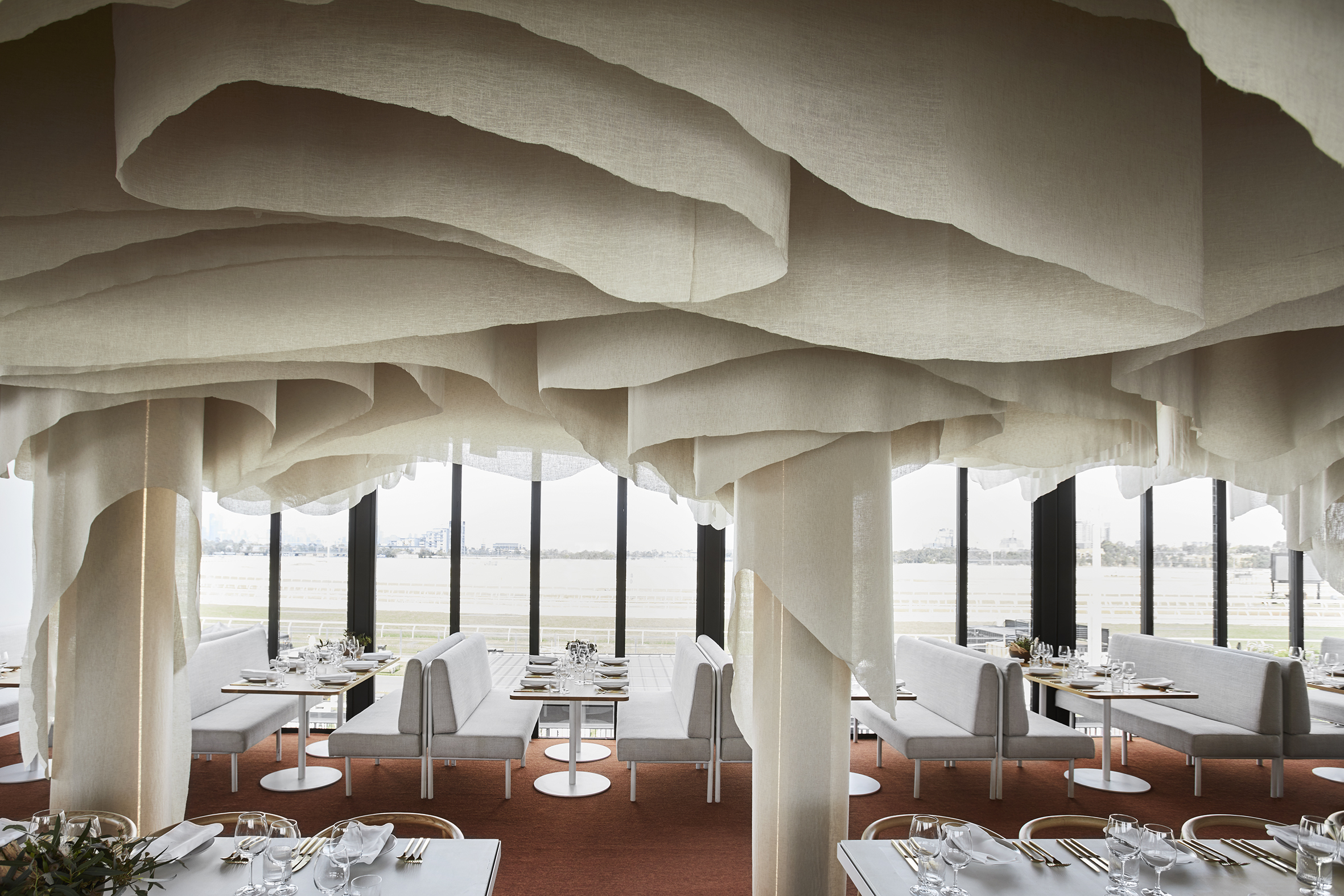
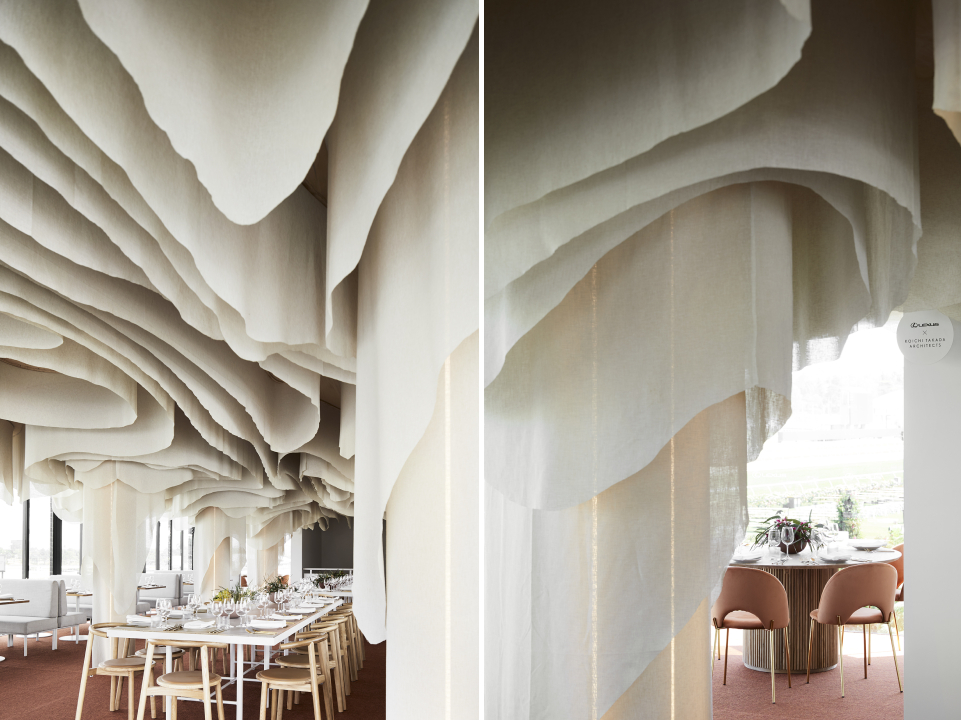
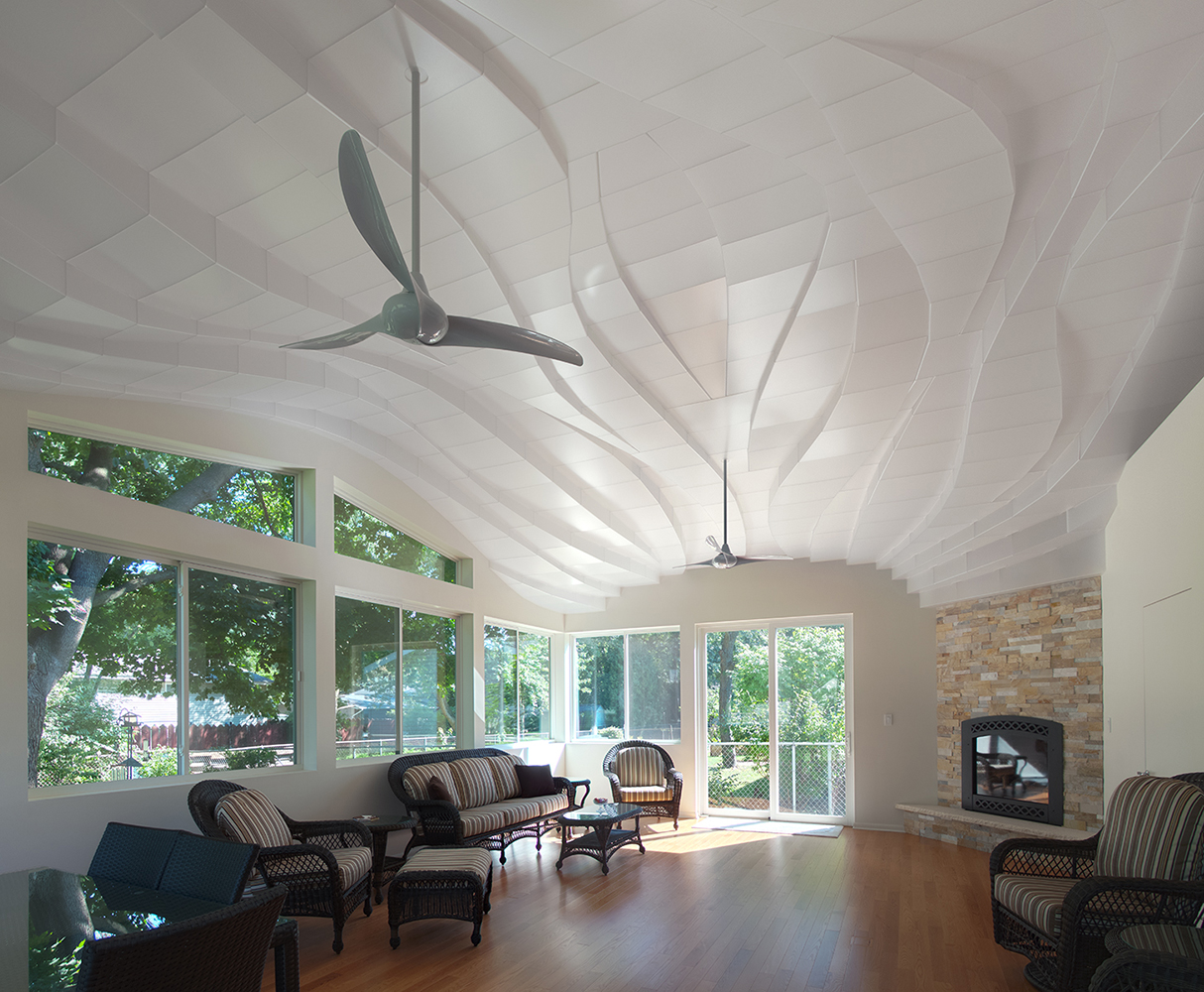
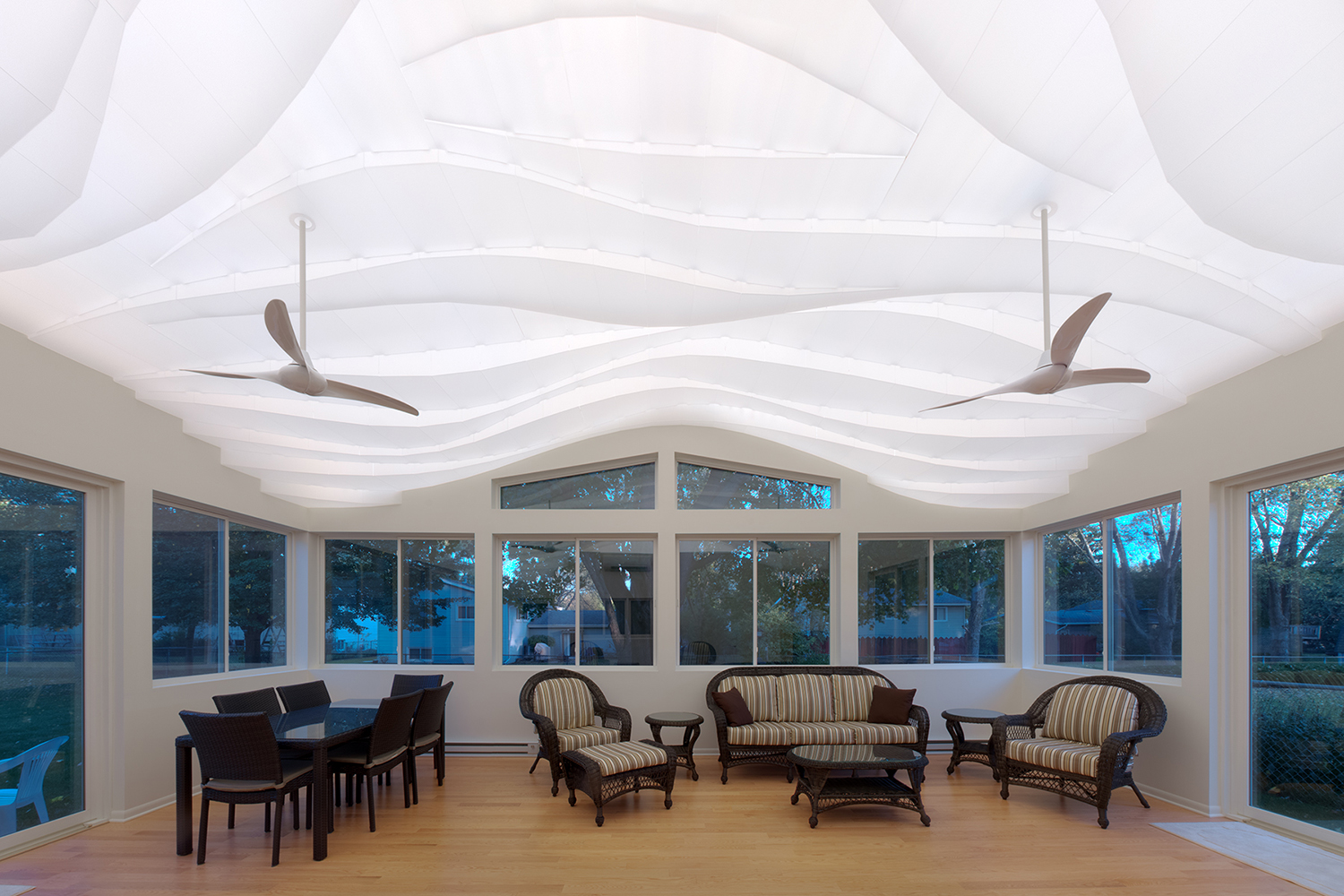 “Light Arrival” Yorkshire Ceiling by Flynn Architecture & Design, Crystal Lake, Illinois
“Light Arrival” Yorkshire Ceiling by Flynn Architecture & Design, Crystal Lake, Illinois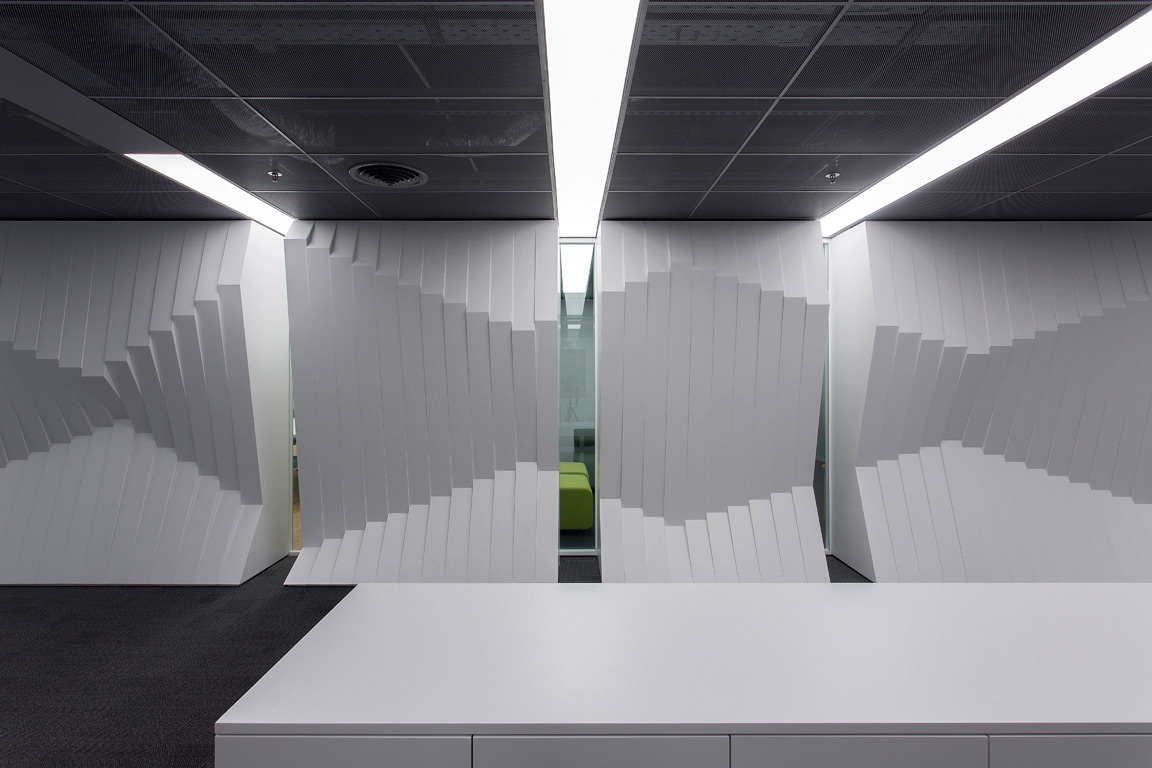
 Norwegian embassy in Athens by gfra, Athens, Greece
Norwegian embassy in Athens by gfra, Athens, Greece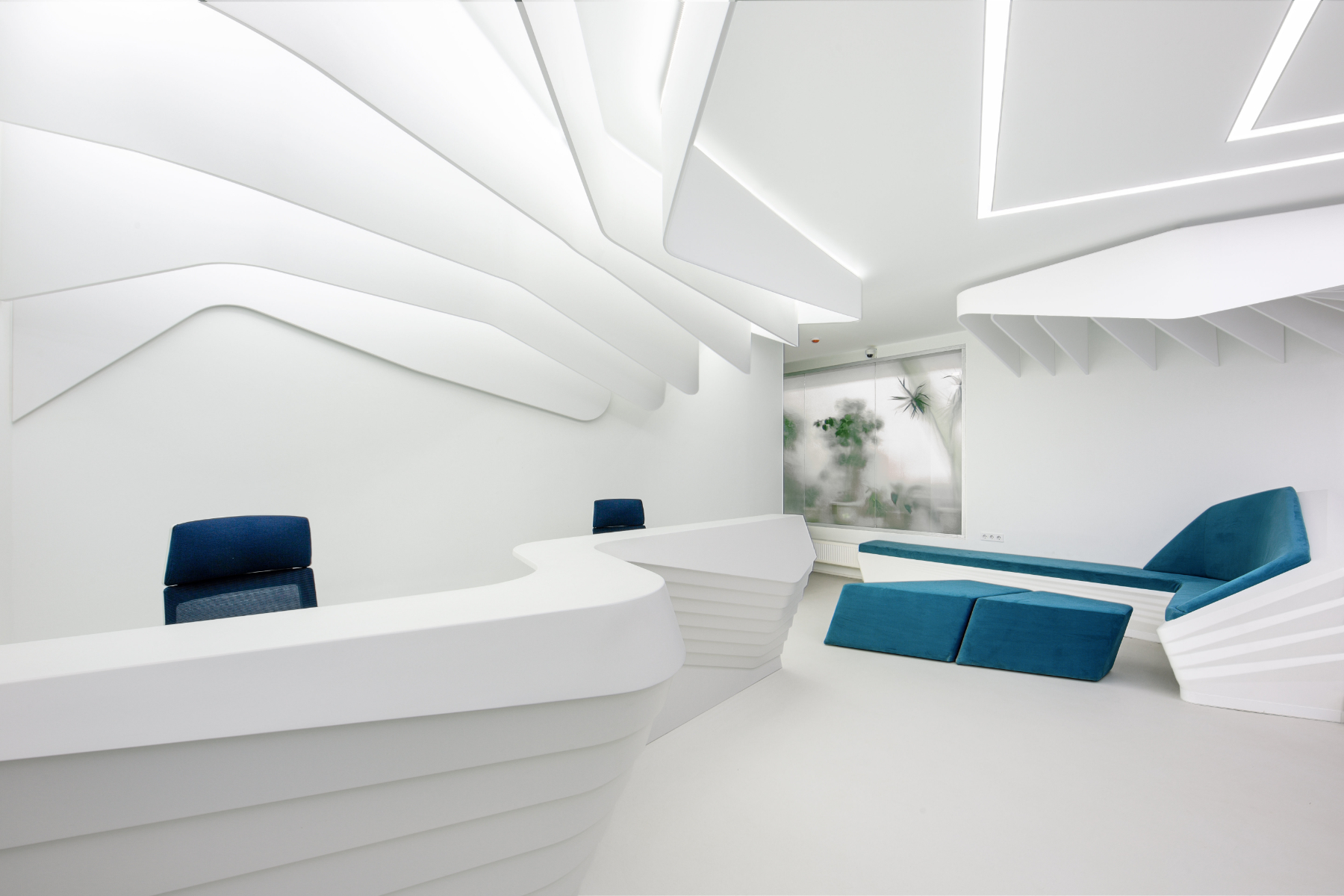
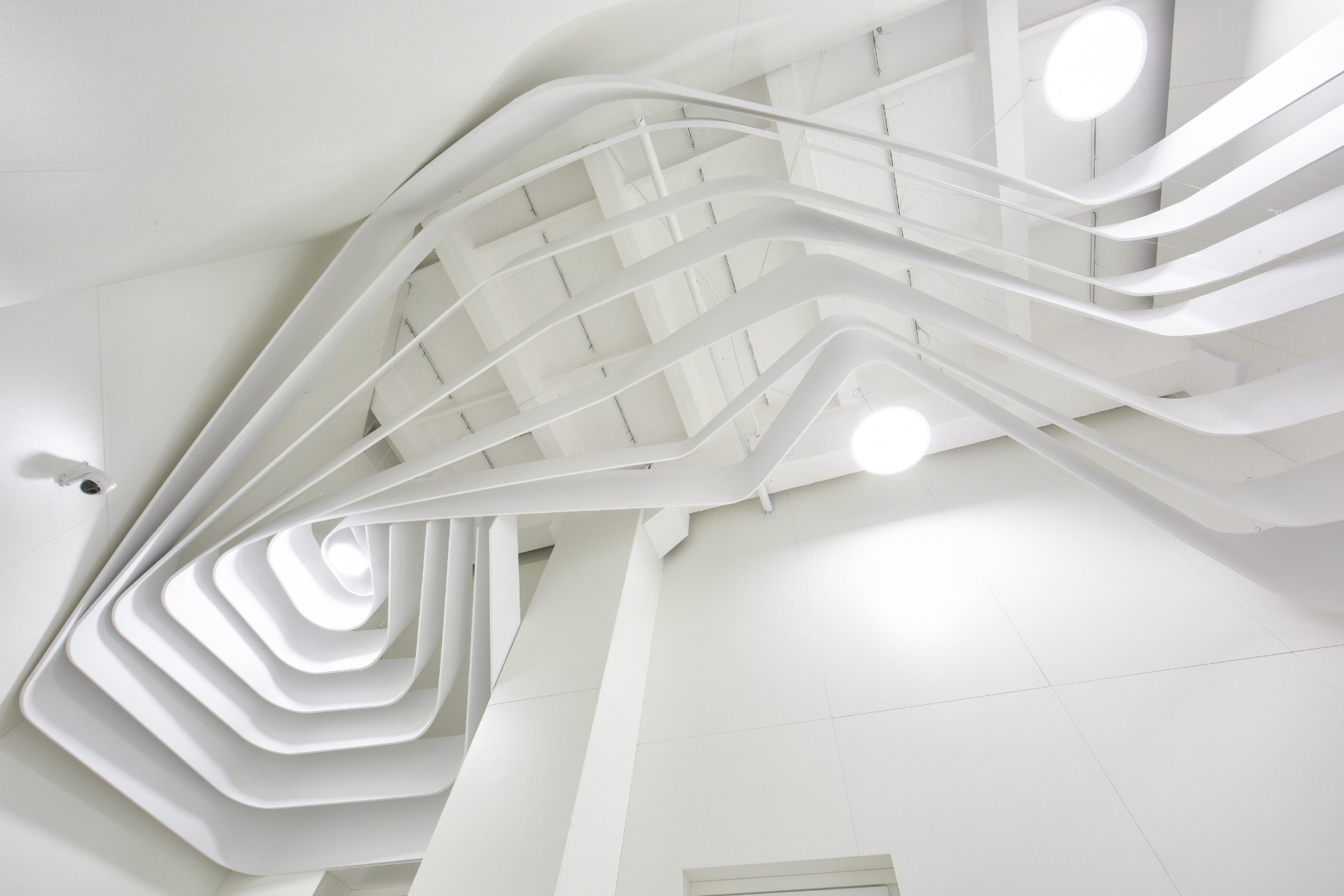
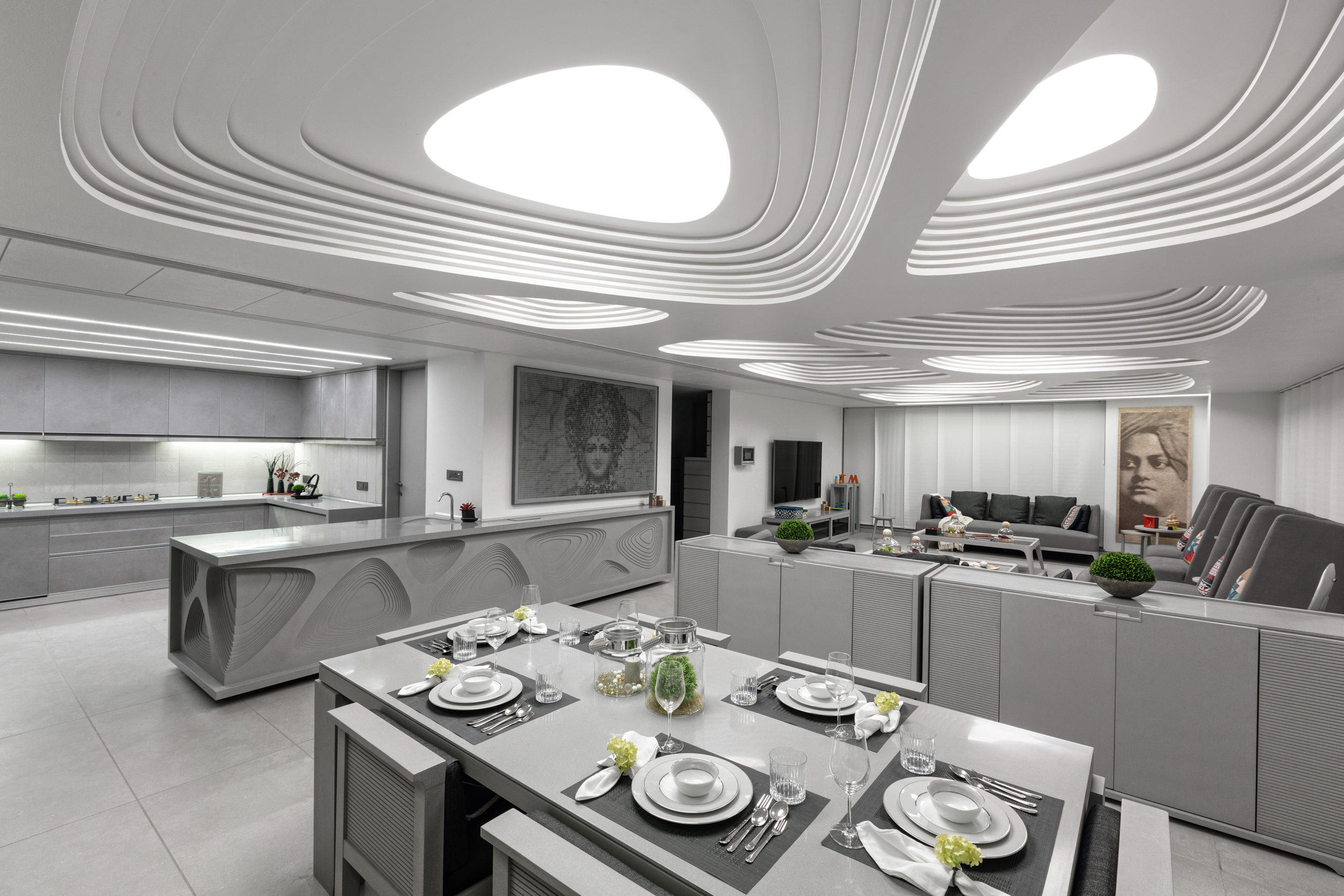

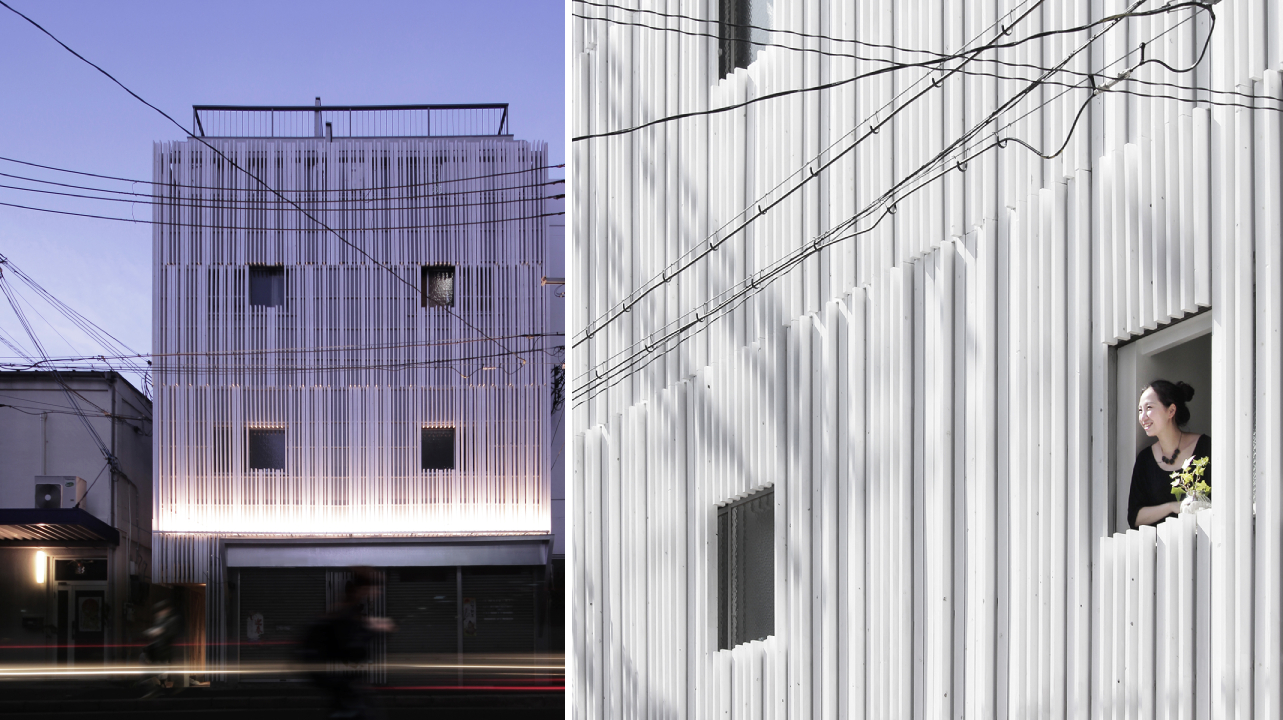

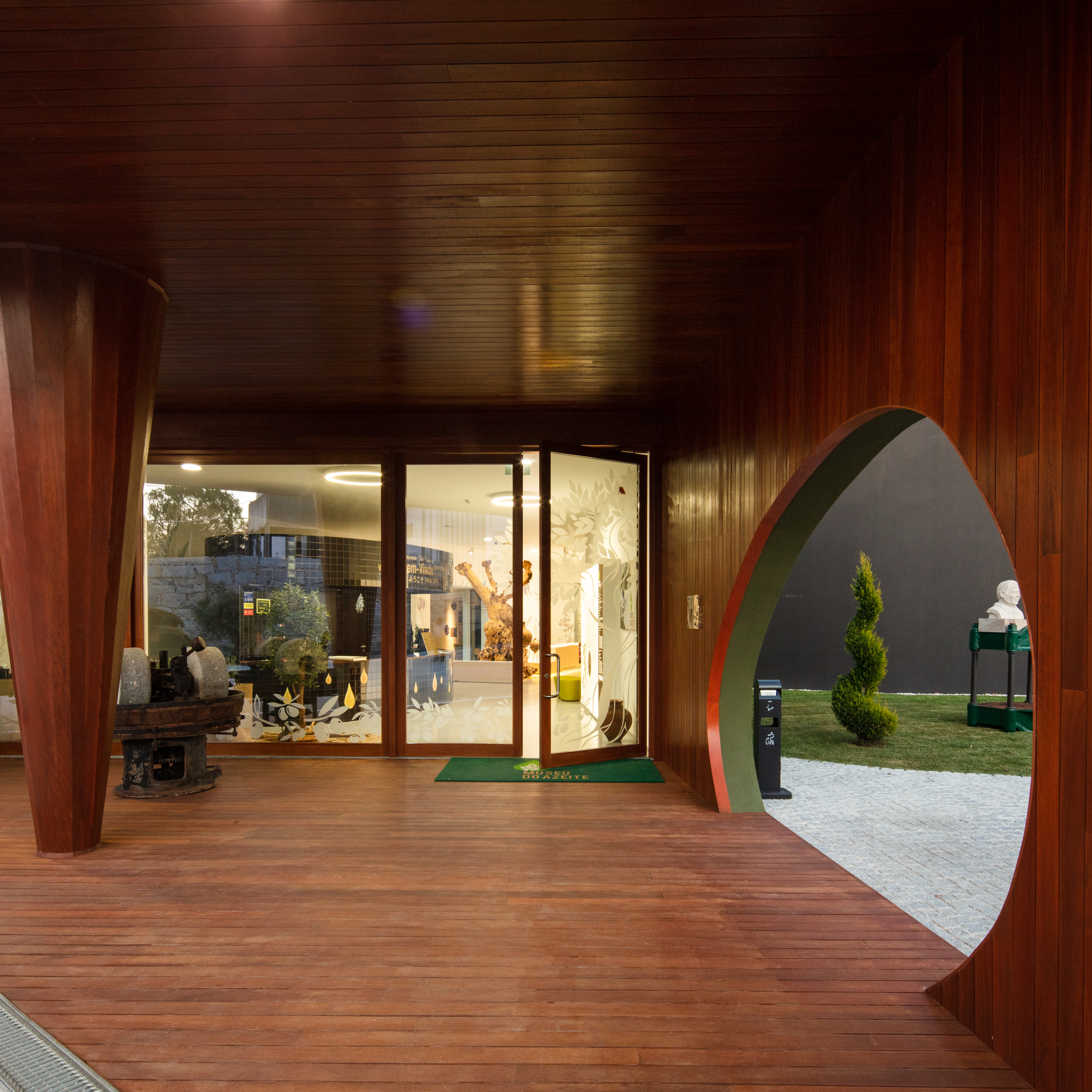


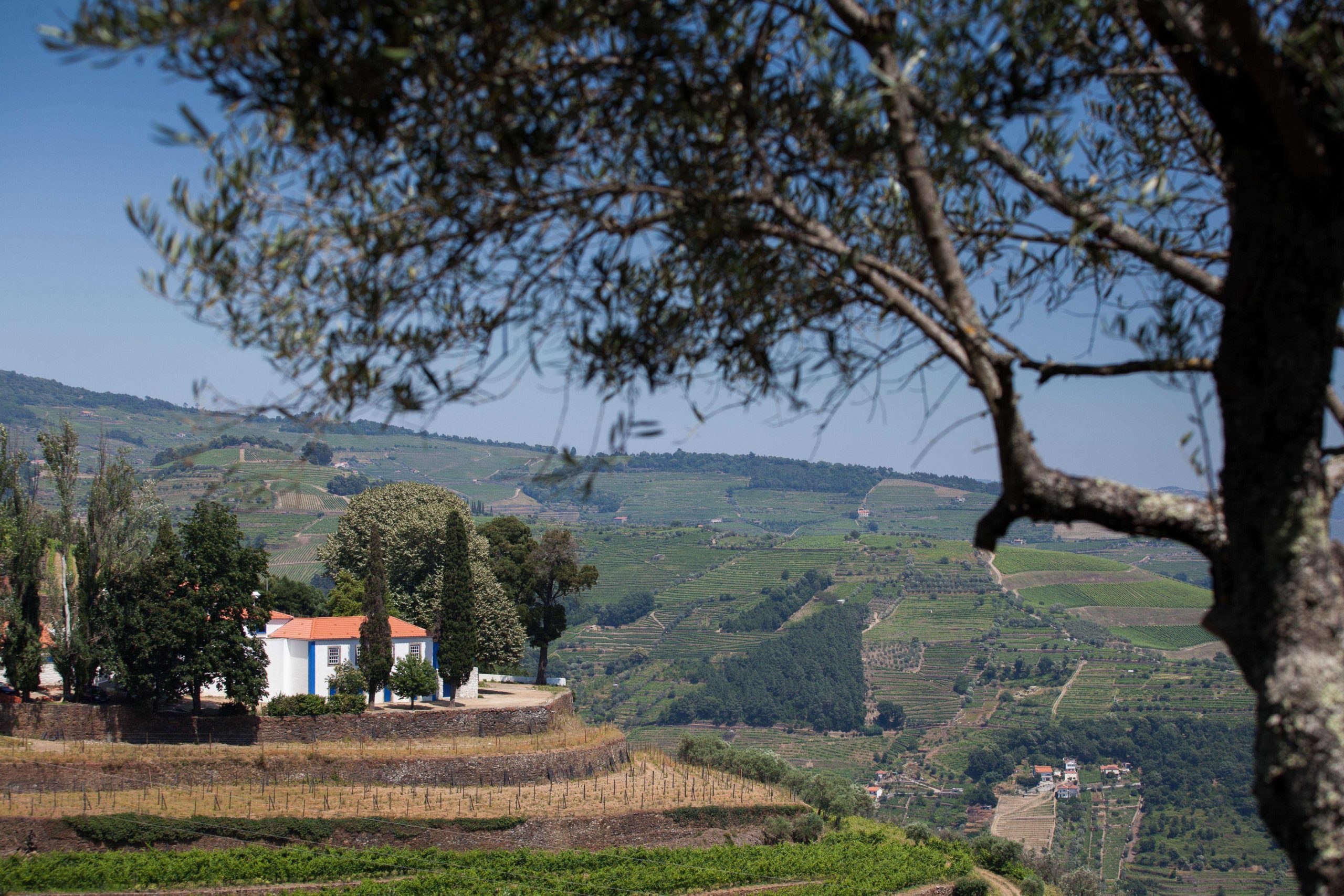
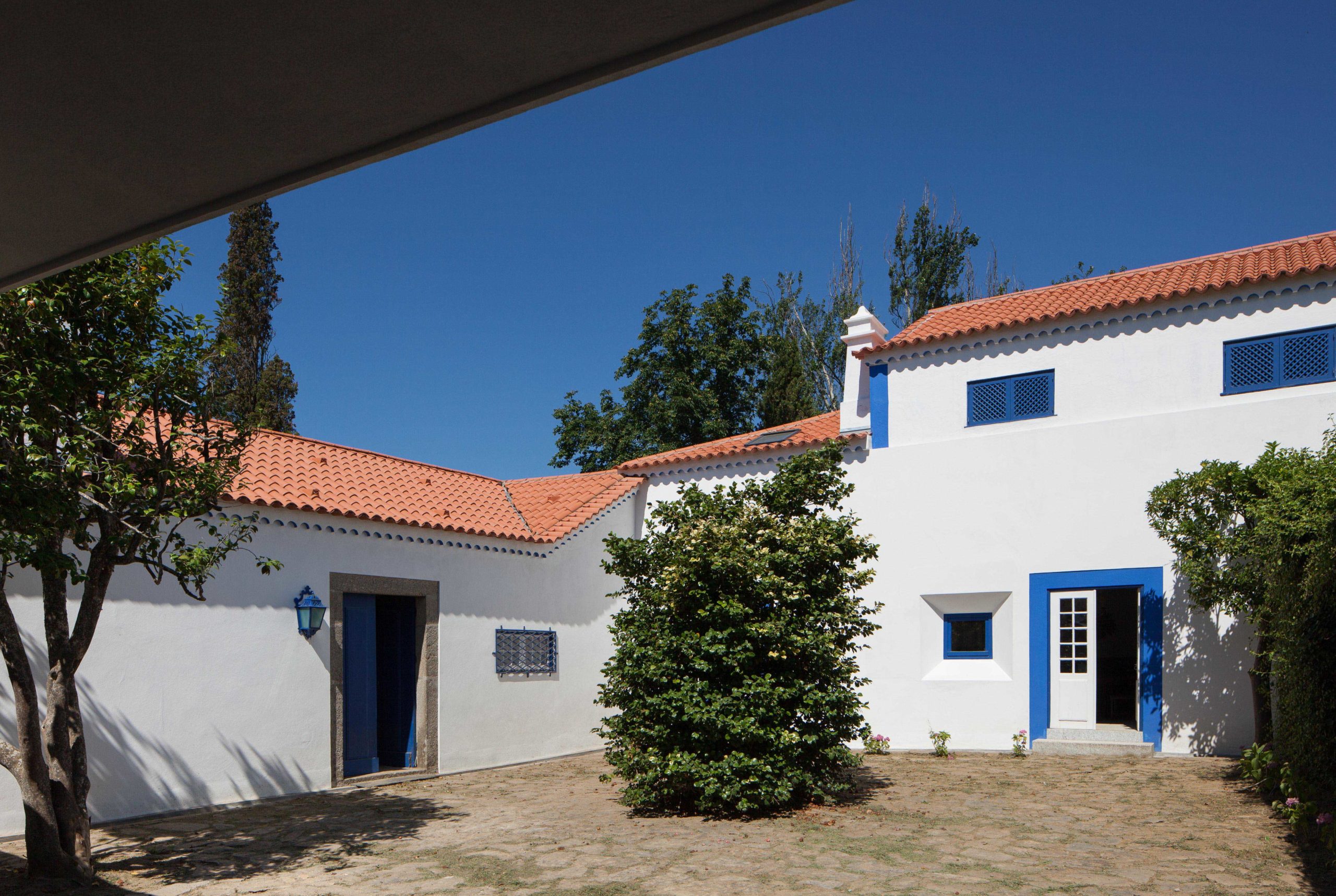
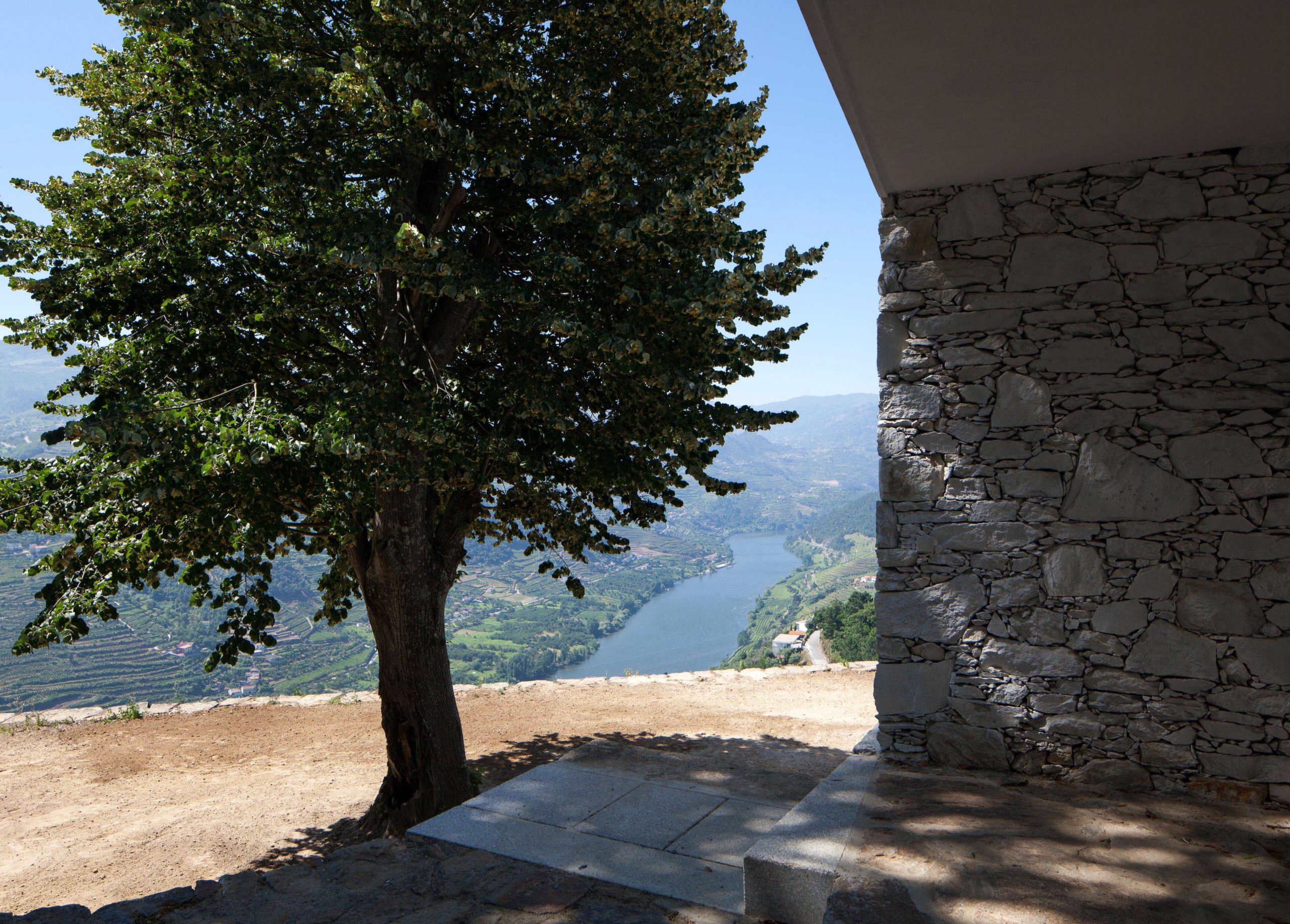 One does not need to venture far to be immersed in Portugal’s expansive history. From the eighth century, Muslim communities dominated the Iberian Peninsula and have left their mark in today’s modern-day Portugal. Moorish architecture can be spotted by simply browsing the streets of Lisbon, while others incorporate traditional Moorish elements into their contemporary builds.
One does not need to venture far to be immersed in Portugal’s expansive history. From the eighth century, Muslim communities dominated the Iberian Peninsula and have left their mark in today’s modern-day Portugal. Moorish architecture can be spotted by simply browsing the streets of Lisbon, while others incorporate traditional Moorish elements into their contemporary builds.
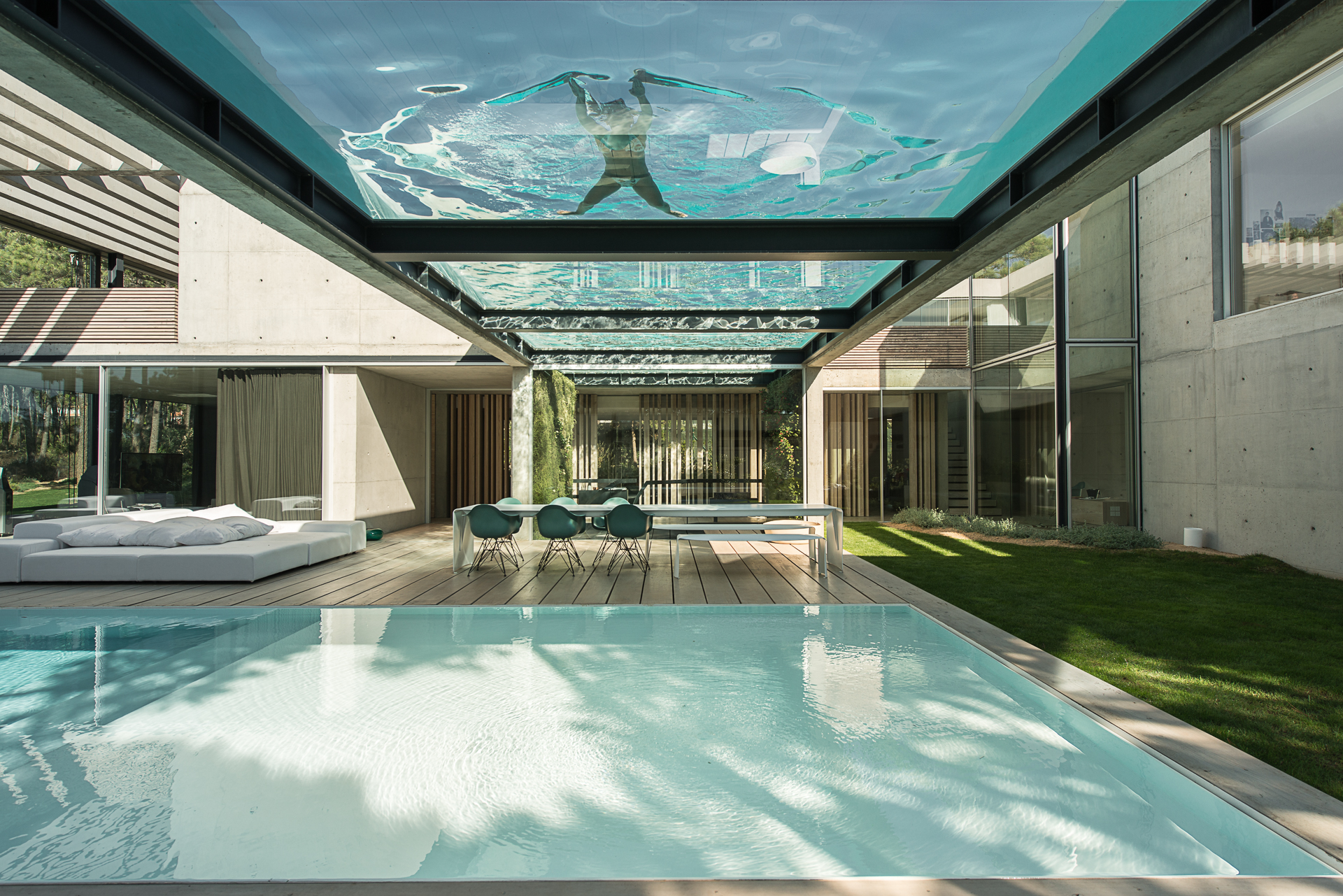
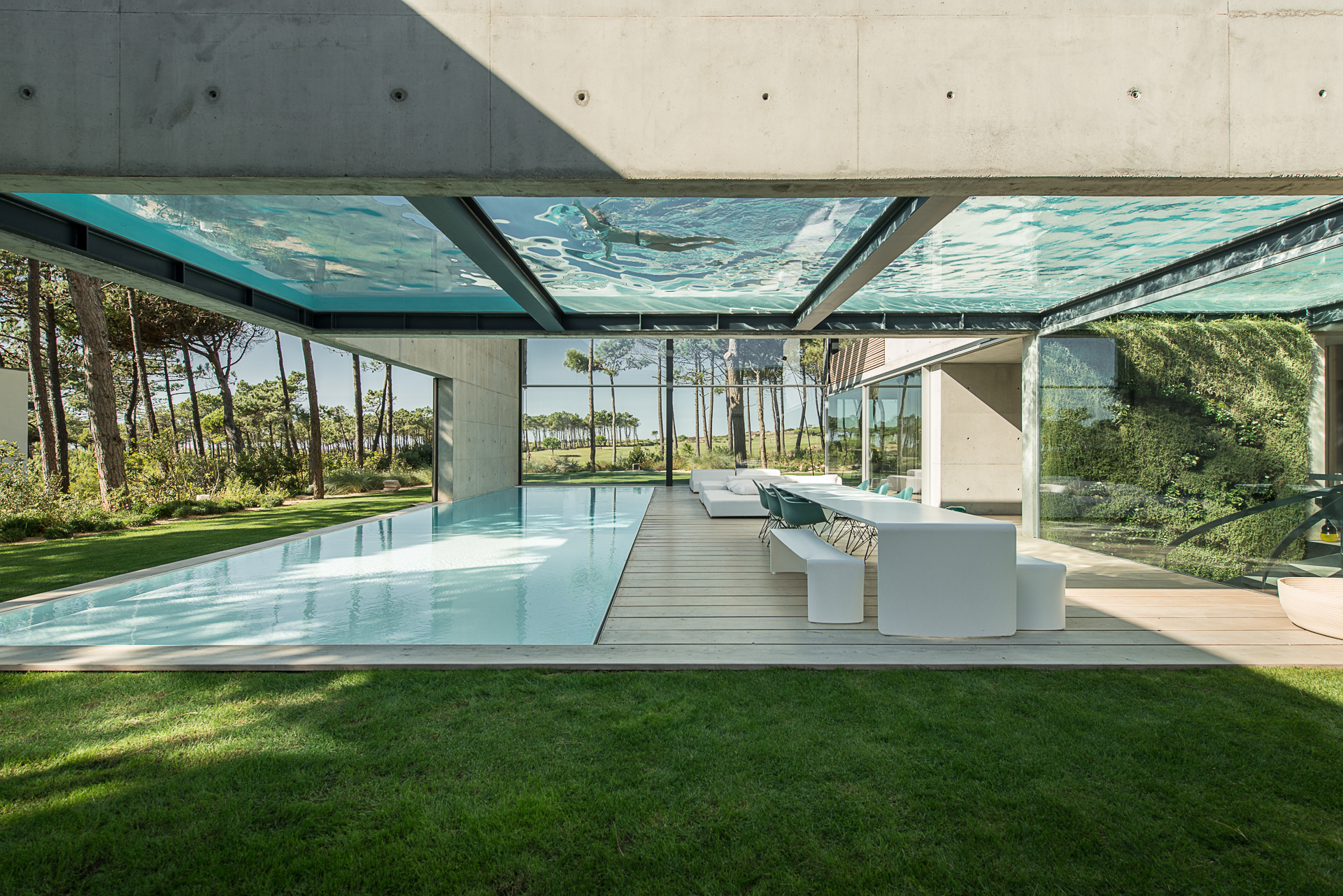 Portugal’s visual language is rich in well-preserved historic architecture and innovative contemporary design. This marriage of old and new makes for a special place to explore.
Portugal’s visual language is rich in well-preserved historic architecture and innovative contemporary design. This marriage of old and new makes for a special place to explore.

 Portuguese designers utilize public spaces in a very special way. With the goal of strengthening community and encouraging interaction, public structures can be found throughout the country.
Portuguese designers utilize public spaces in a very special way. With the goal of strengthening community and encouraging interaction, public structures can be found throughout the country.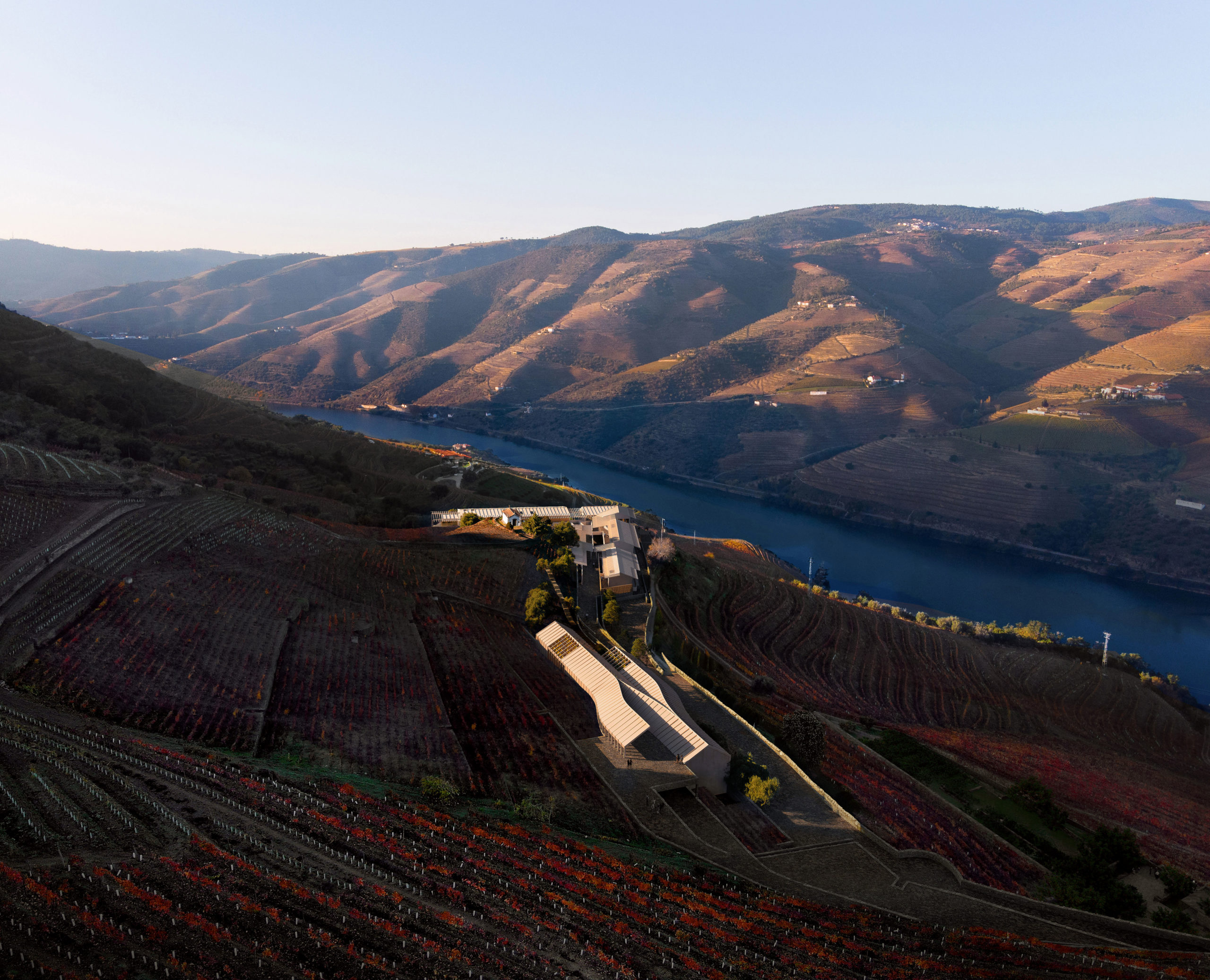
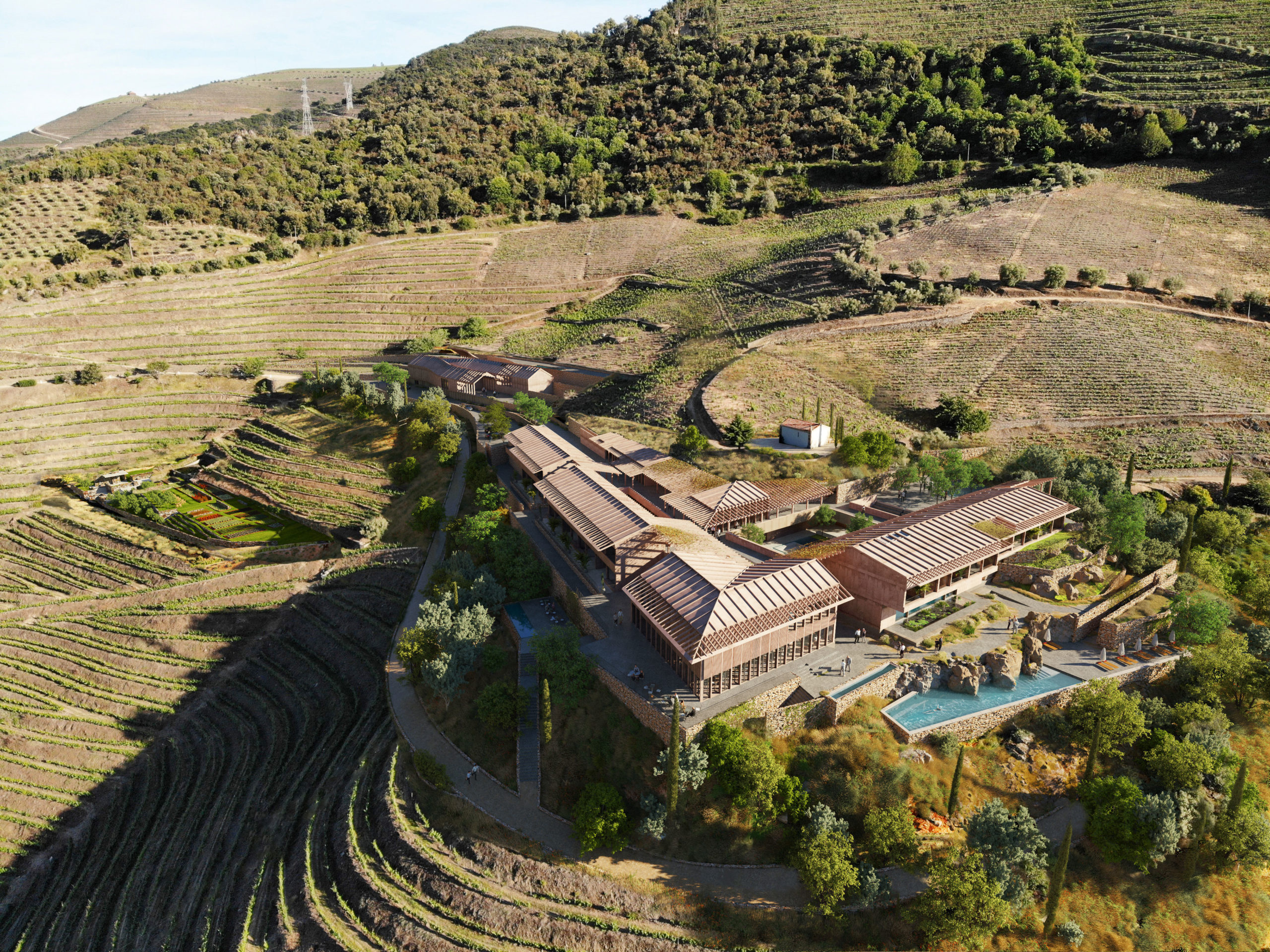
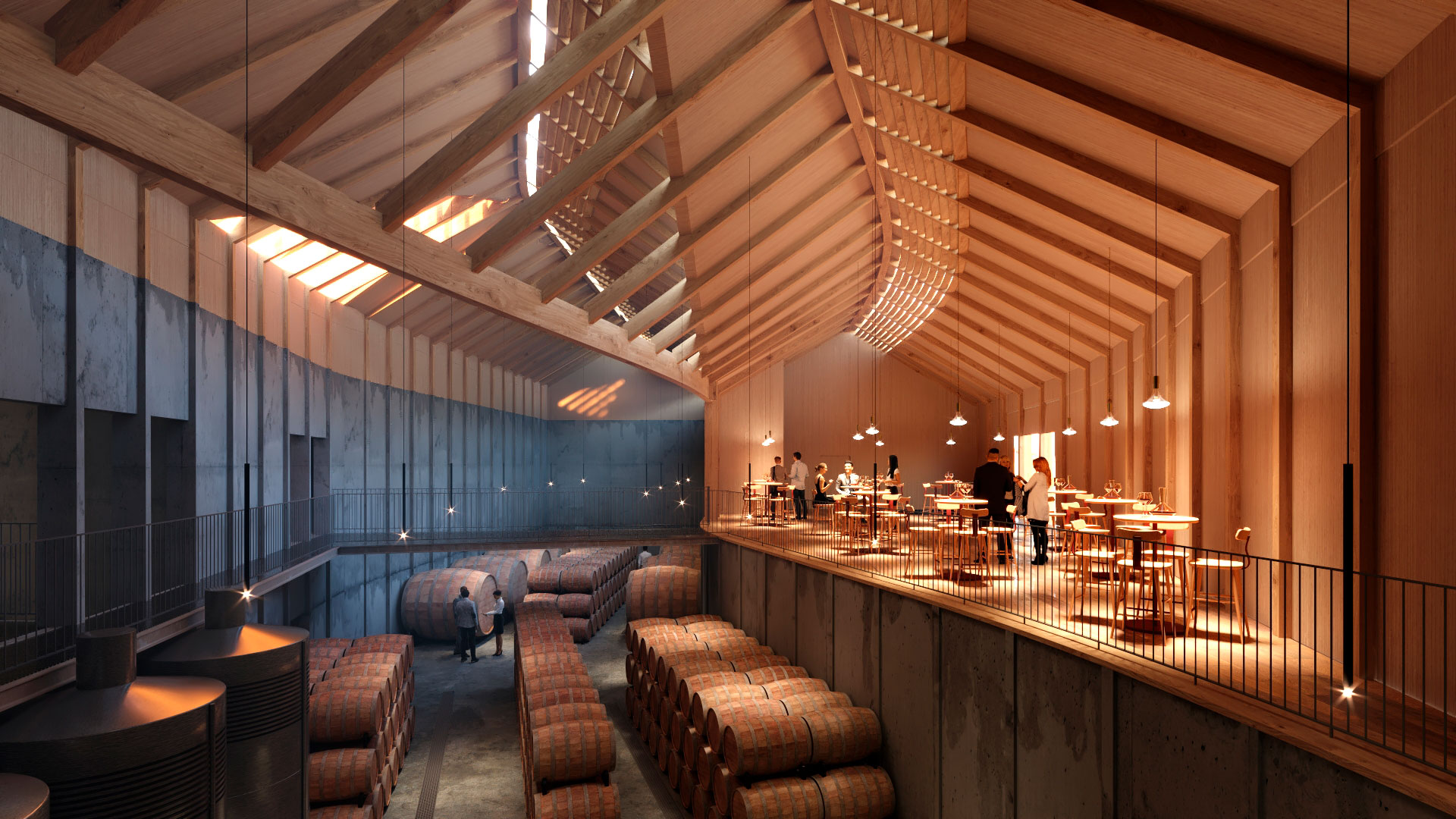
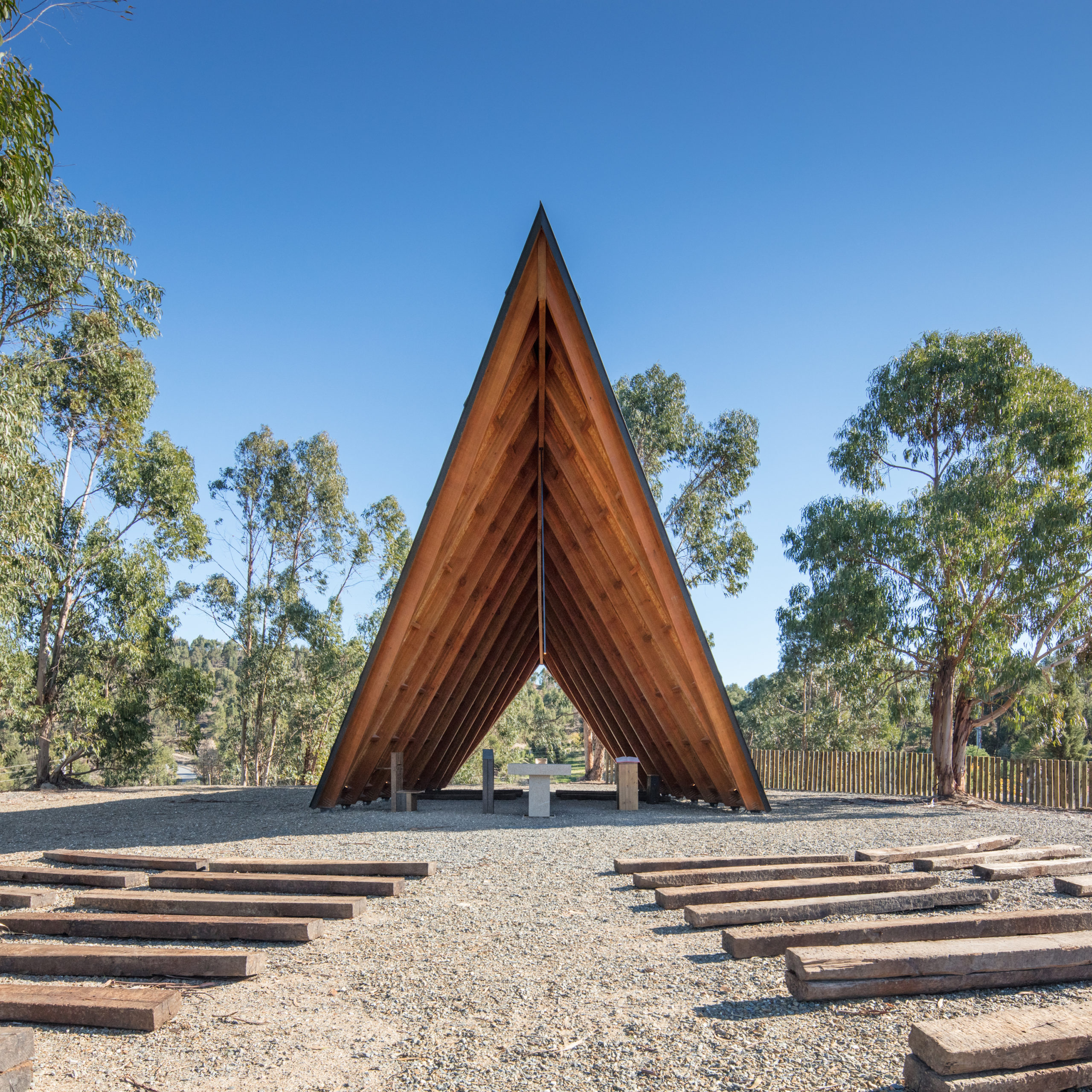
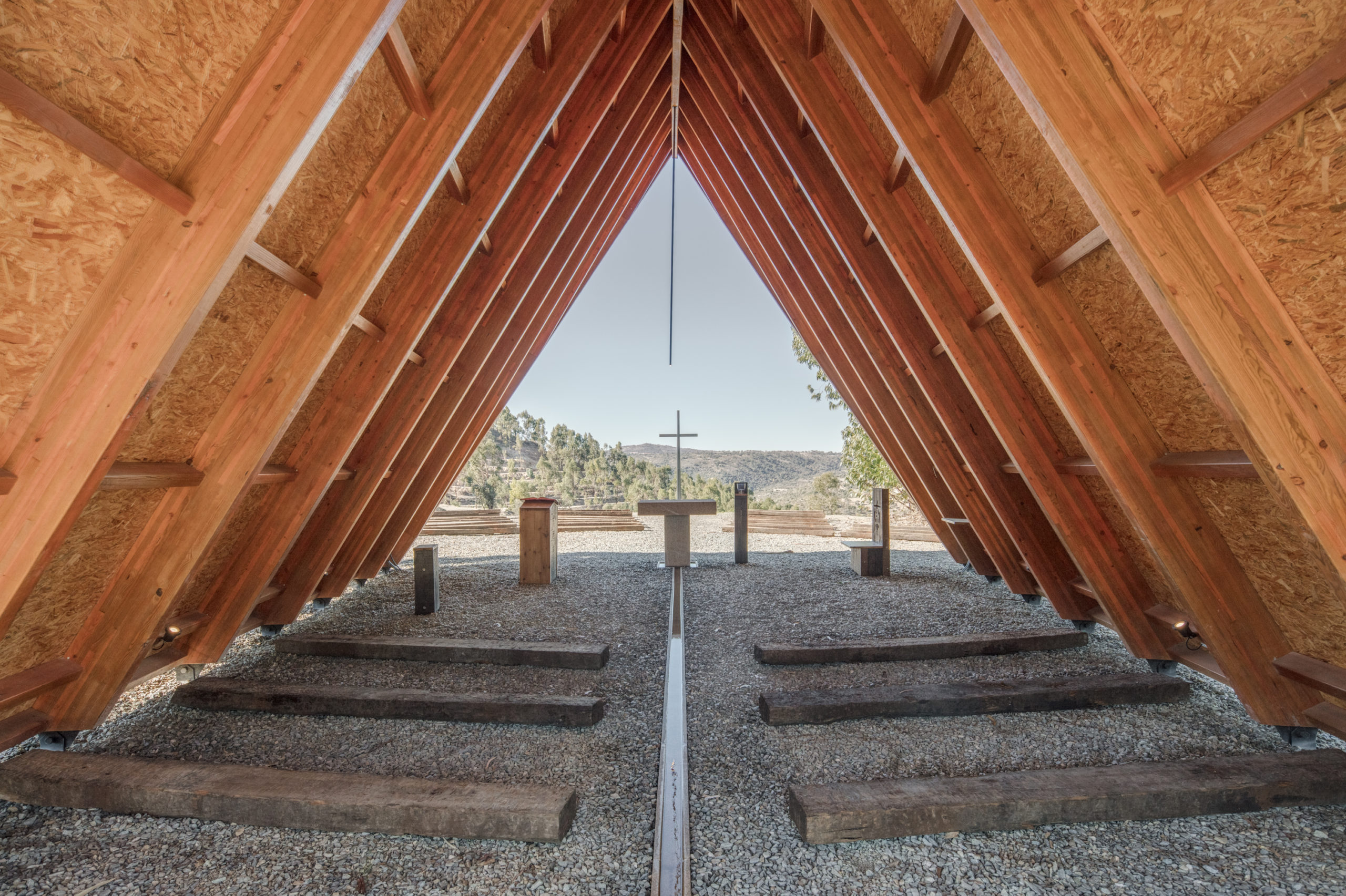


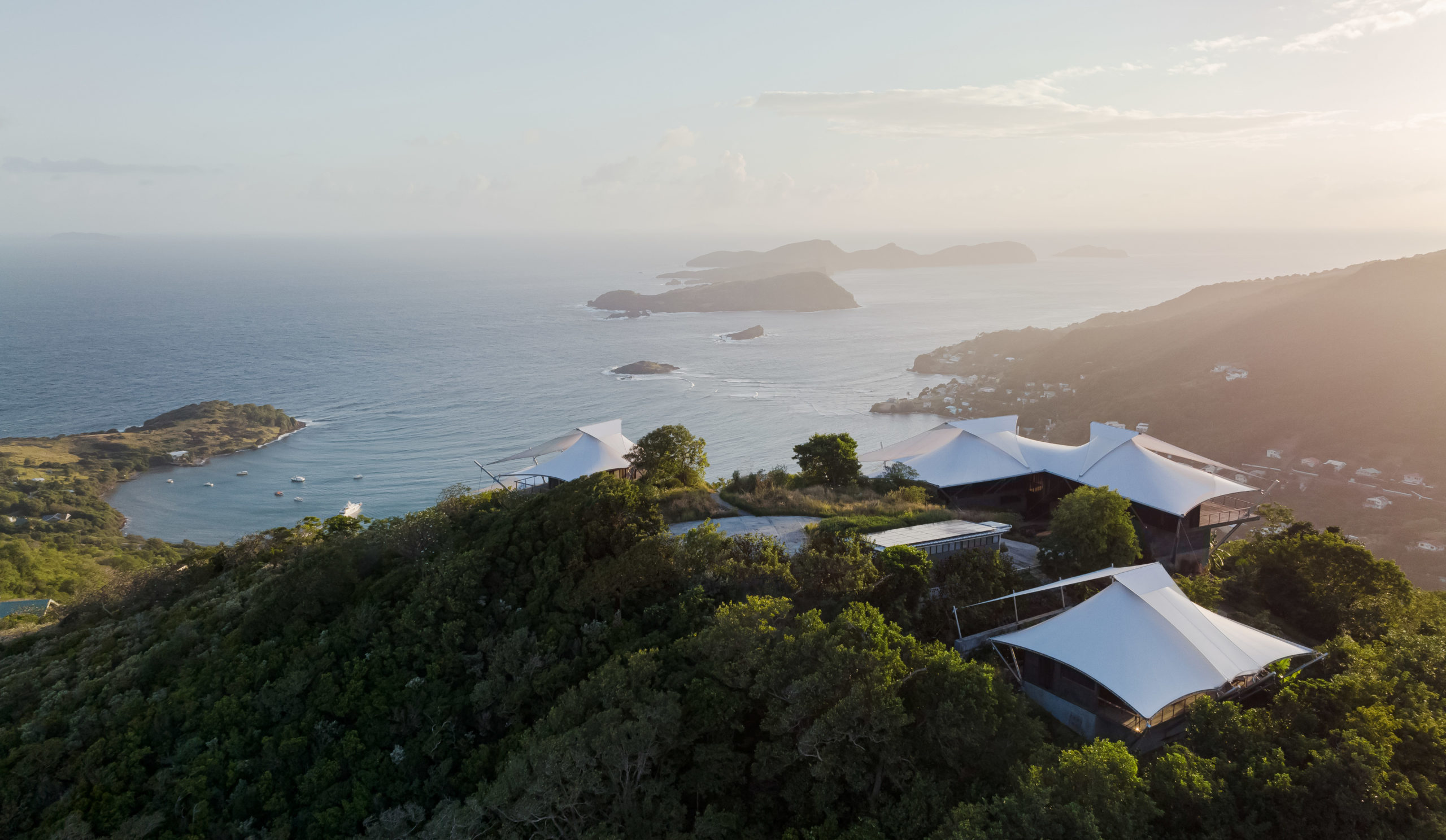
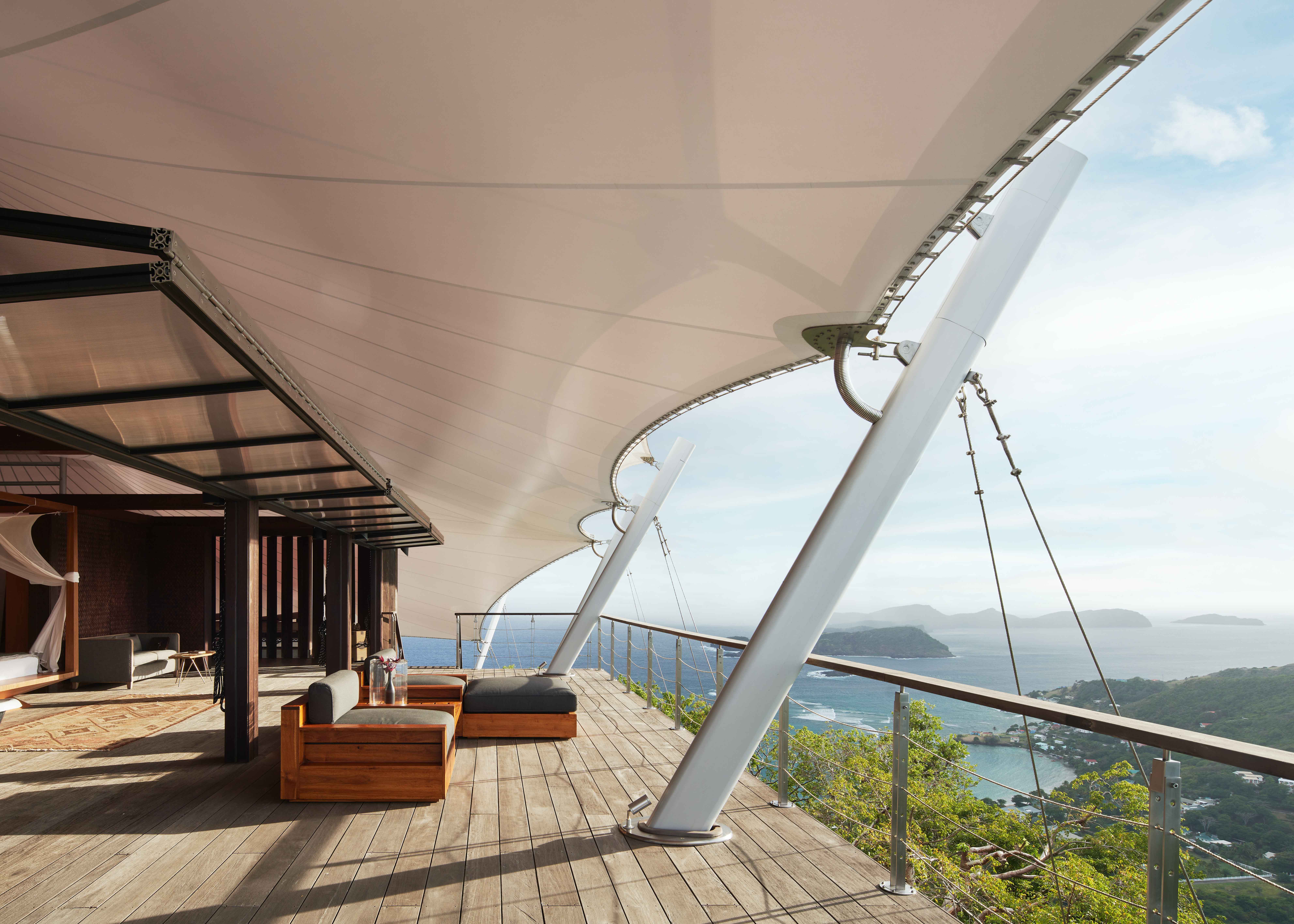
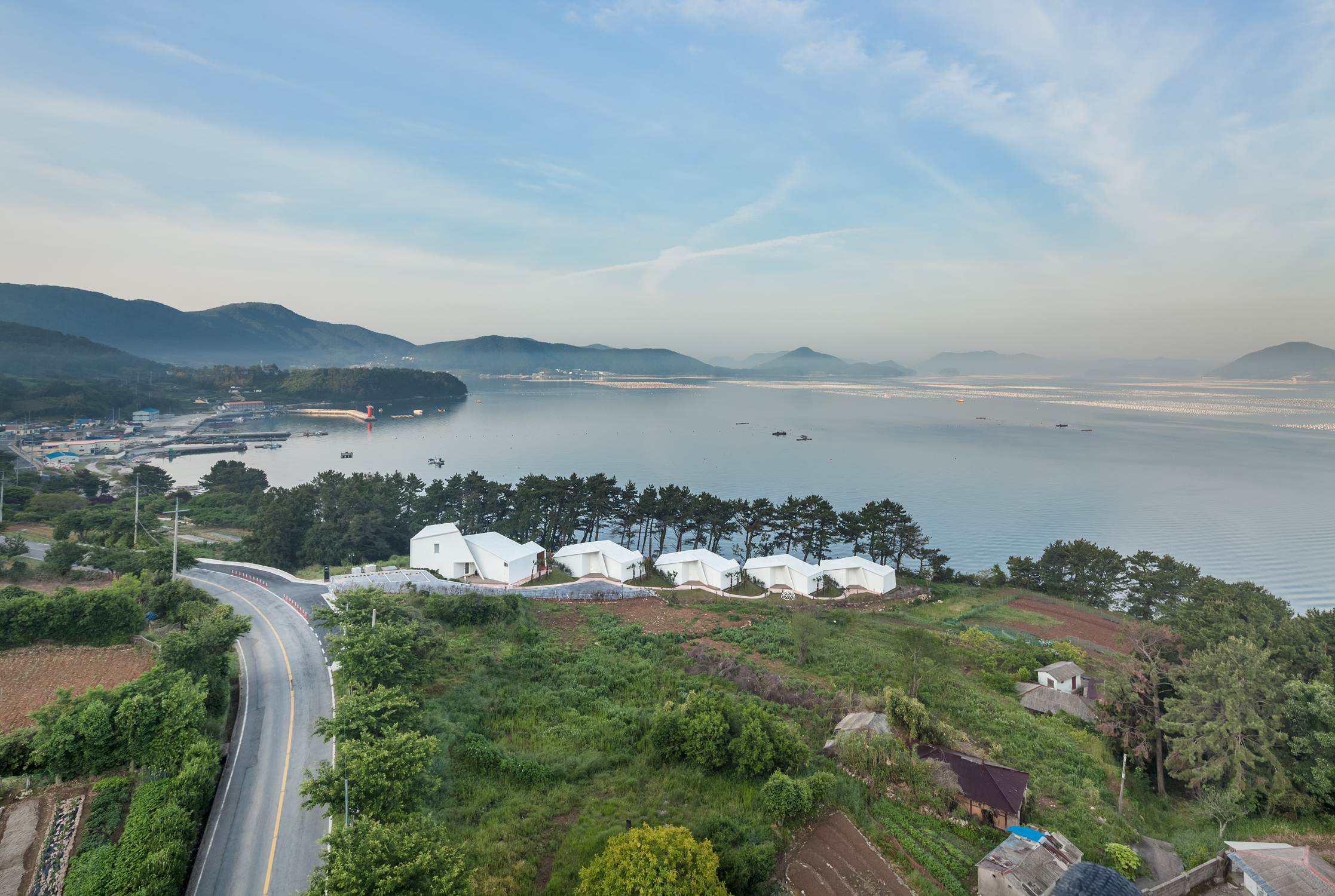
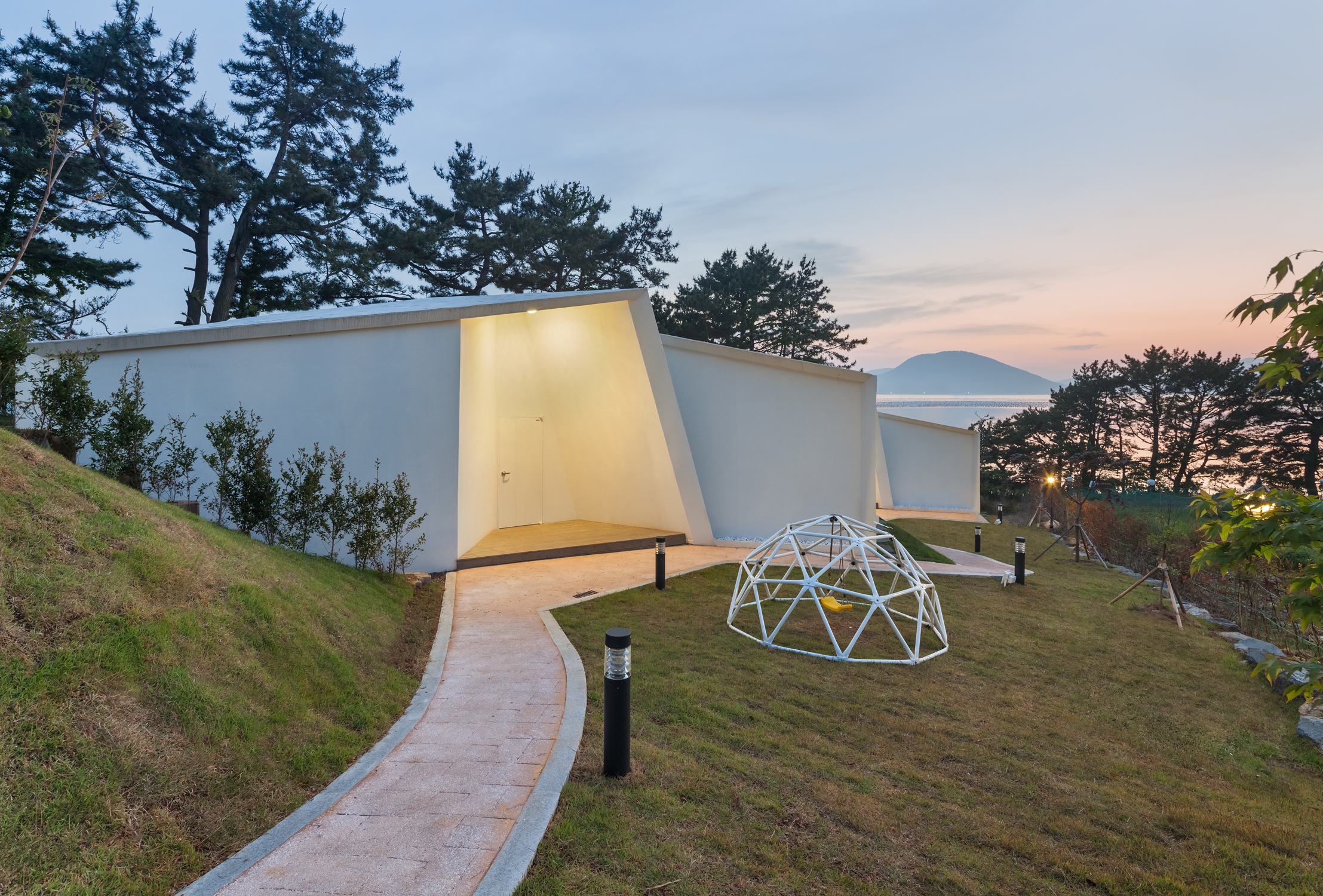
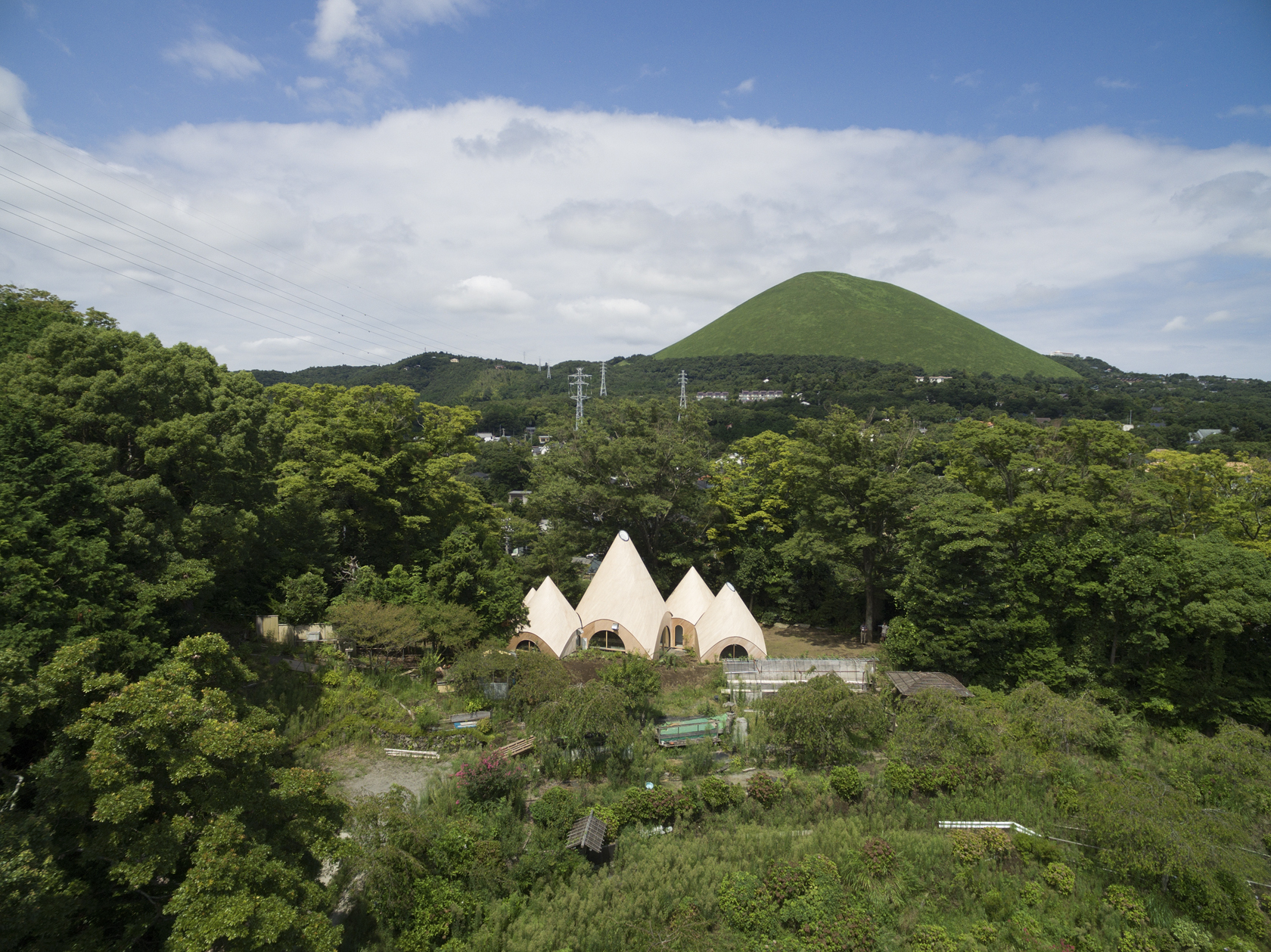
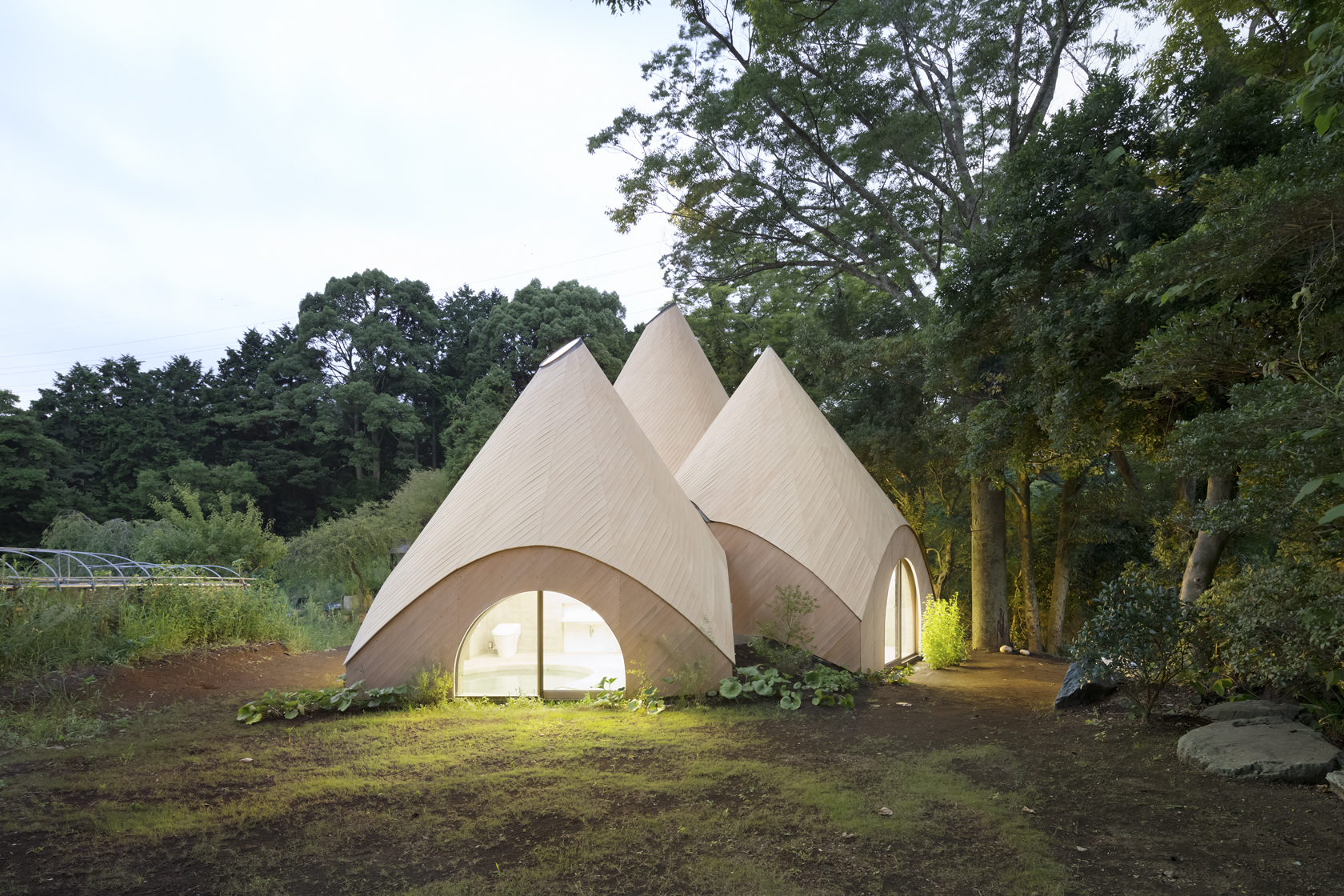
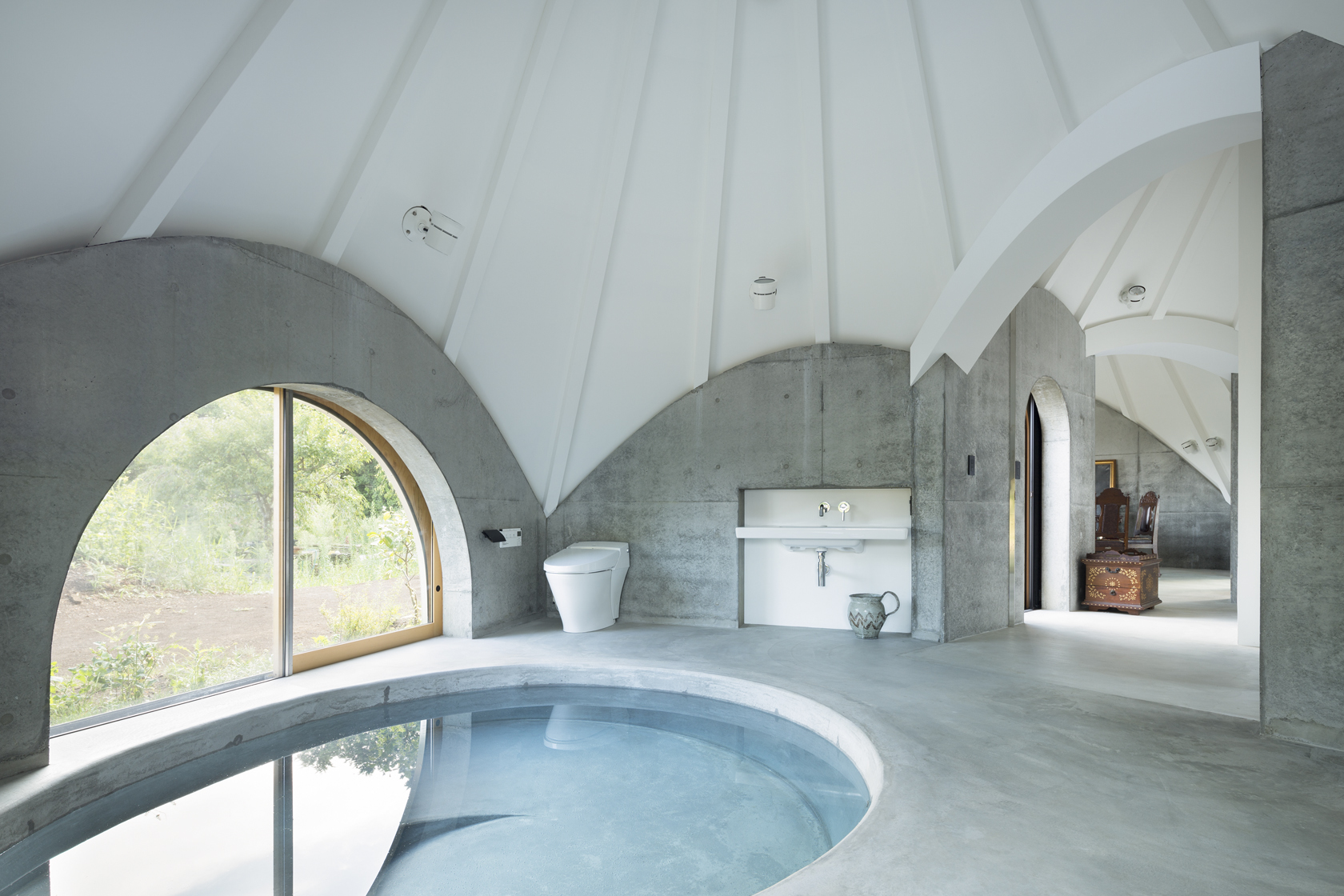 JIKKA by issei suma/SUMA, Shizuoka Prefecture, Japan, 2015
JIKKA by issei suma/SUMA, Shizuoka Prefecture, Japan, 2015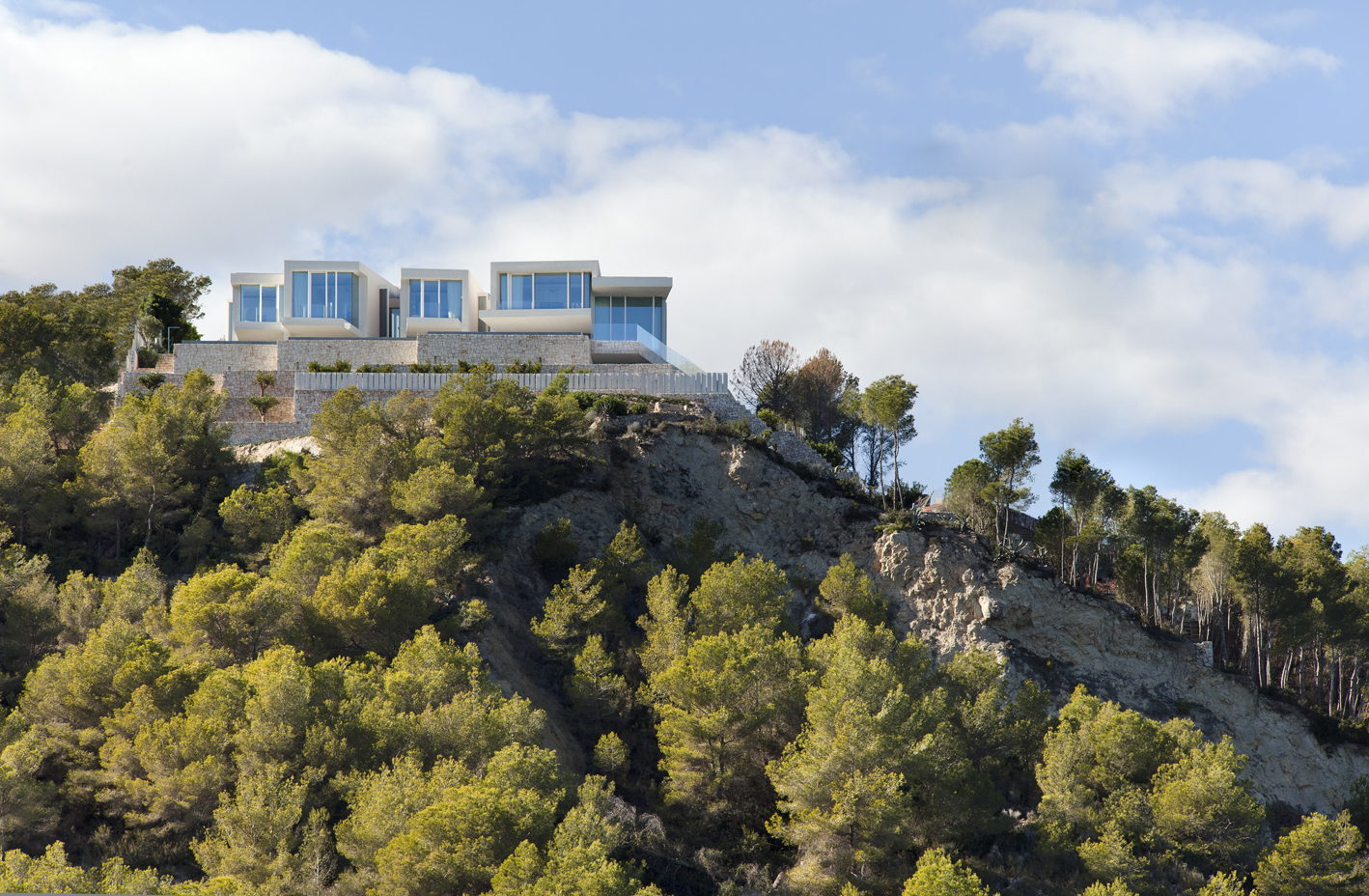
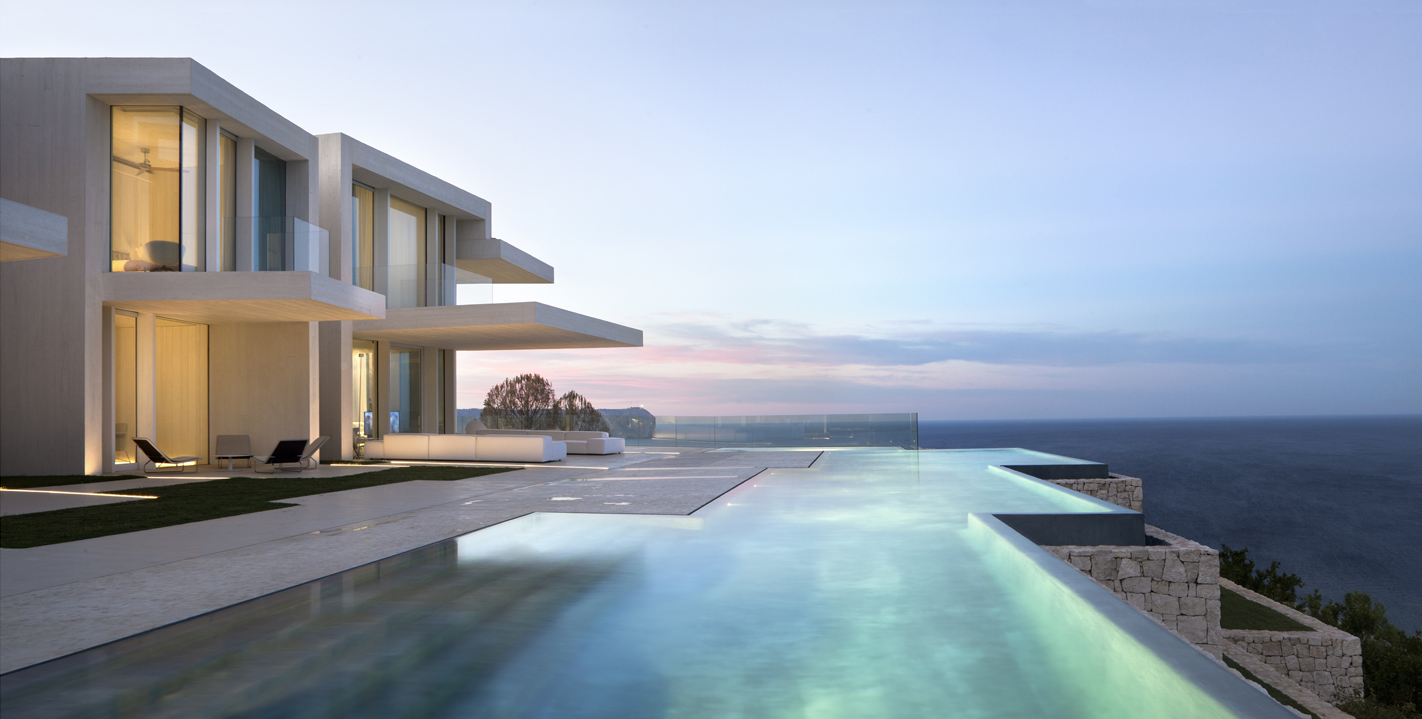 Casa Sardinera by Ramon Esteve Estudio, Xàbia, Spain, 2014
Casa Sardinera by Ramon Esteve Estudio, Xàbia, Spain, 2014
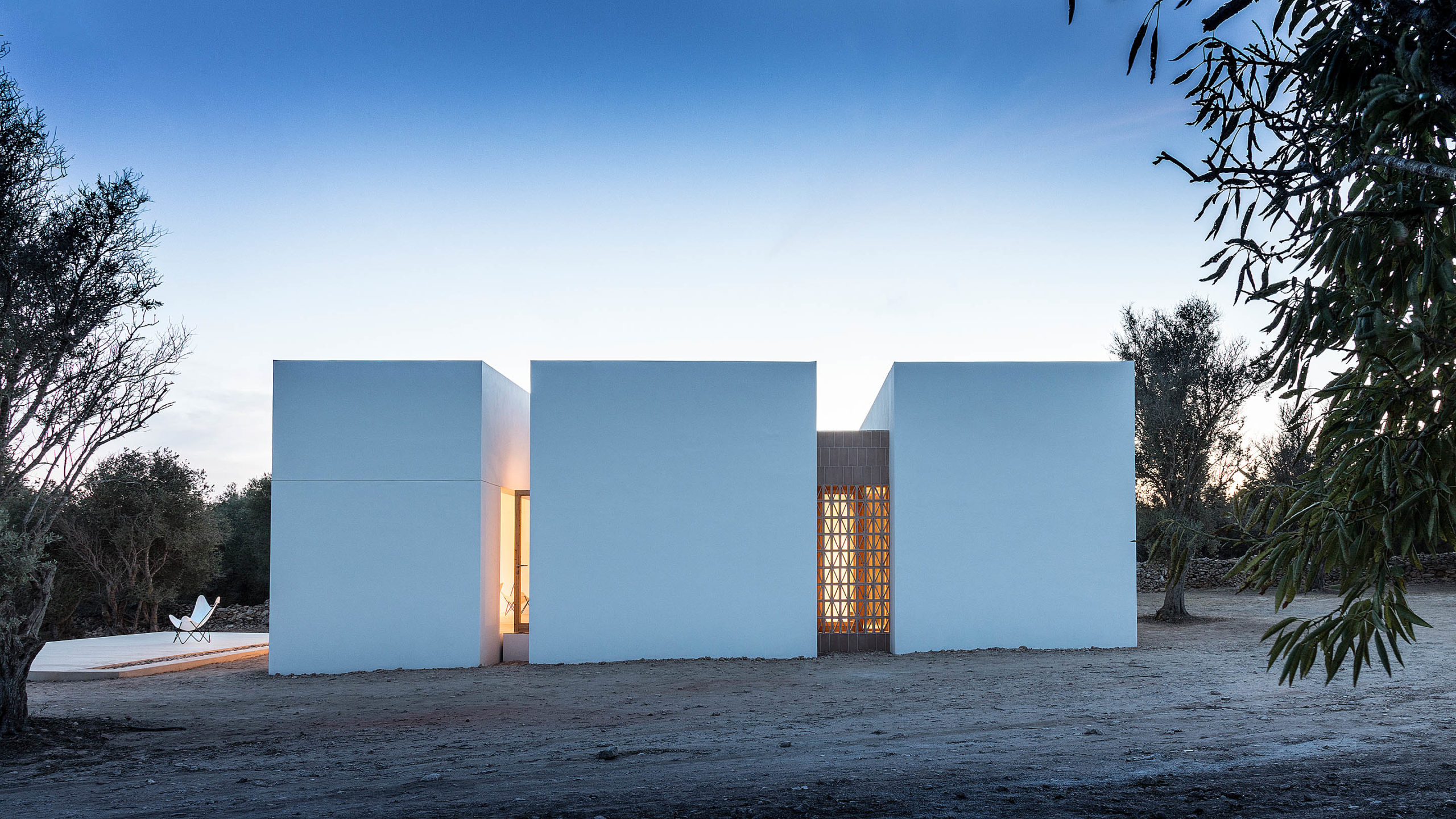 Es Pou by marià castelló, architecture, Balearic Islands IB, Spain, 2021
Es Pou by marià castelló, architecture, Balearic Islands IB, Spain, 2021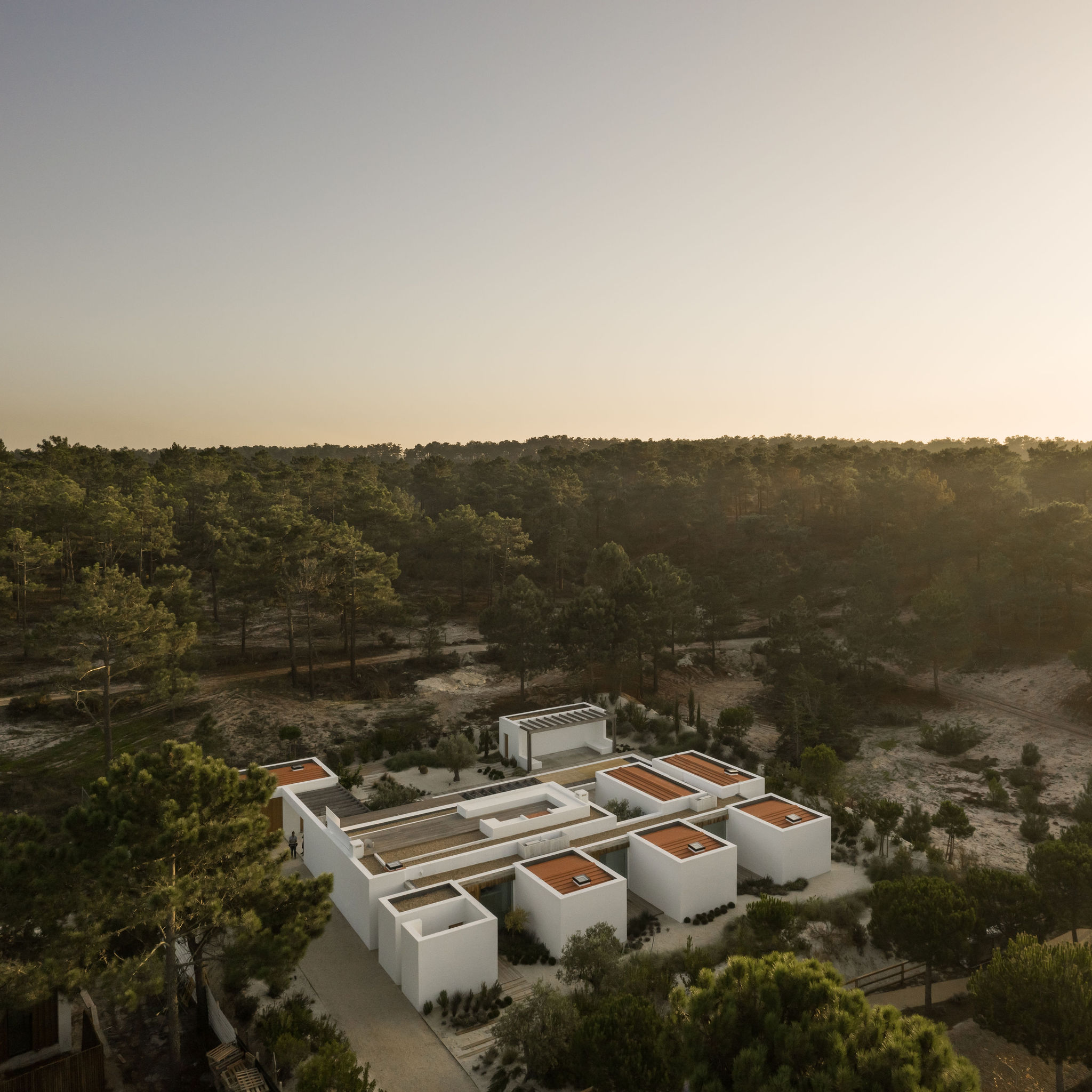
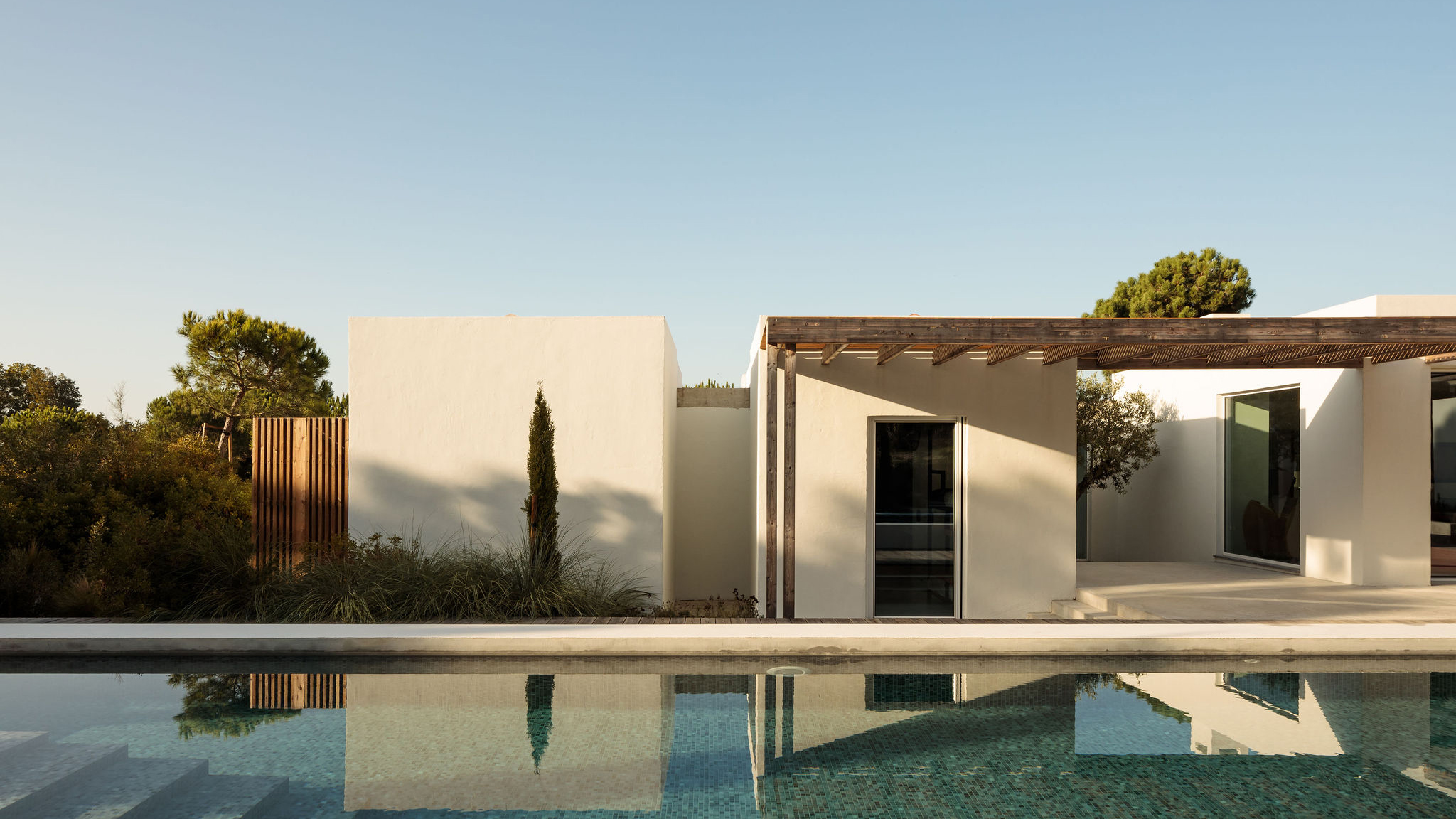
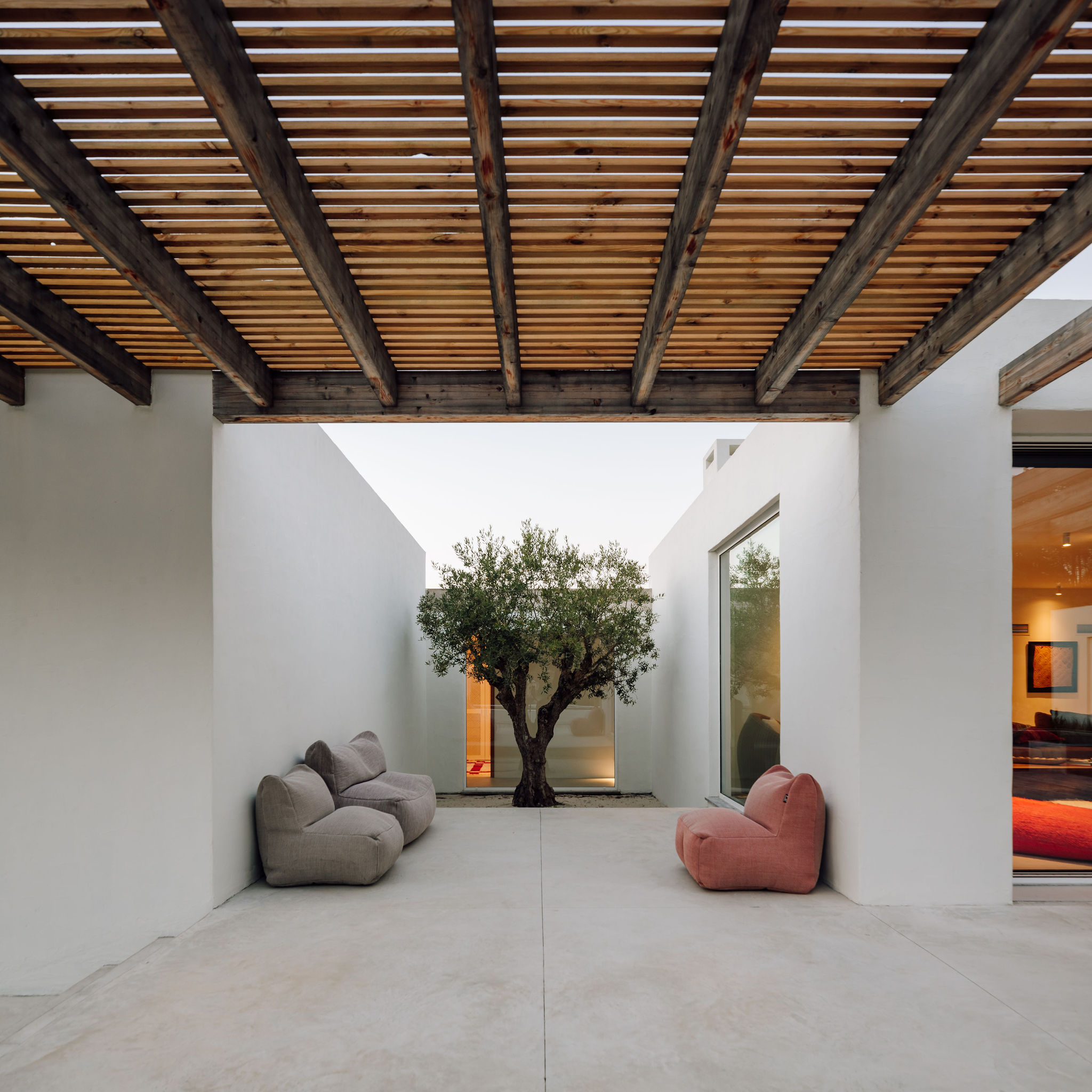 Comporta 10 by Fragmentos, Grândola, Portugal, 2021
Comporta 10 by Fragmentos, Grândola, Portugal, 2021

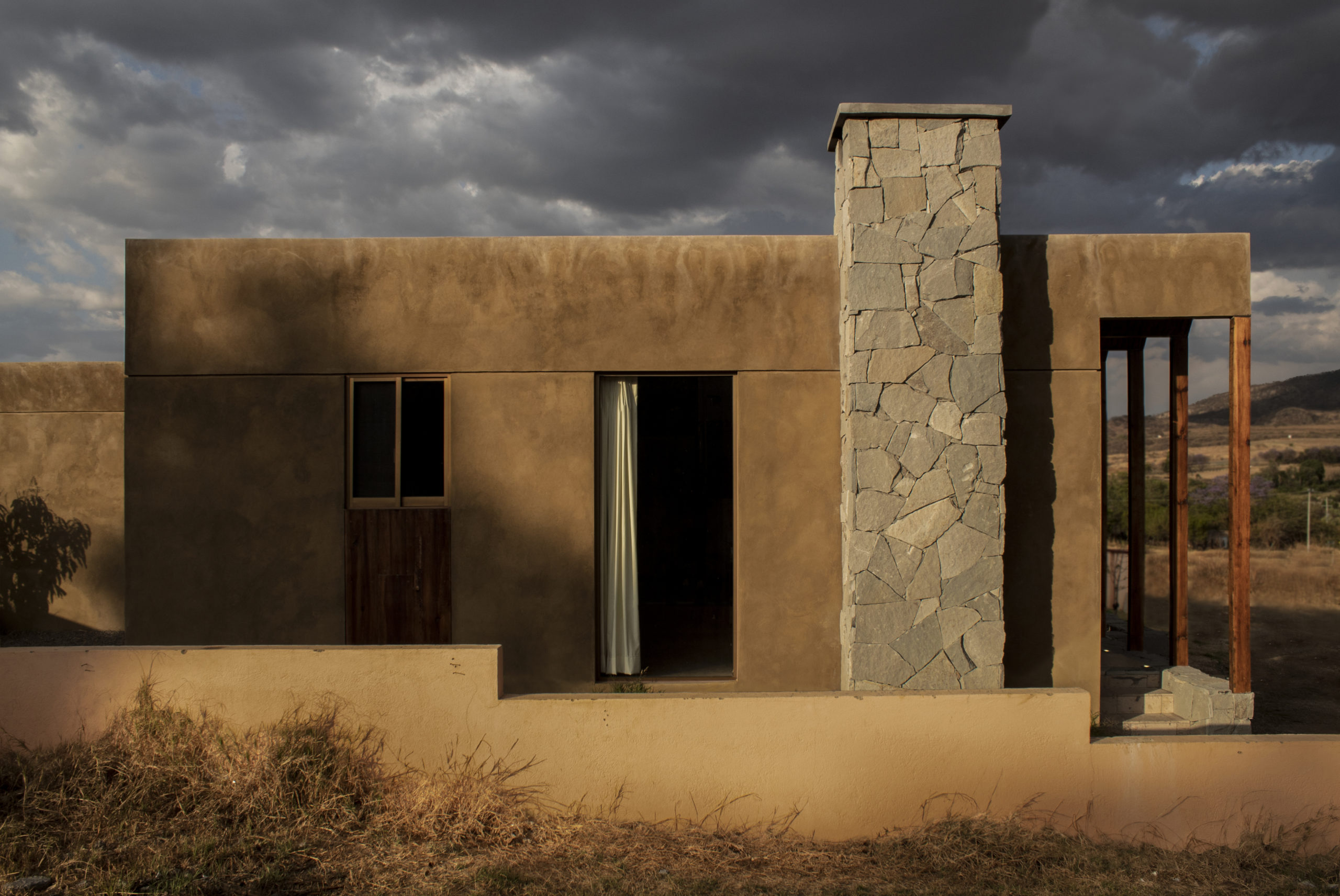

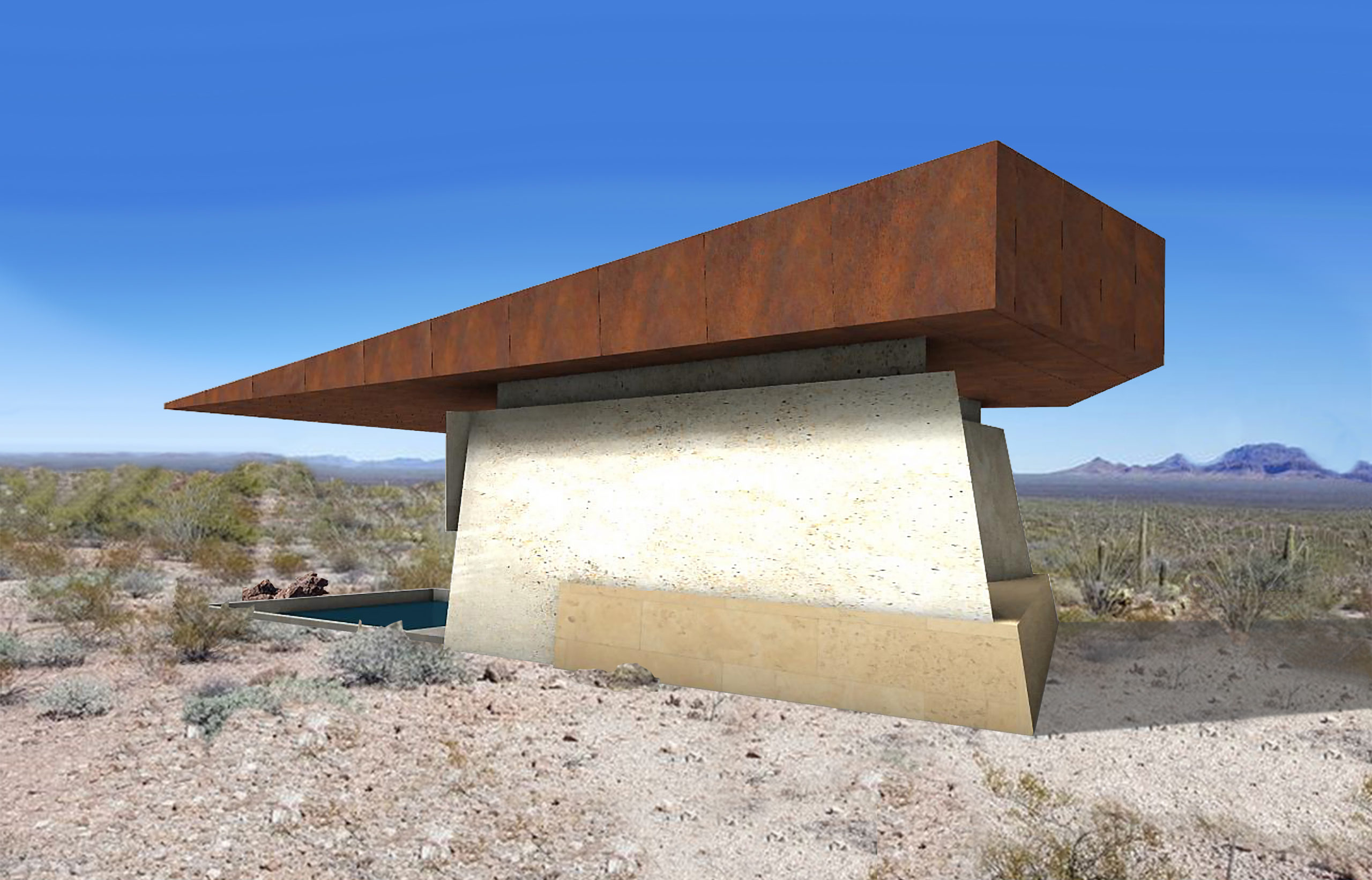 This fascinating combination of geometries draws lessons from traditional Japanese tea houses with the aim of transporting visitors to an alternate realm of ceremony and contemplation. The design, evocative of geological formations typically found in the surrounding desert stands out like a land art sculpture set in a vast landscape. The material composition is minimal: thick, battered limestone walls, travertine wainscoting and a roof clad in weathering steel panels.
This fascinating combination of geometries draws lessons from traditional Japanese tea houses with the aim of transporting visitors to an alternate realm of ceremony and contemplation. The design, evocative of geological formations typically found in the surrounding desert stands out like a land art sculpture set in a vast landscape. The material composition is minimal: thick, battered limestone walls, travertine wainscoting and a roof clad in weathering steel panels.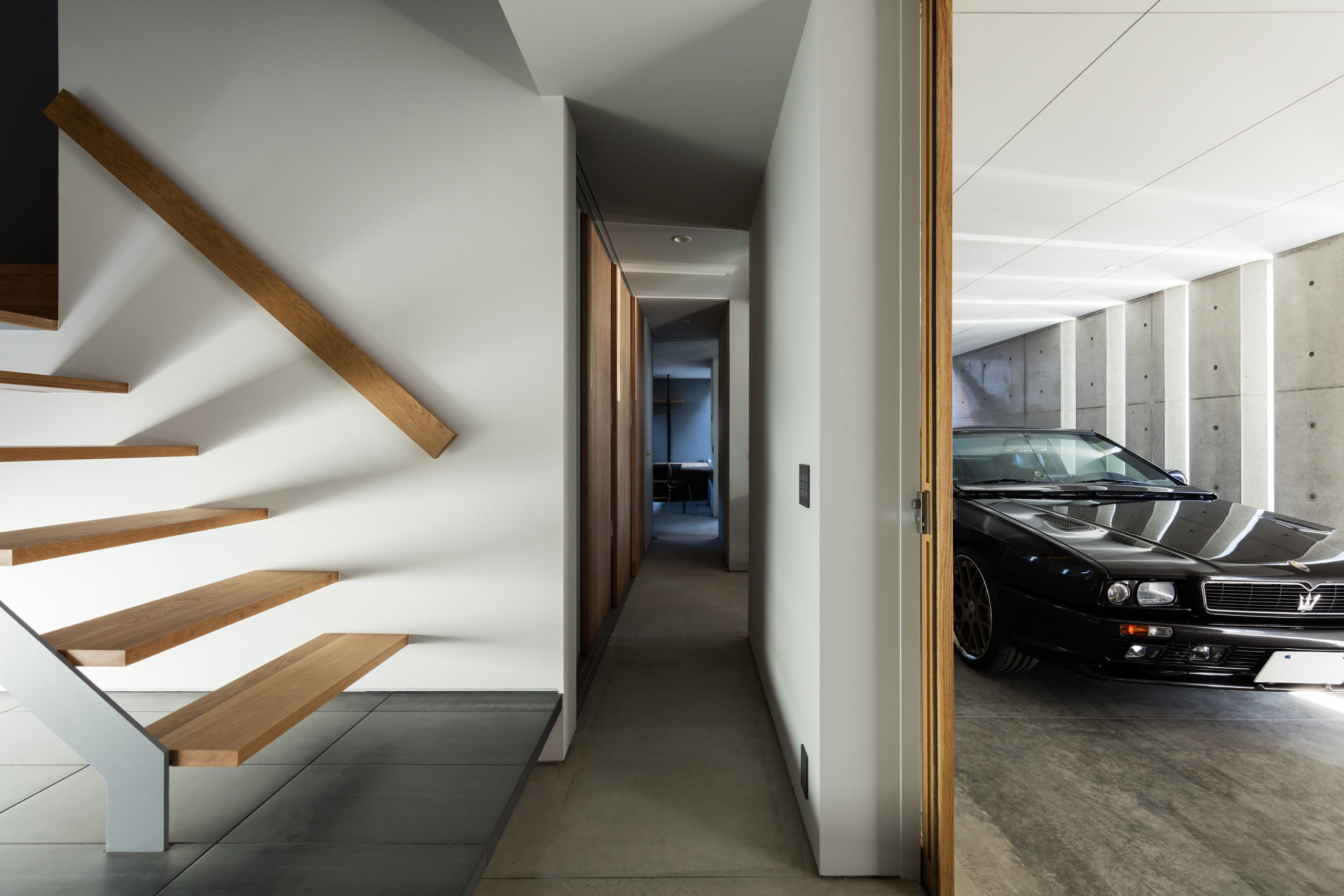
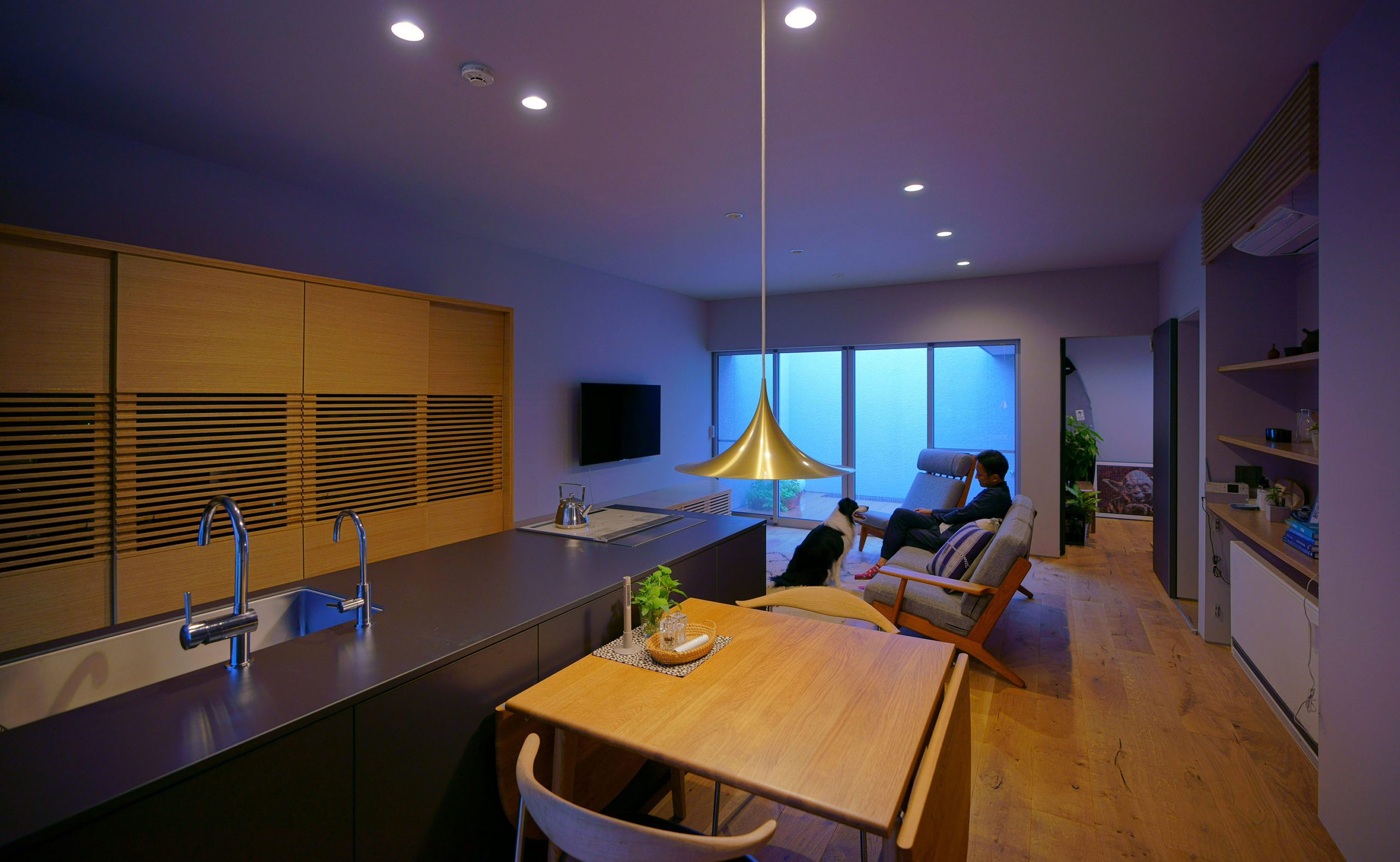
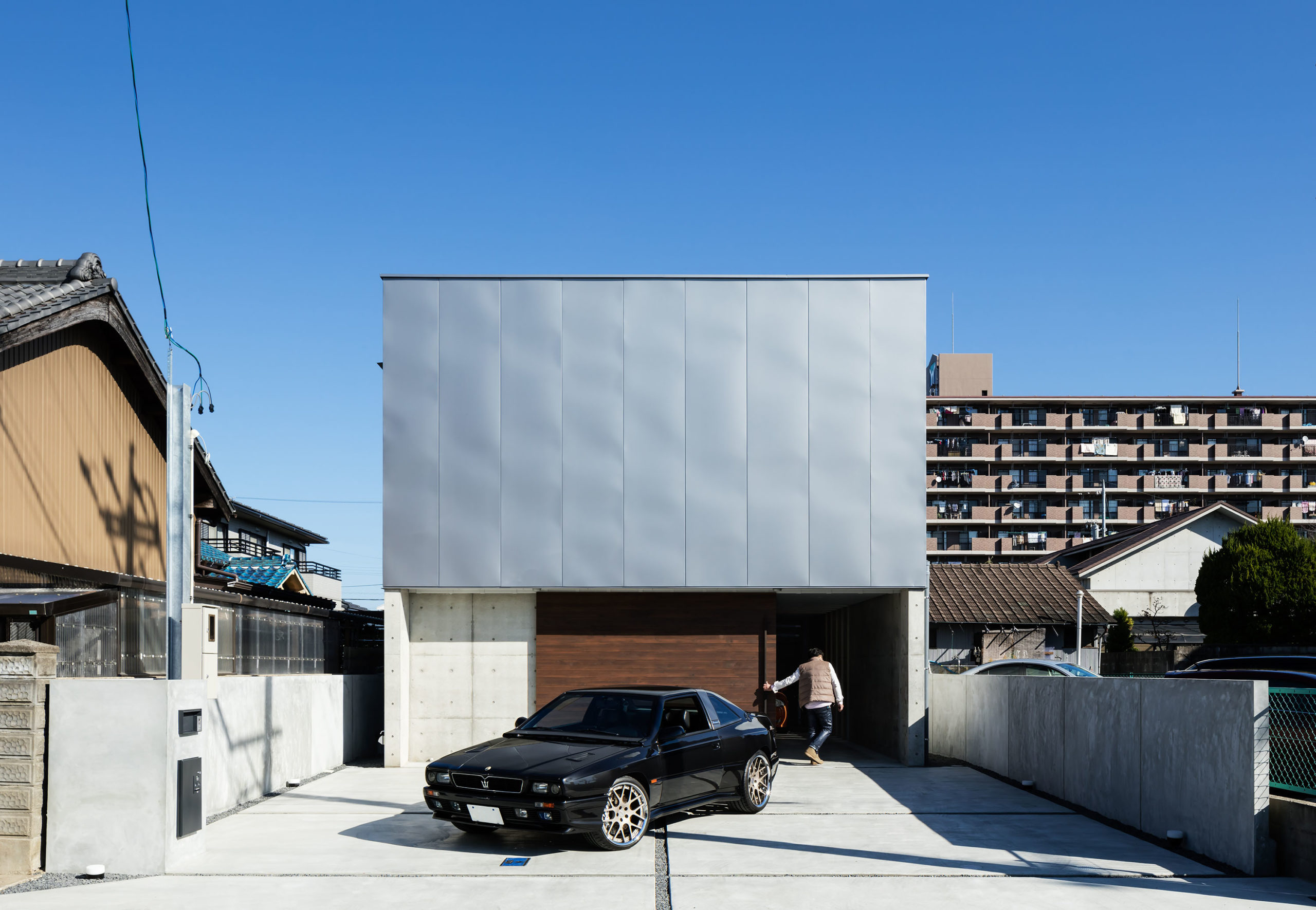 This house was created for a true car and bike enthusiast, who wished to bring his passion home. This two-story residence makes this dream come true, while also providing a quiet domestic space for the client’s wife and dog on the second floor. On the ground floor, a garage houses the client’s favorite Maserati Shamal, among other Italian cars and motorcycles. Meanwhile, the use of durable, reinforced concrete guarantees the tranquility of the upper level. A courtyard at the end of the garage acts as an outlet for the release of sound and vehicle exhaust. Likewise, the courtyard’s greenery muffles engine noise, while helping to purify the air.
This house was created for a true car and bike enthusiast, who wished to bring his passion home. This two-story residence makes this dream come true, while also providing a quiet domestic space for the client’s wife and dog on the second floor. On the ground floor, a garage houses the client’s favorite Maserati Shamal, among other Italian cars and motorcycles. Meanwhile, the use of durable, reinforced concrete guarantees the tranquility of the upper level. A courtyard at the end of the garage acts as an outlet for the release of sound and vehicle exhaust. Likewise, the courtyard’s greenery muffles engine noise, while helping to purify the air.
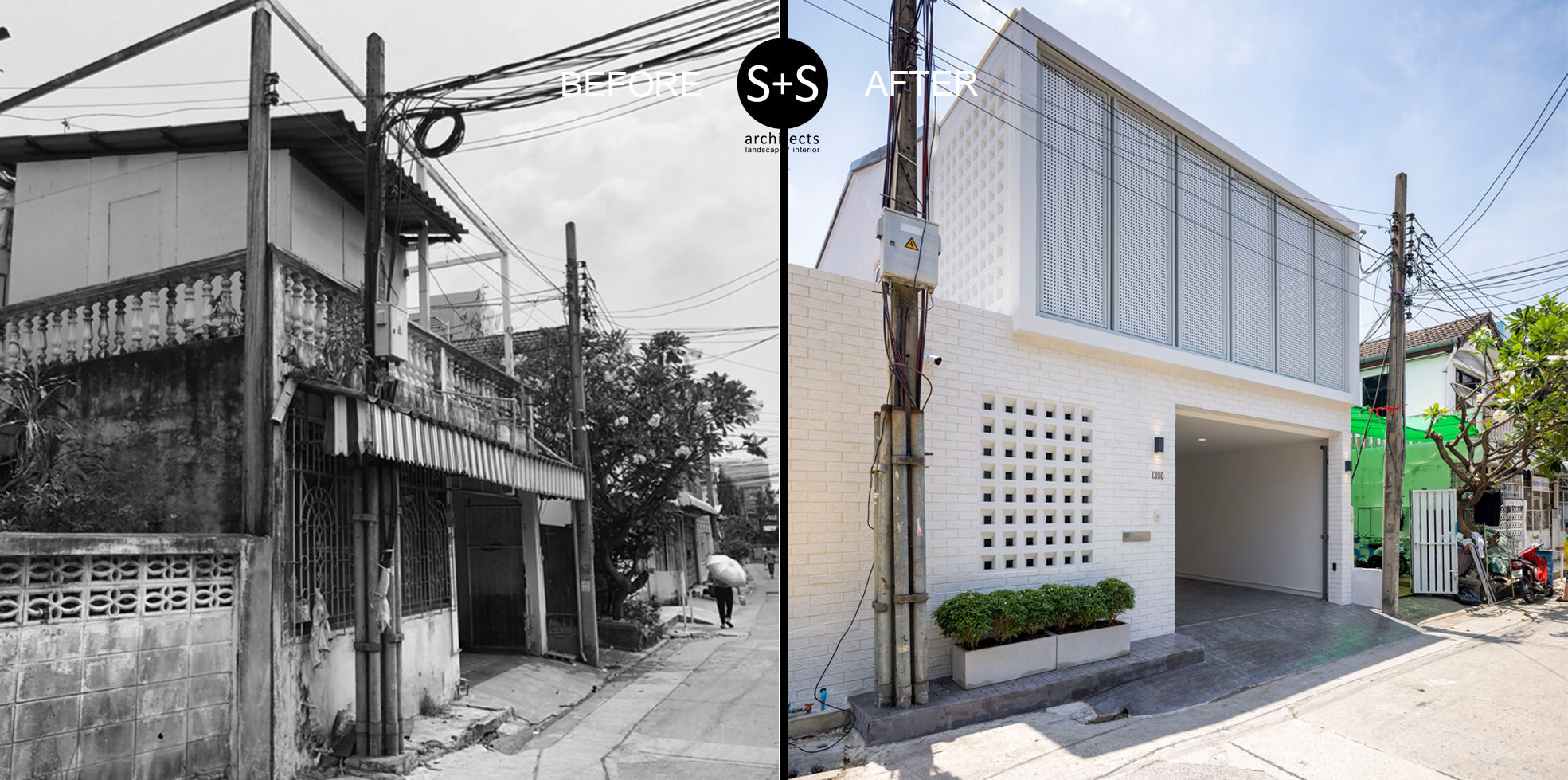

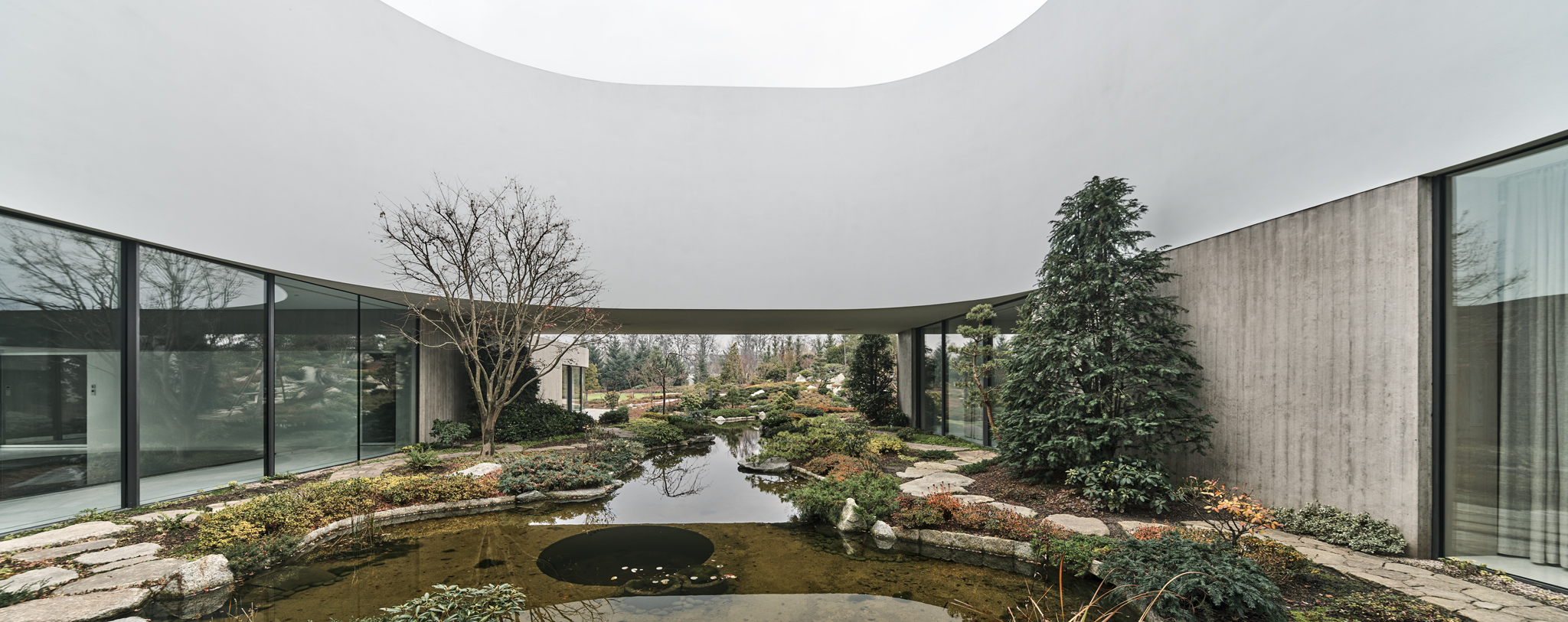
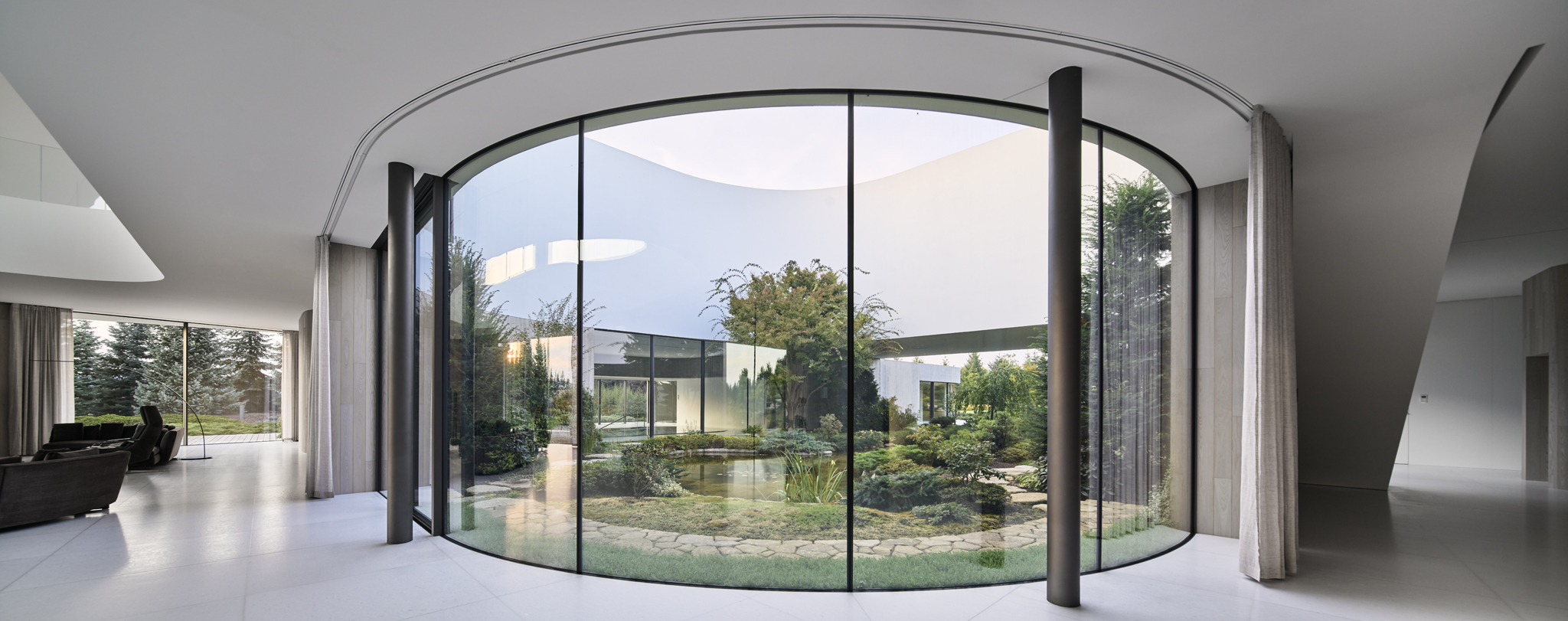
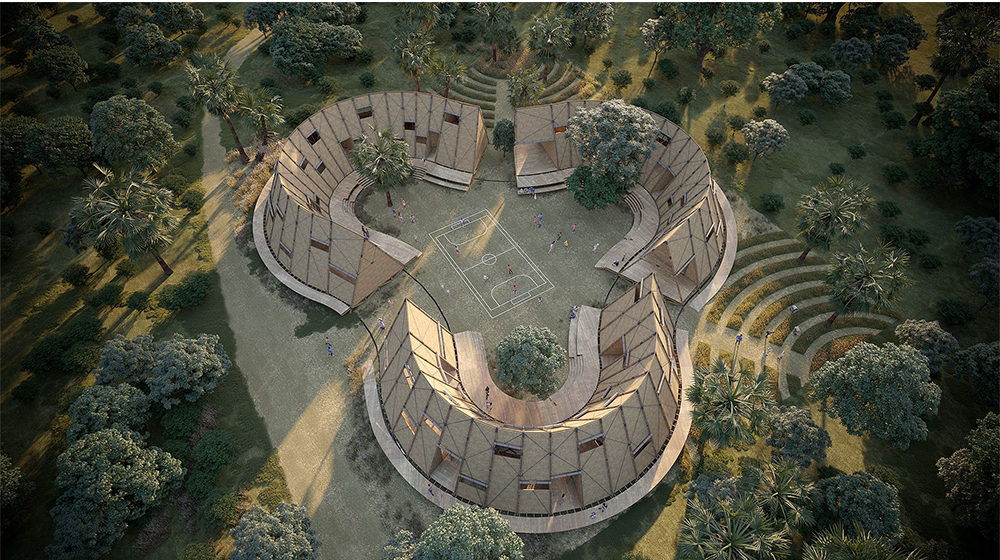
 Equality, conservation, cost-effectiveness, construction methods and step-by-step construction: these were the top concerns that drove the design of this project. In Senegal, cultural myths involving baobab trees are the origins of many villages. This was the genesis of the idea to form spaces around the existing trees on the site — the competition also called for them to be preserved. Two circles with a radius of 8 meters surrounded the central trees of the site, and to provide the area of the yard and playground, a third circle was added to the circles for this purpose.
Equality, conservation, cost-effectiveness, construction methods and step-by-step construction: these were the top concerns that drove the design of this project. In Senegal, cultural myths involving baobab trees are the origins of many villages. This was the genesis of the idea to form spaces around the existing trees on the site — the competition also called for them to be preserved. Two circles with a radius of 8 meters surrounded the central trees of the site, and to provide the area of the yard and playground, a third circle was added to the circles for this purpose.
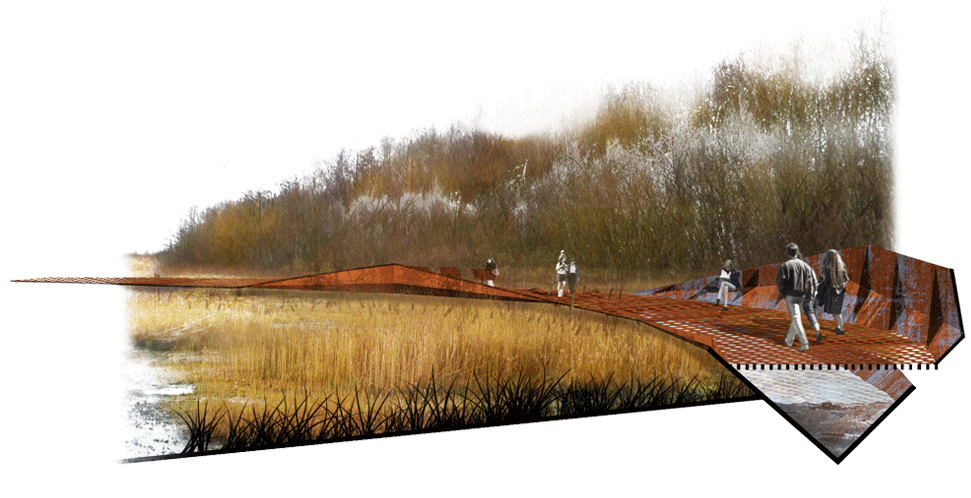 This project imagines a new life for the former Cronton Colliery — a disused coal mine at Knowsley near Manchester — as a world class, sustainable park. At its heart, the architects designed a community space that projects the positive co-existence of natural and urban areas. The buildings and infrastructures are inspired by the textures and color palette naturally occuring on the site — grasslands and birch groves. The master plan takes into account extensive land remediation and revegetation along with the phased introduction of proven community amenities that would draw the public to the area including sustainable housing and eco-tourism in the form of an ecologically designed hotel, conference centre, spa and restaurant.
This project imagines a new life for the former Cronton Colliery — a disused coal mine at Knowsley near Manchester — as a world class, sustainable park. At its heart, the architects designed a community space that projects the positive co-existence of natural and urban areas. The buildings and infrastructures are inspired by the textures and color palette naturally occuring on the site — grasslands and birch groves. The master plan takes into account extensive land remediation and revegetation along with the phased introduction of proven community amenities that would draw the public to the area including sustainable housing and eco-tourism in the form of an ecologically designed hotel, conference centre, spa and restaurant.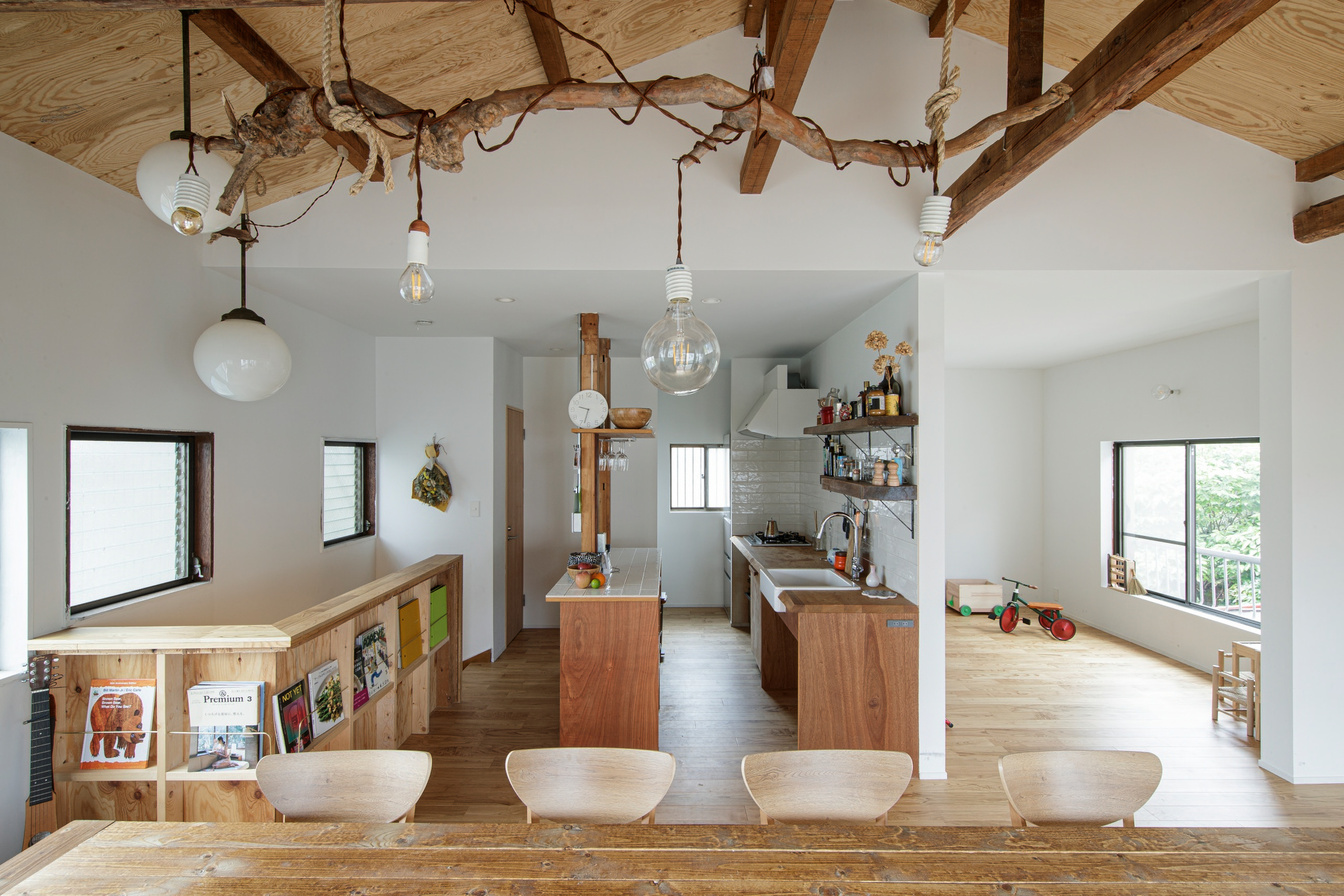
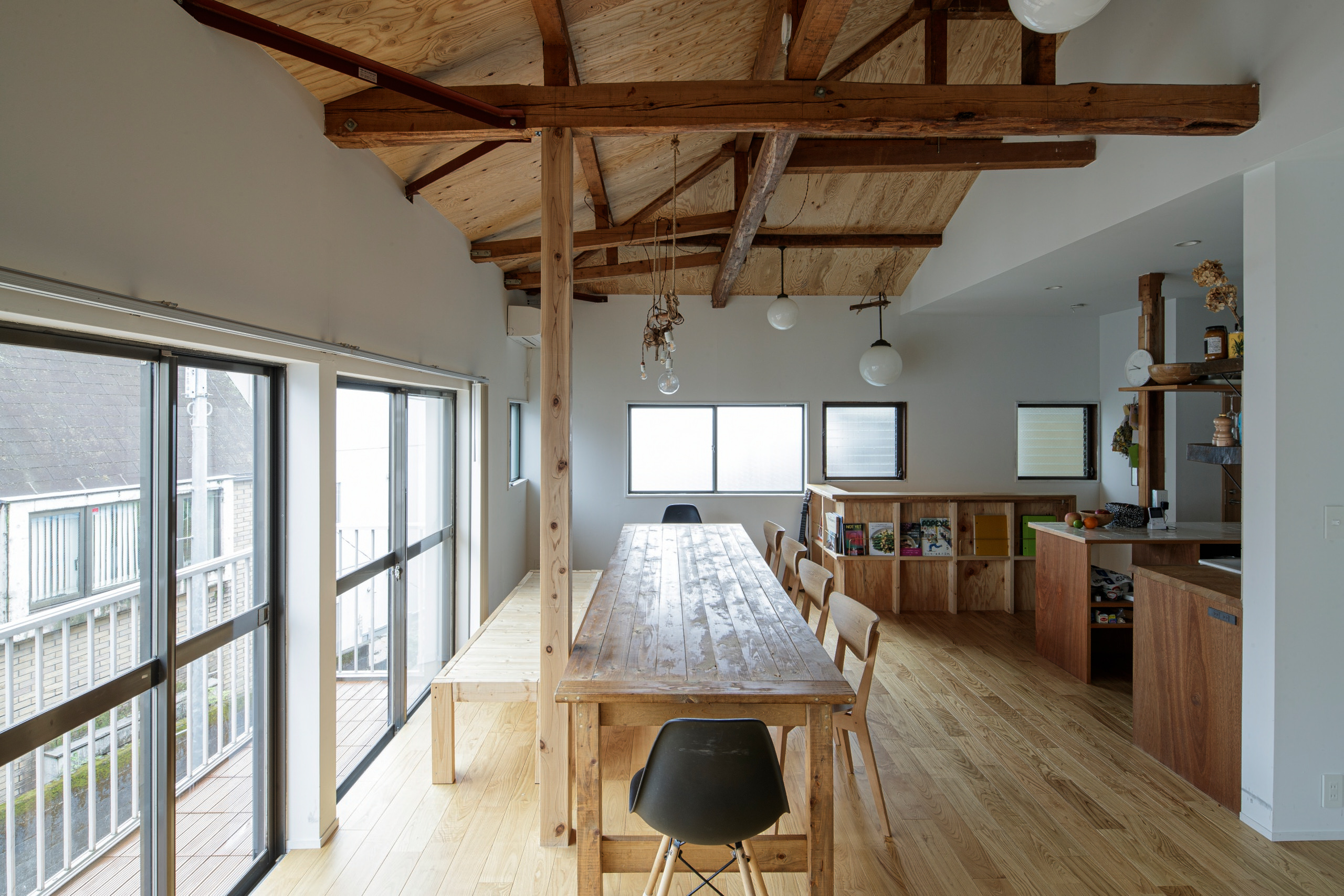

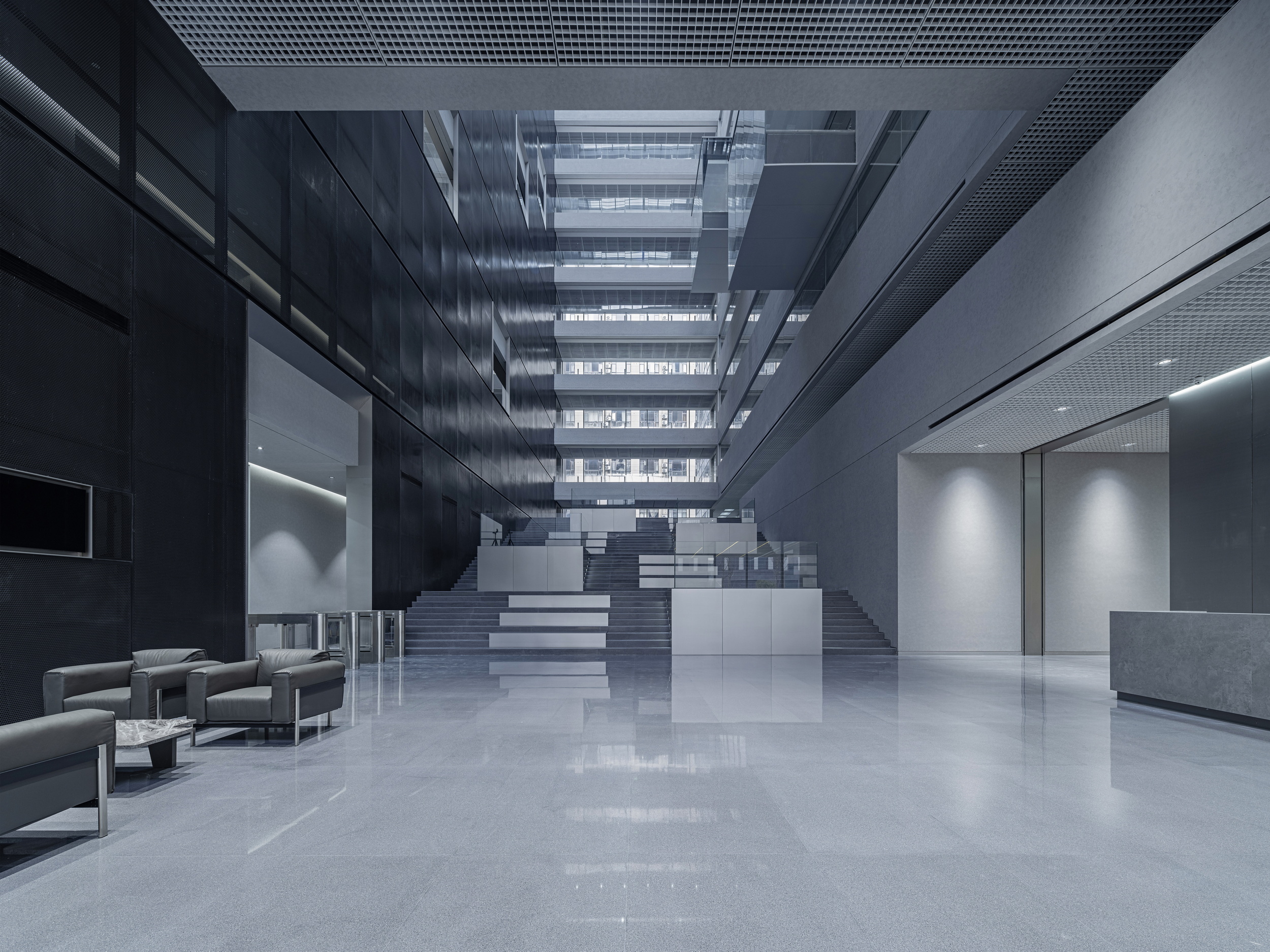 After 4 years, line+ completed the headquarters building for VIEWSHINE, a listed company developing from traditional instruments to intelligence. With integrated design, line+ has created a brand-new office space fit to accommodate the ever-evolving working scenarios and needs in the future and reflecting a unique corporate image in the historic city center. After the tailor-made architectural space language has completed the empowerment of the company’s own brand image, the original concept and vision will be embodied in the spatial details of the user’s personal experience. Through interior design, the intangible corporate values will be conveyed. Ultimately, line+ incorporates corporate culture into the workplace by building its headquarters.
After 4 years, line+ completed the headquarters building for VIEWSHINE, a listed company developing from traditional instruments to intelligence. With integrated design, line+ has created a brand-new office space fit to accommodate the ever-evolving working scenarios and needs in the future and reflecting a unique corporate image in the historic city center. After the tailor-made architectural space language has completed the empowerment of the company’s own brand image, the original concept and vision will be embodied in the spatial details of the user’s personal experience. Through interior design, the intangible corporate values will be conveyed. Ultimately, line+ incorporates corporate culture into the workplace by building its headquarters.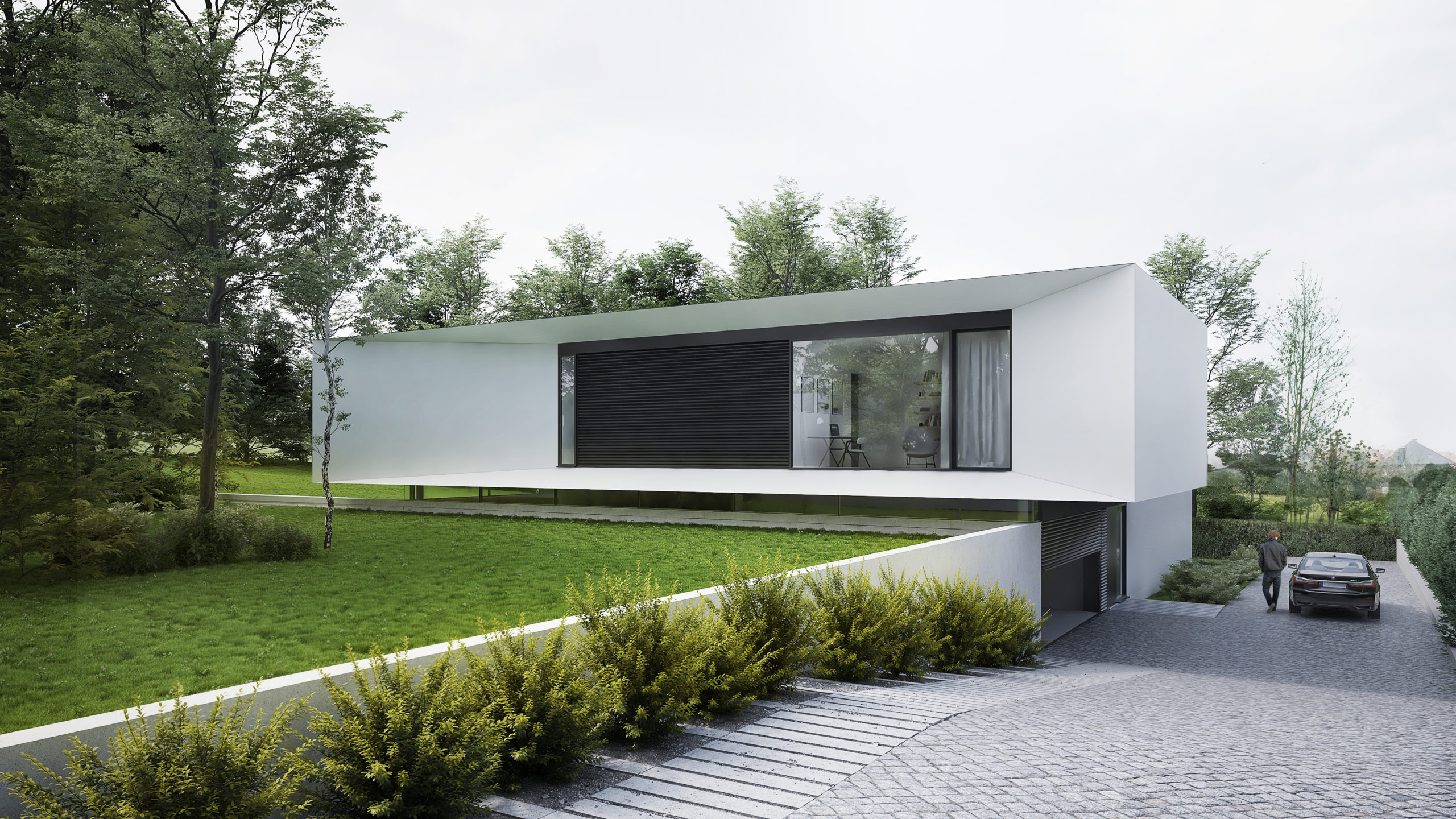
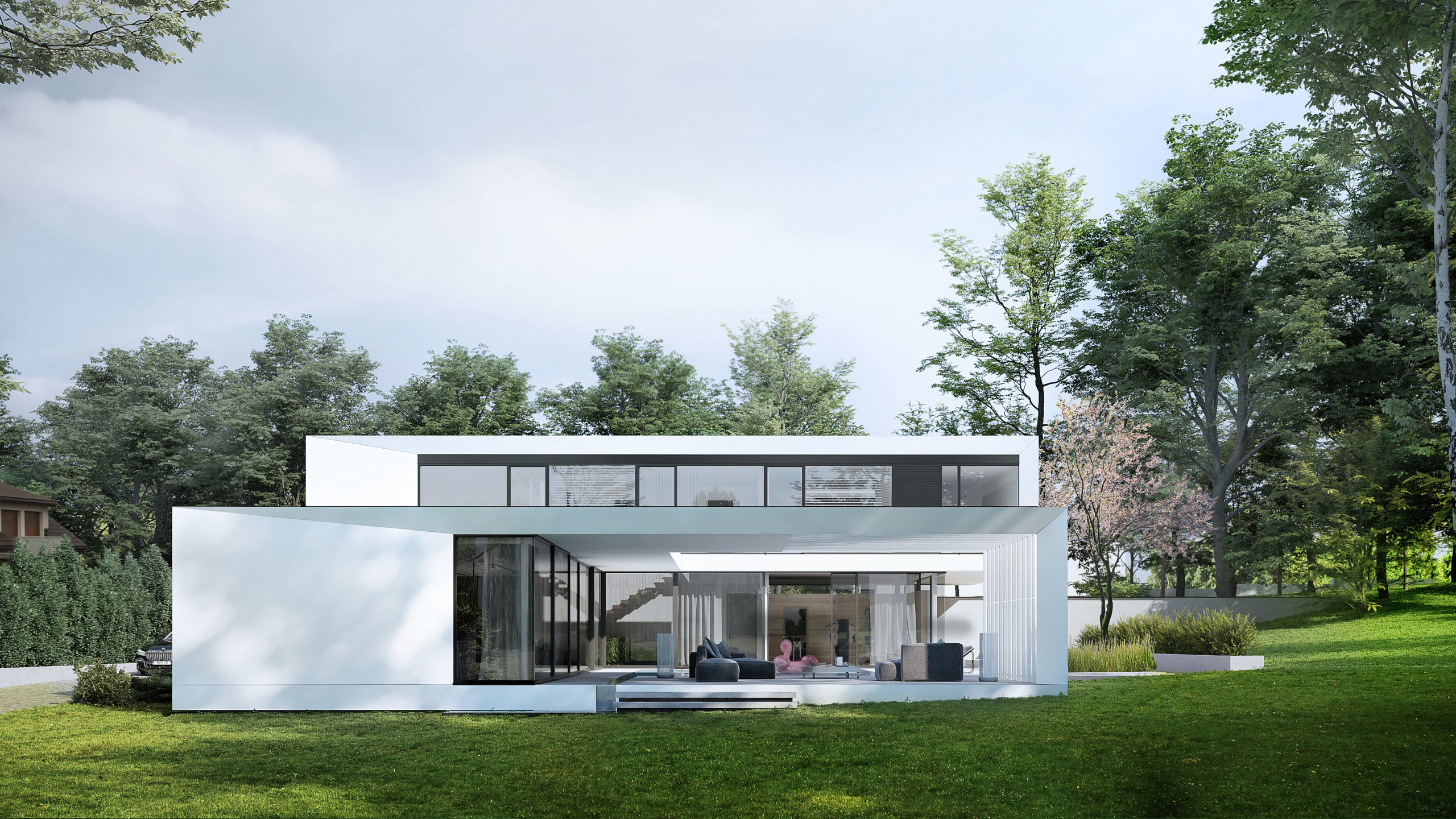 Flamingo house sits on the frontier of a former brickyard, which has been been transformed into a recreation park for the historic city of Zory. The site’s varied terrain, which ranges significantly in height, informed the design. On one side, a simple and light rectangular volume emerges; it is raised above the ground level with a glazed ‘belt’ that delimits the building from the ground, creating the illusion of levitating structure. An internal patio serves as the nucleus for the lower level. The façades revel in the juxtaposition between fullness and transparency, and lightness and heaviness — massive blocks contrast with glazed stripes of the facades and the whiteness of the full surfaces is set off by dark rhythm of the windows.
Flamingo house sits on the frontier of a former brickyard, which has been been transformed into a recreation park for the historic city of Zory. The site’s varied terrain, which ranges significantly in height, informed the design. On one side, a simple and light rectangular volume emerges; it is raised above the ground level with a glazed ‘belt’ that delimits the building from the ground, creating the illusion of levitating structure. An internal patio serves as the nucleus for the lower level. The façades revel in the juxtaposition between fullness and transparency, and lightness and heaviness — massive blocks contrast with glazed stripes of the facades and the whiteness of the full surfaces is set off by dark rhythm of the windows.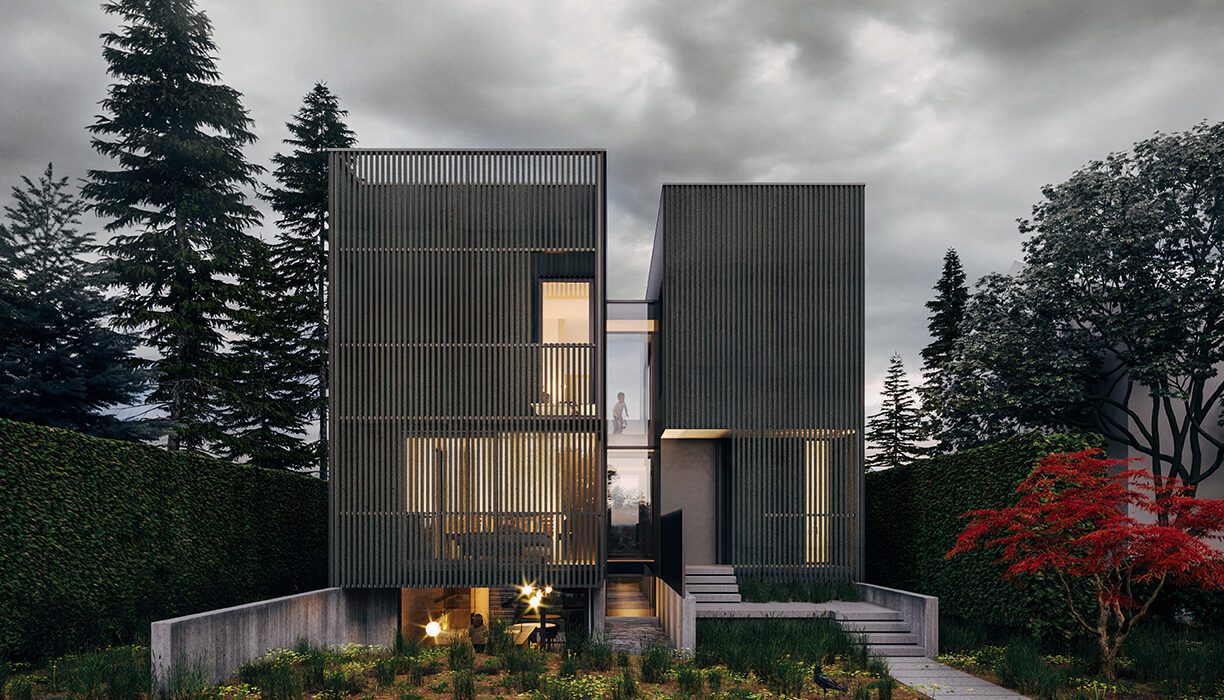

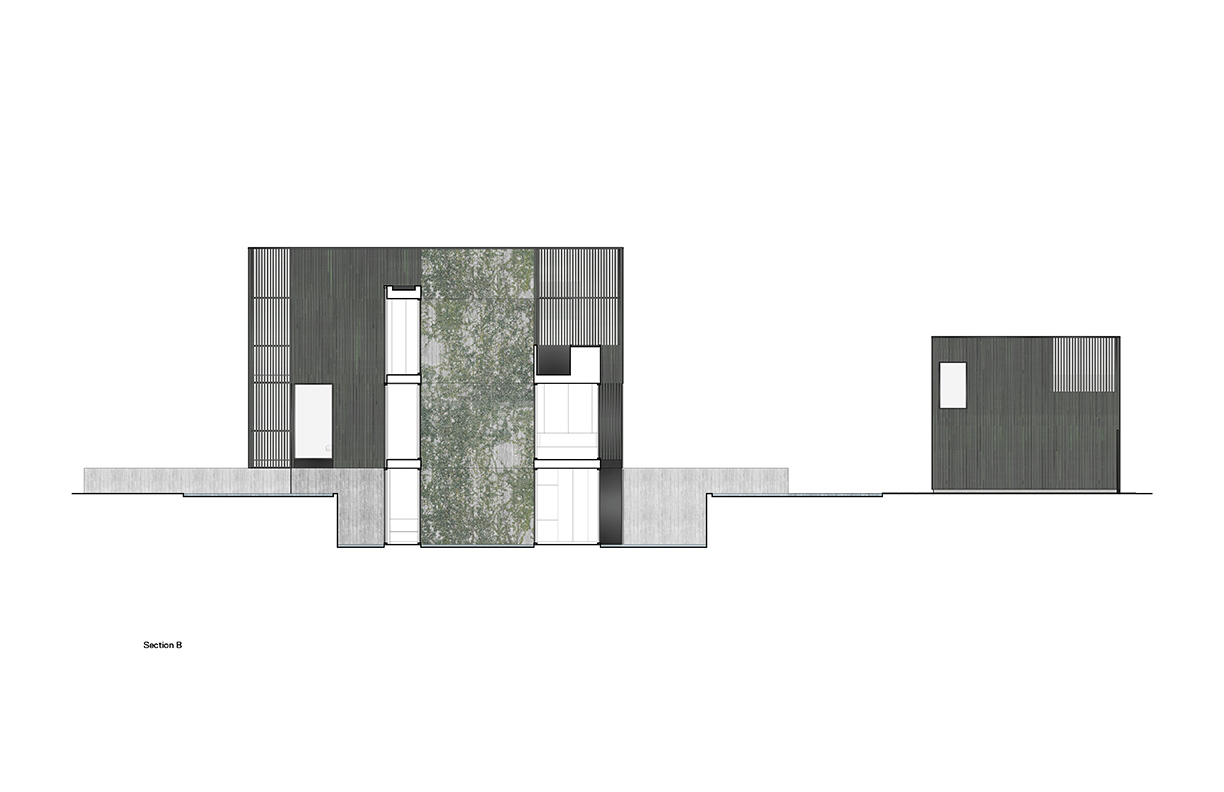 Full House by Leckie Studio Architecture + Design, Vancouver, Canada
Full House by Leckie Studio Architecture + Design, Vancouver, Canada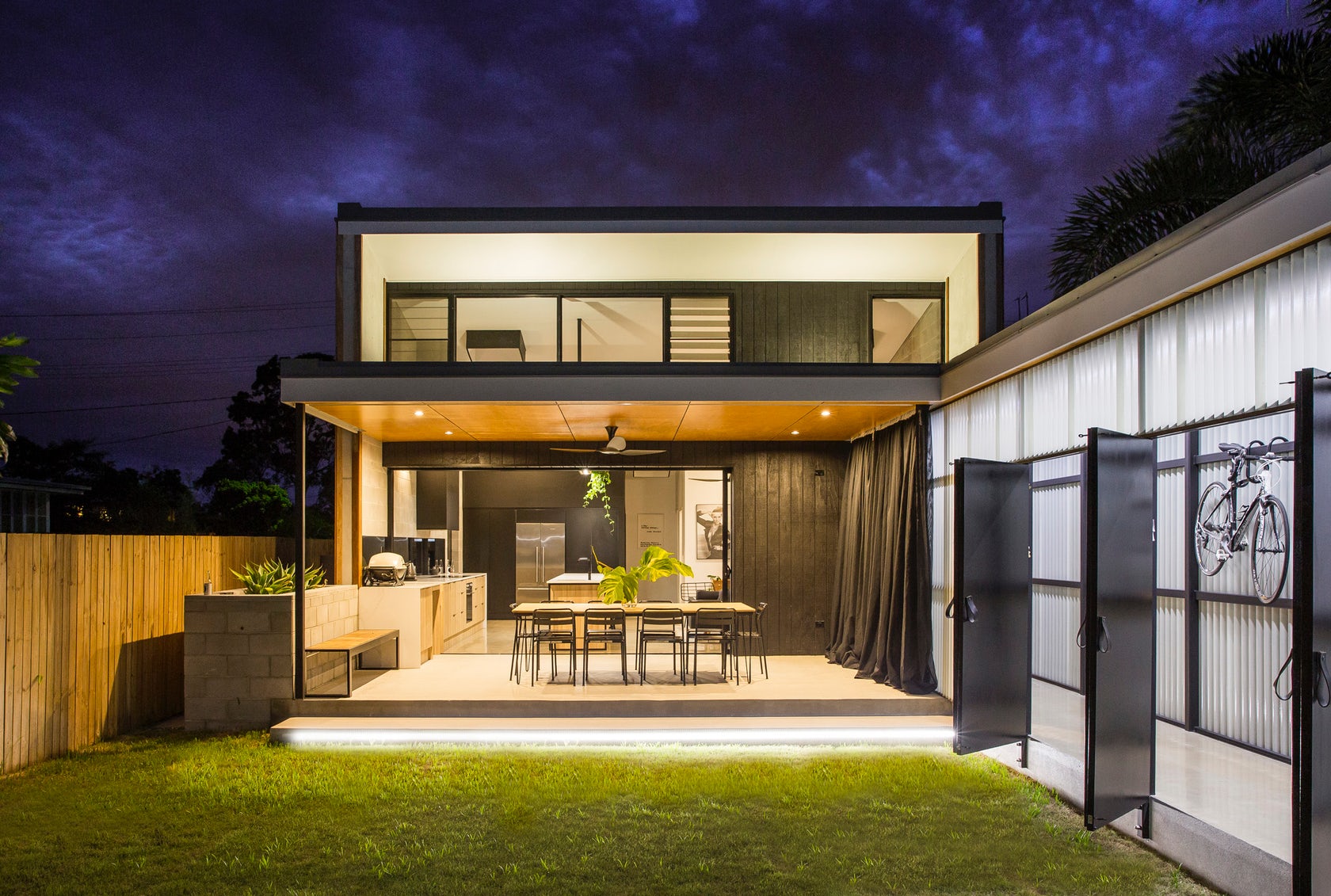
 Laneway House by 9point9 Architects, Townsville, Australia
Laneway House by 9point9 Architects, Townsville, Australia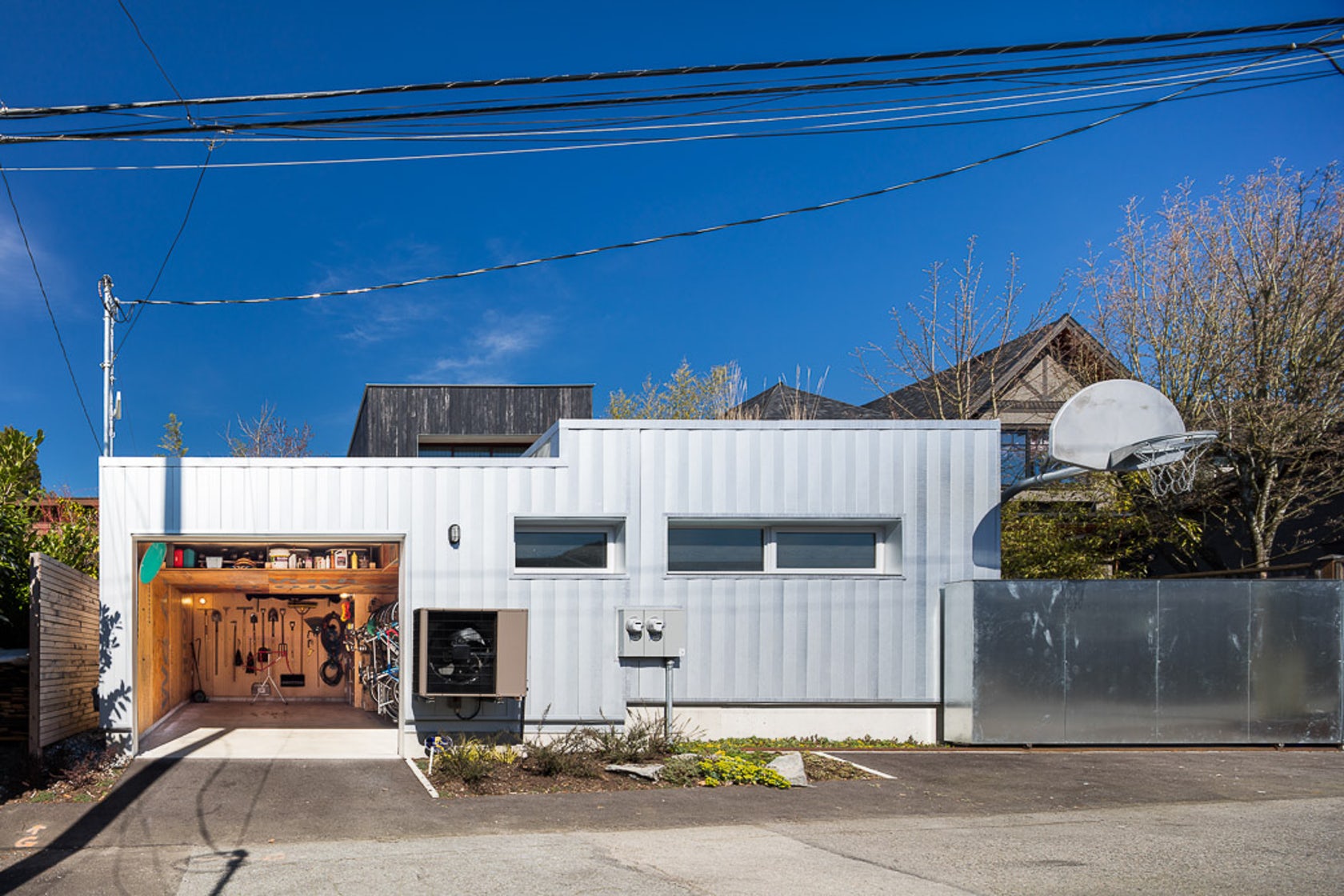
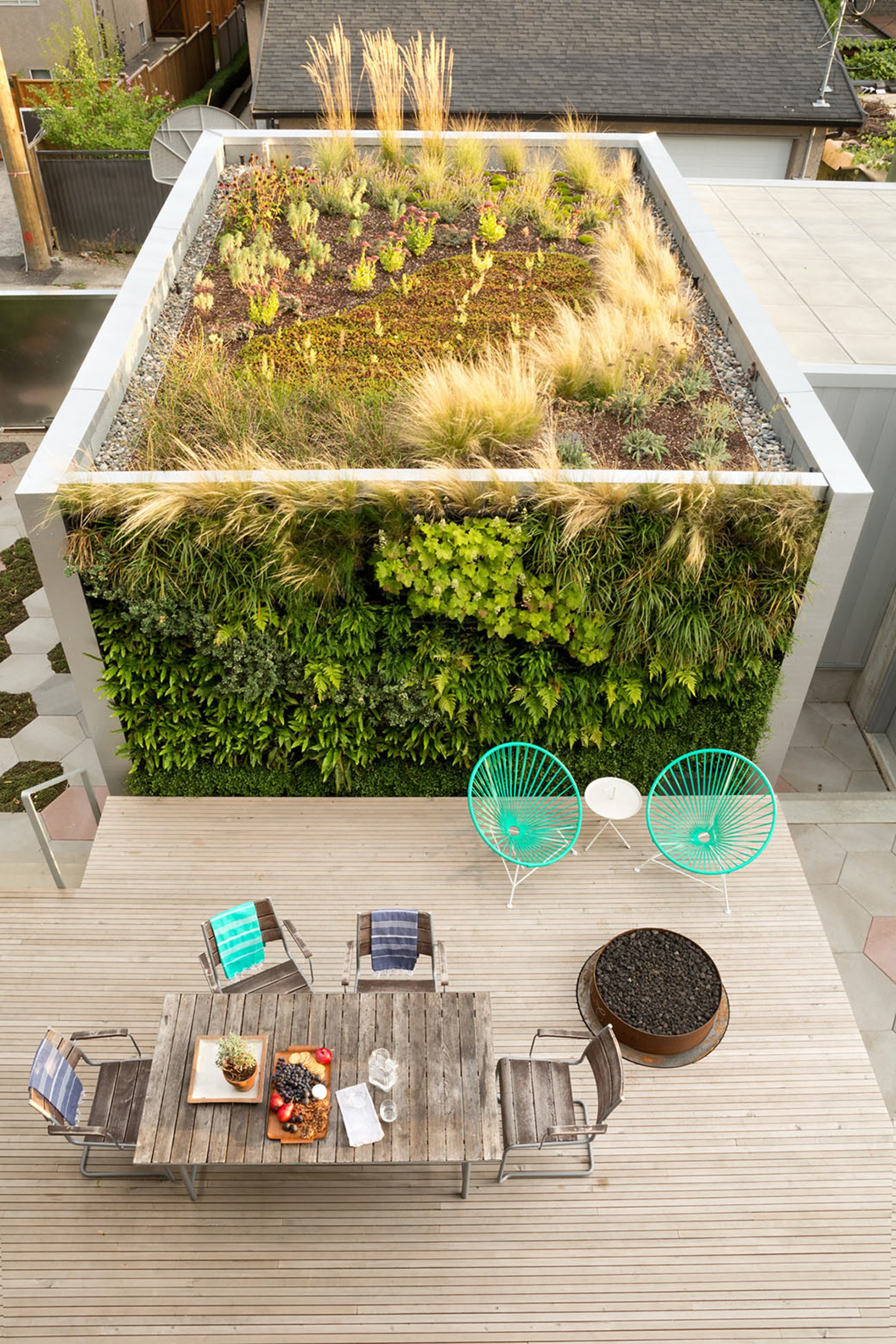 Rough House + Laneway, by Measured Architecture Inc., Vancouver, Canada
Rough House + Laneway, by Measured Architecture Inc., Vancouver, Canada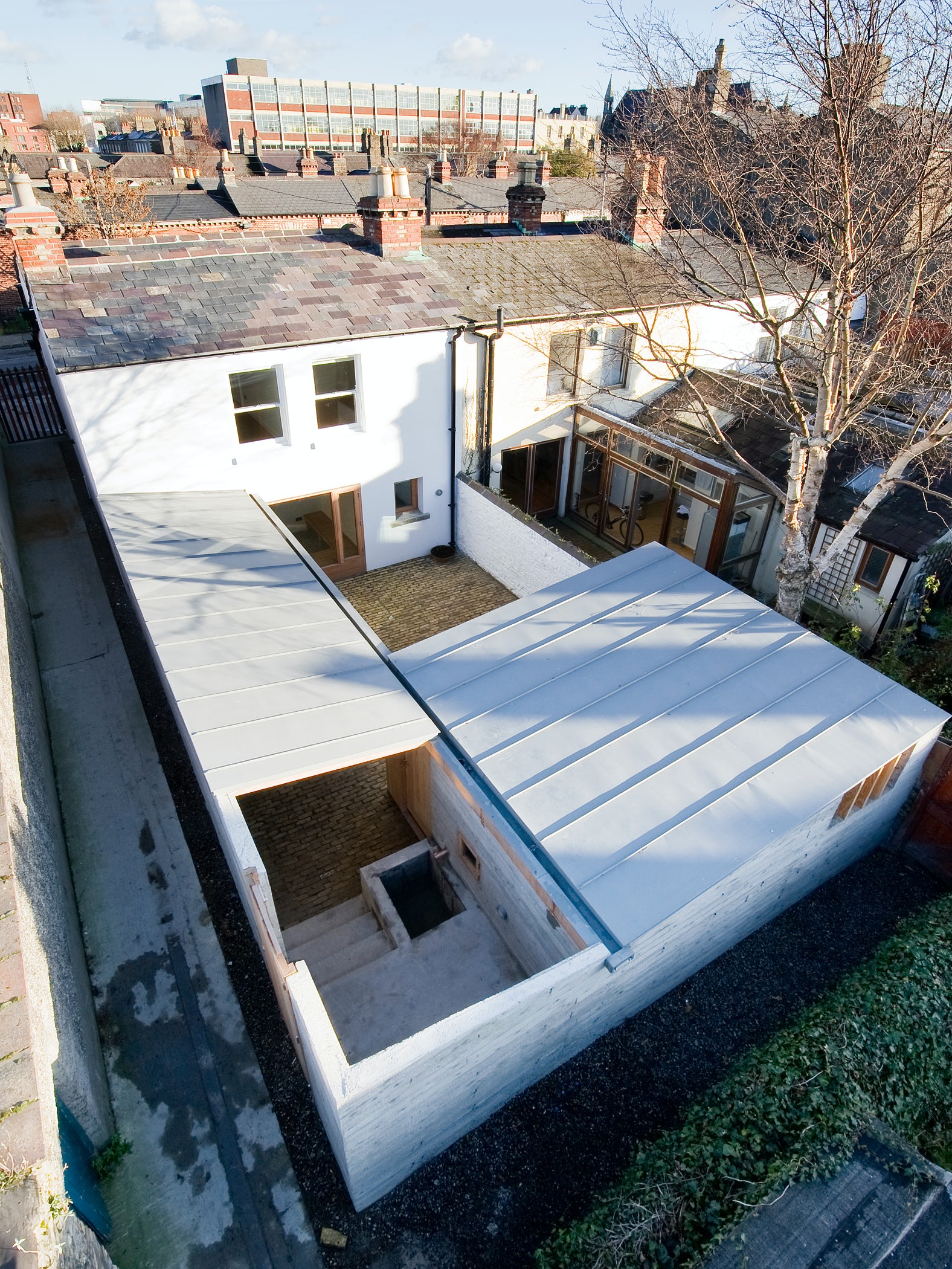
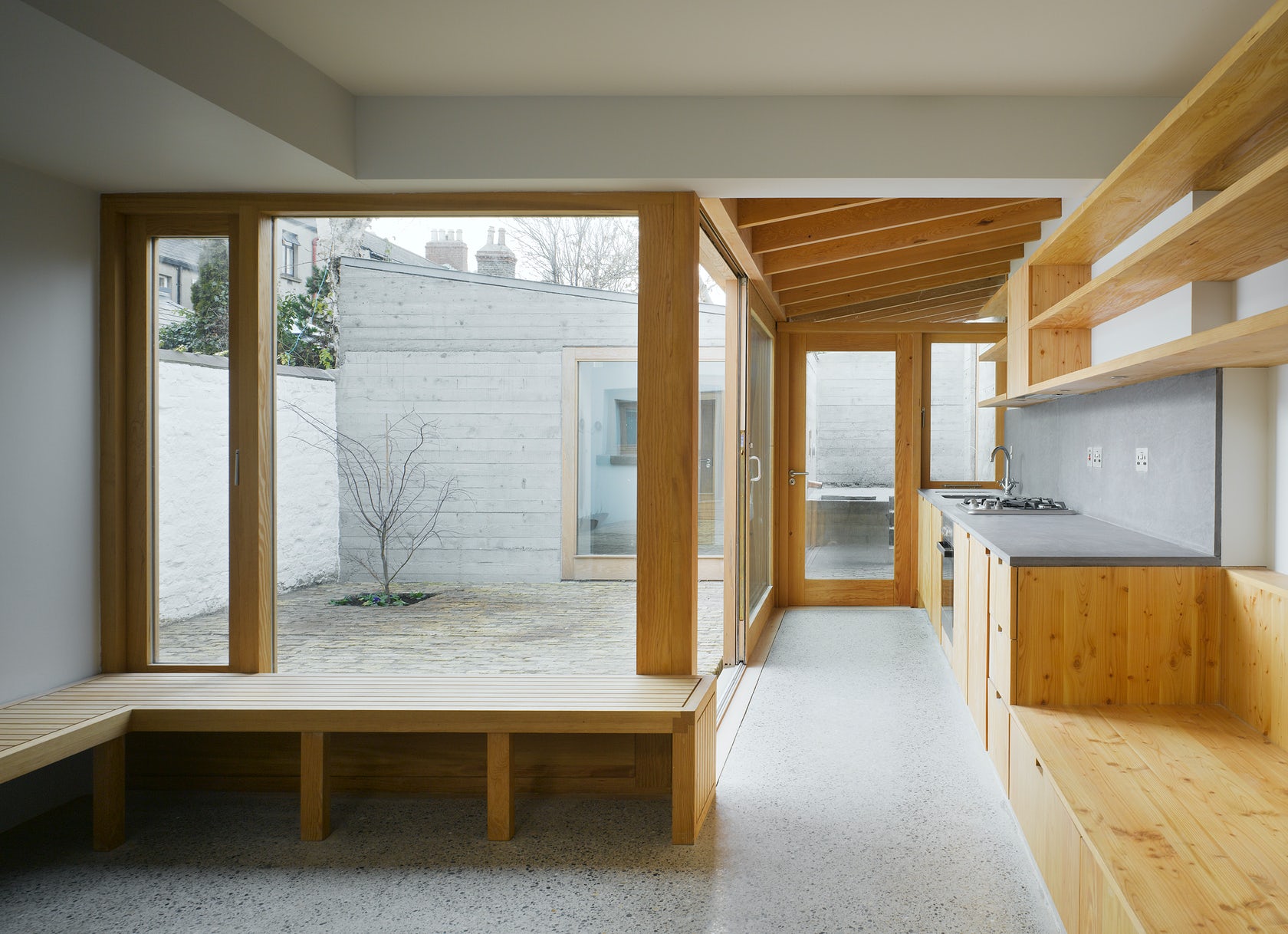 Laneway Wall Garden House by Donaghy & Dimond Architects, Dublin, Ireland
Laneway Wall Garden House by Donaghy & Dimond Architects, Dublin, Ireland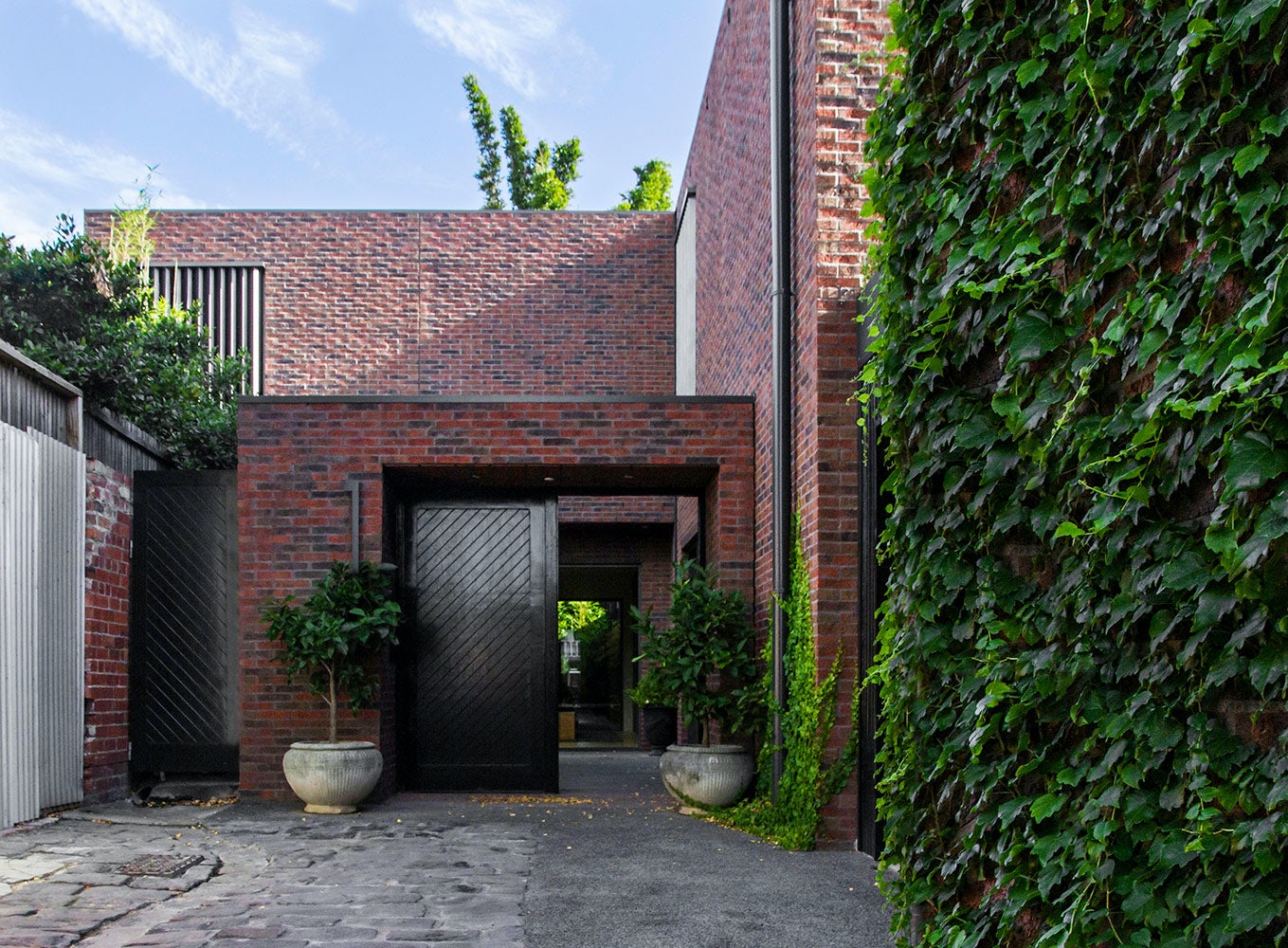
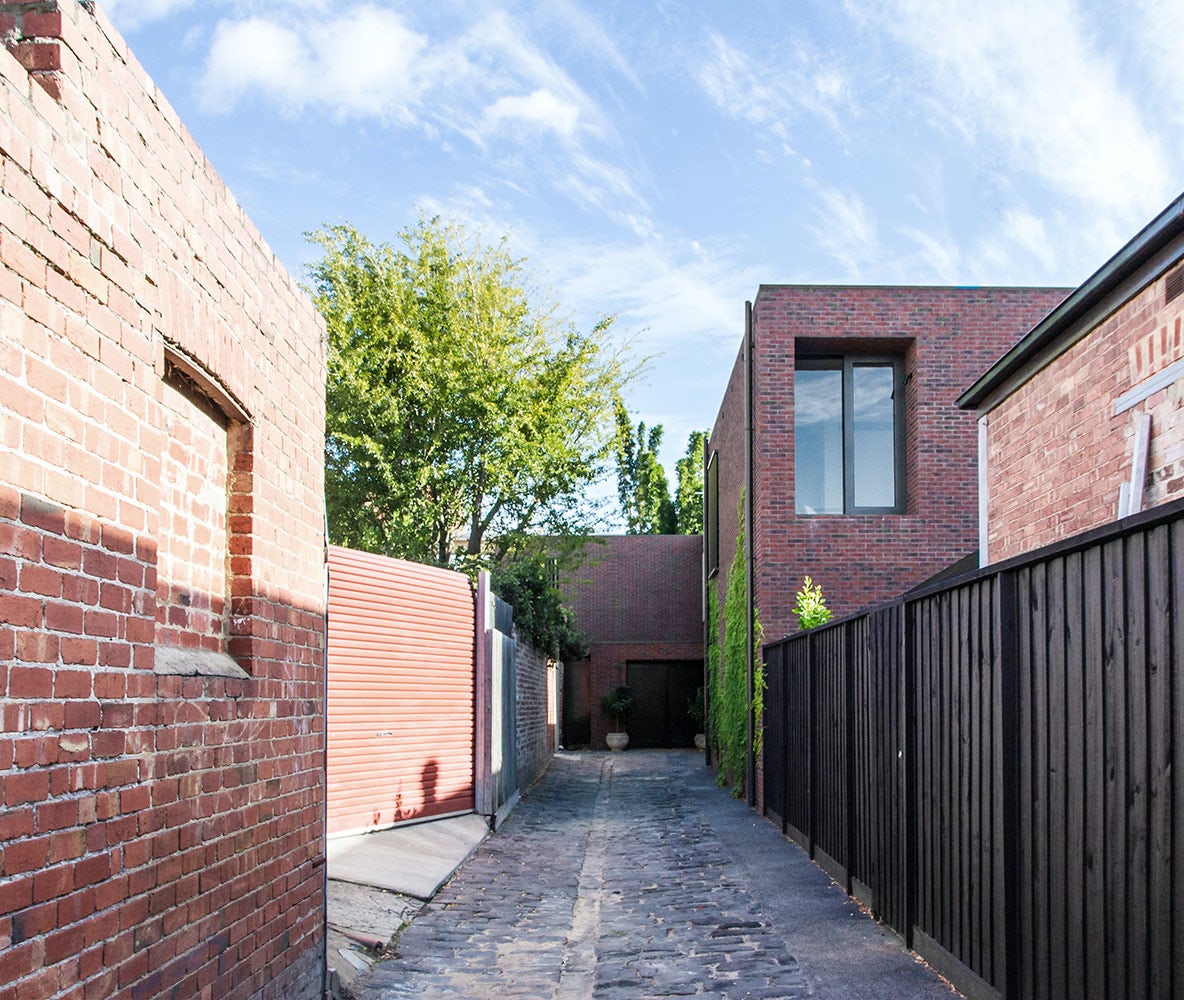 McIlwrick Residences by B.E. Architecture, Melbourne, Australia
McIlwrick Residences by B.E. Architecture, Melbourne, Australia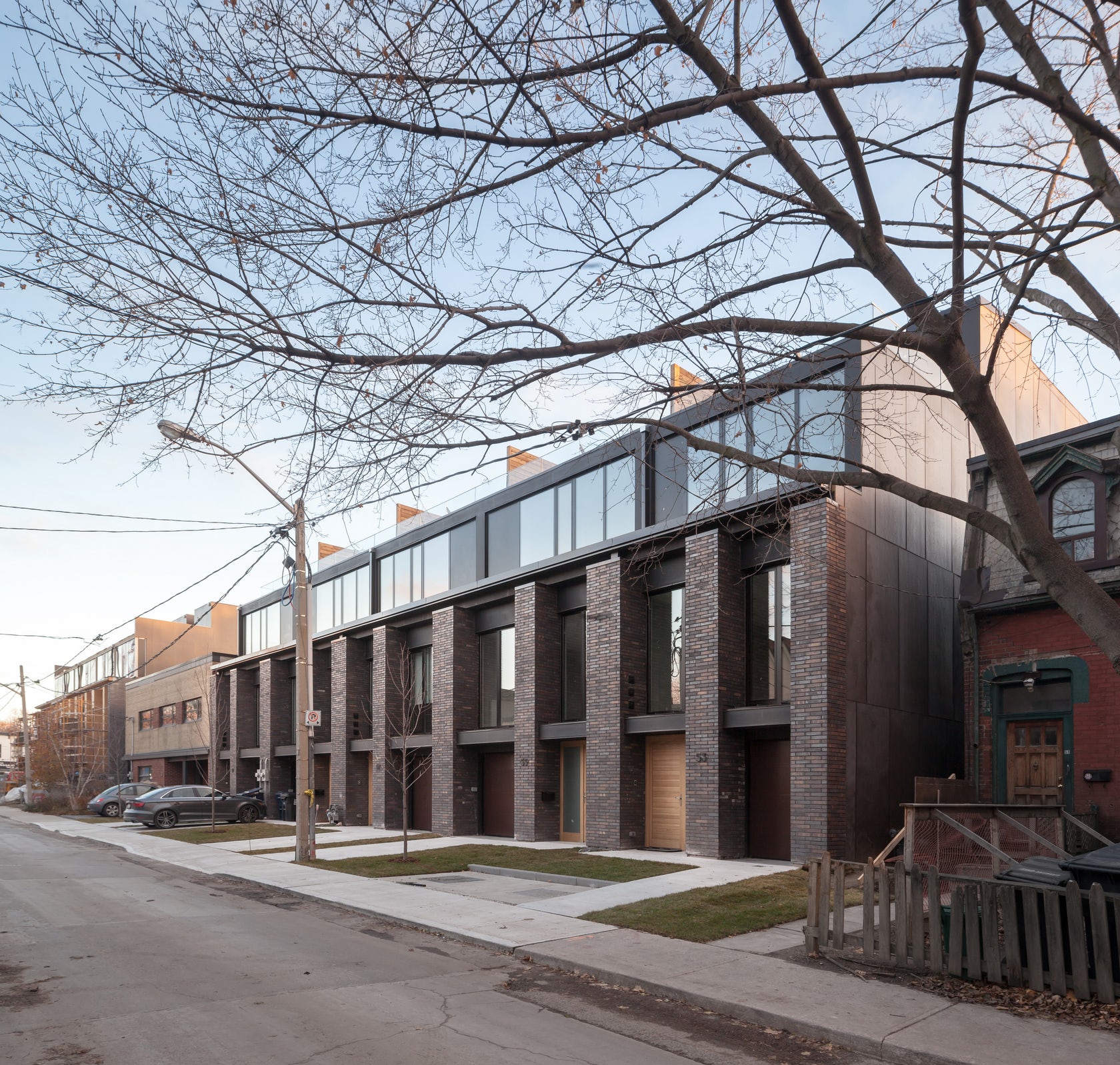
 Riverdale Townhomes by Studio JCI, Toronto, Canada
Riverdale Townhomes by Studio JCI, Toronto, Canada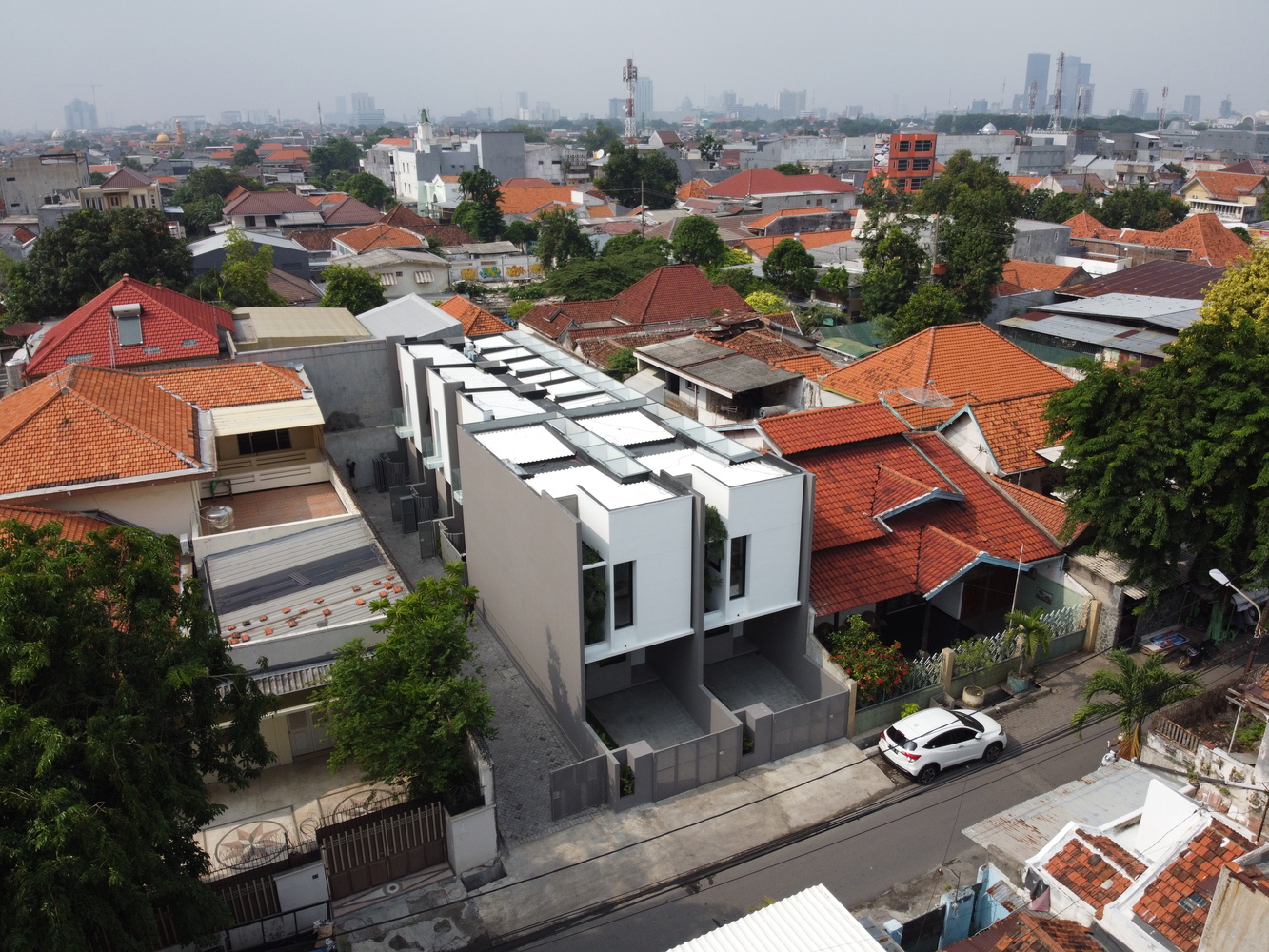
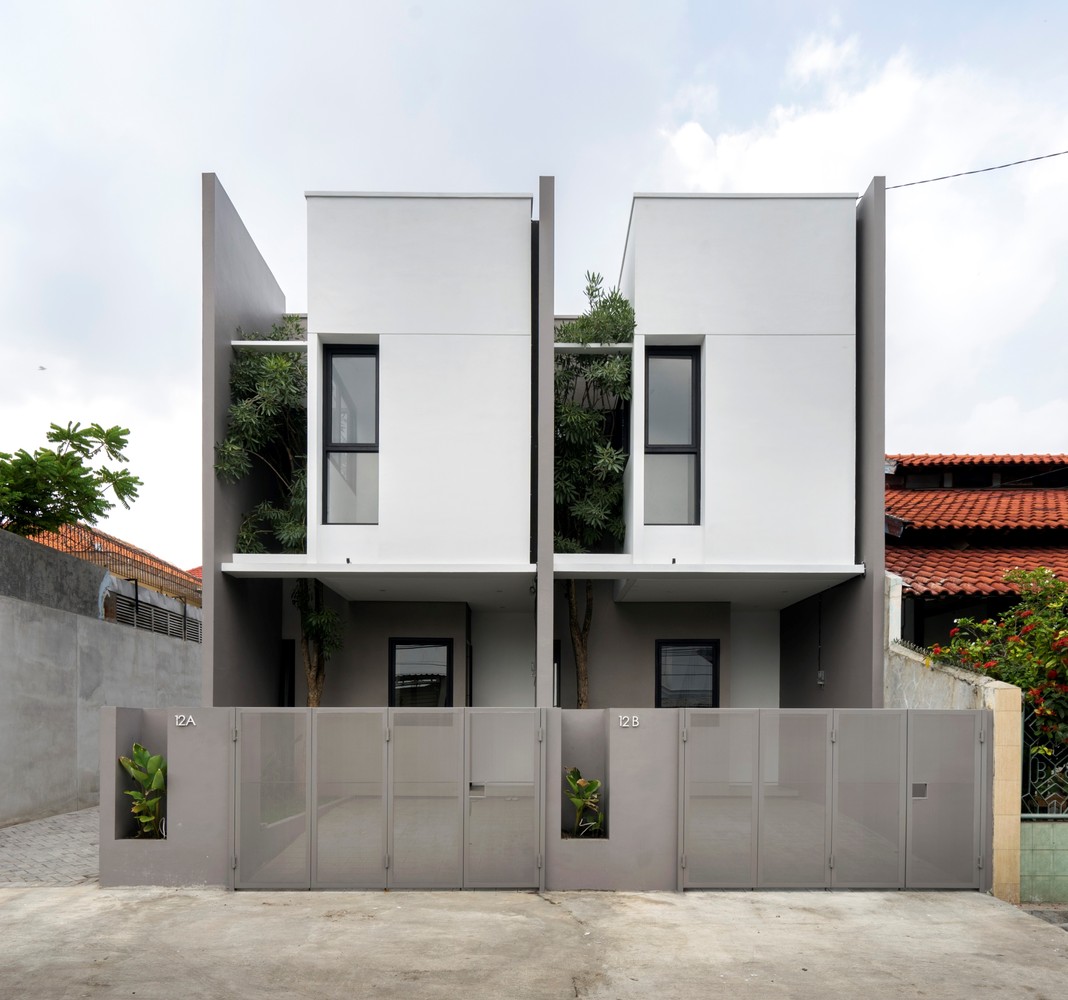
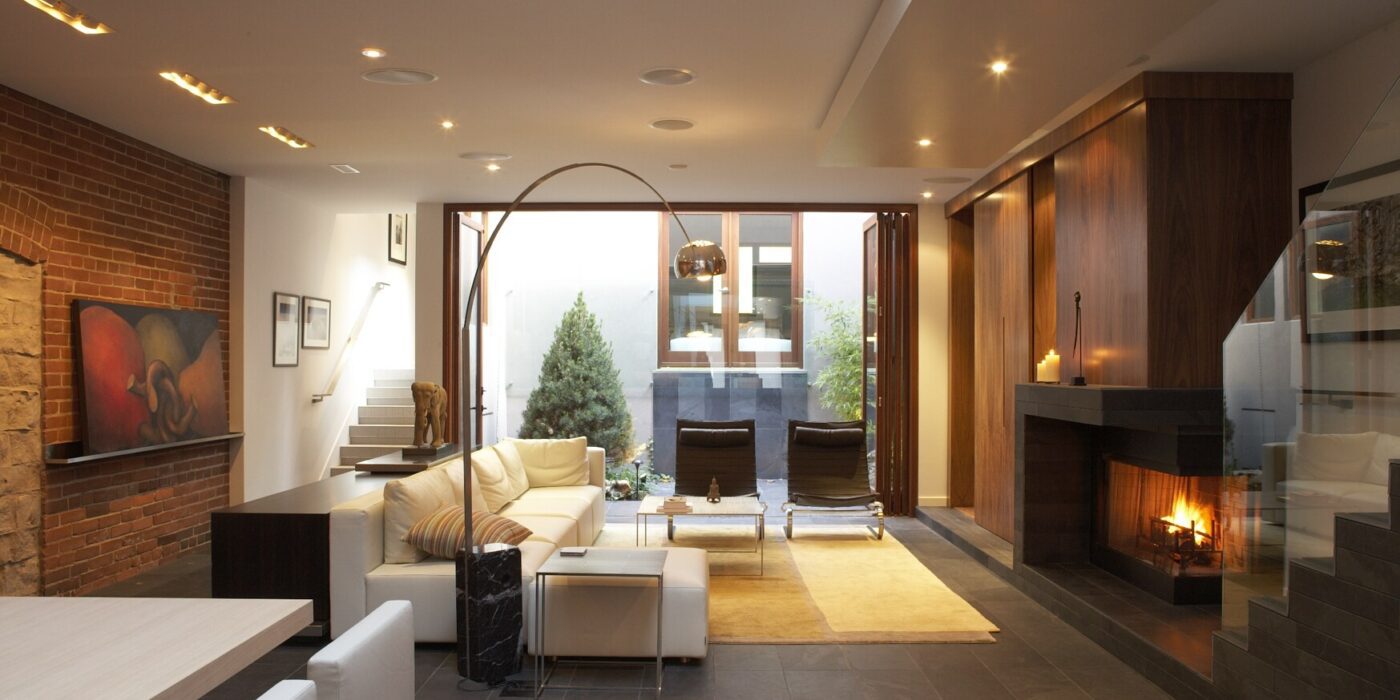
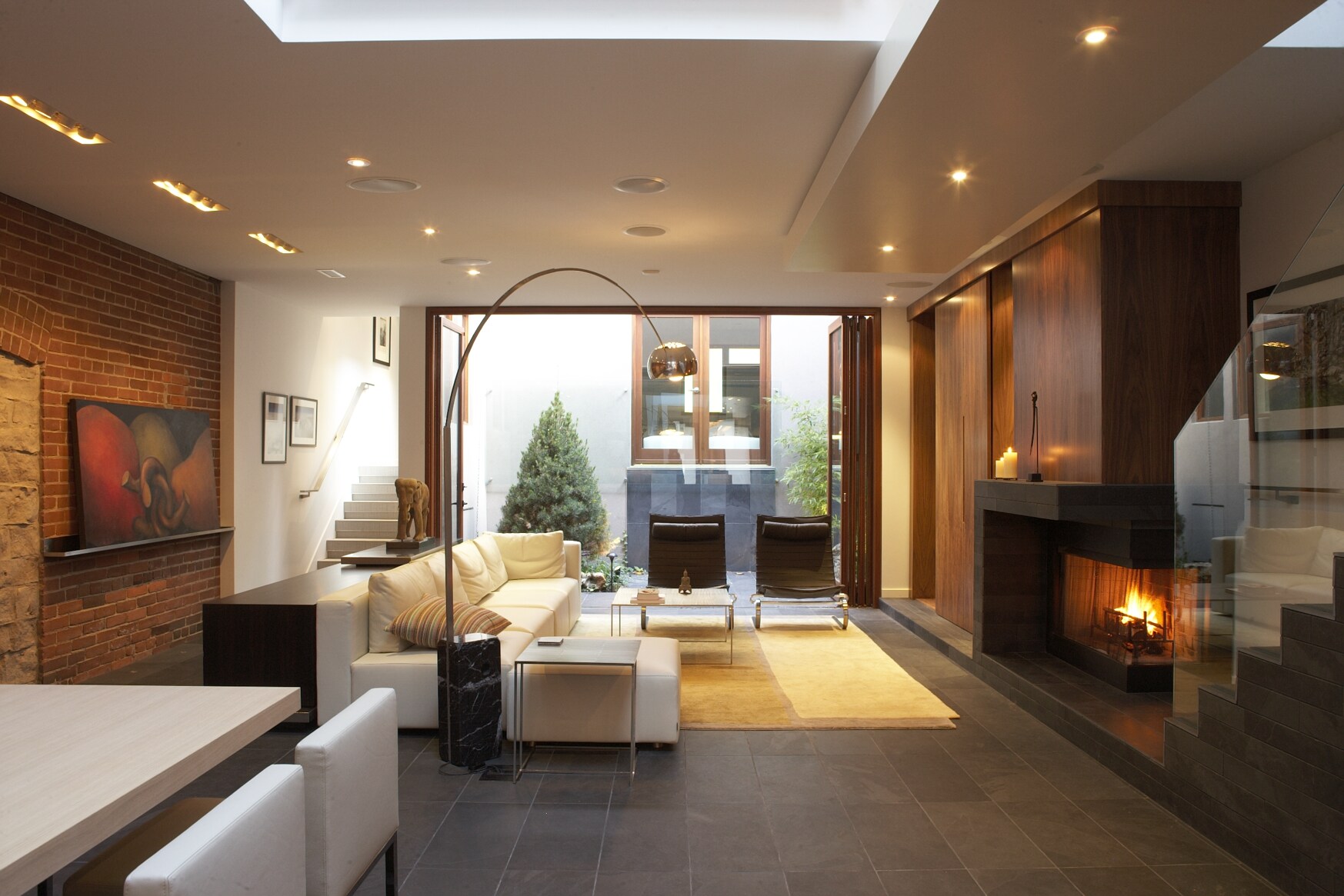
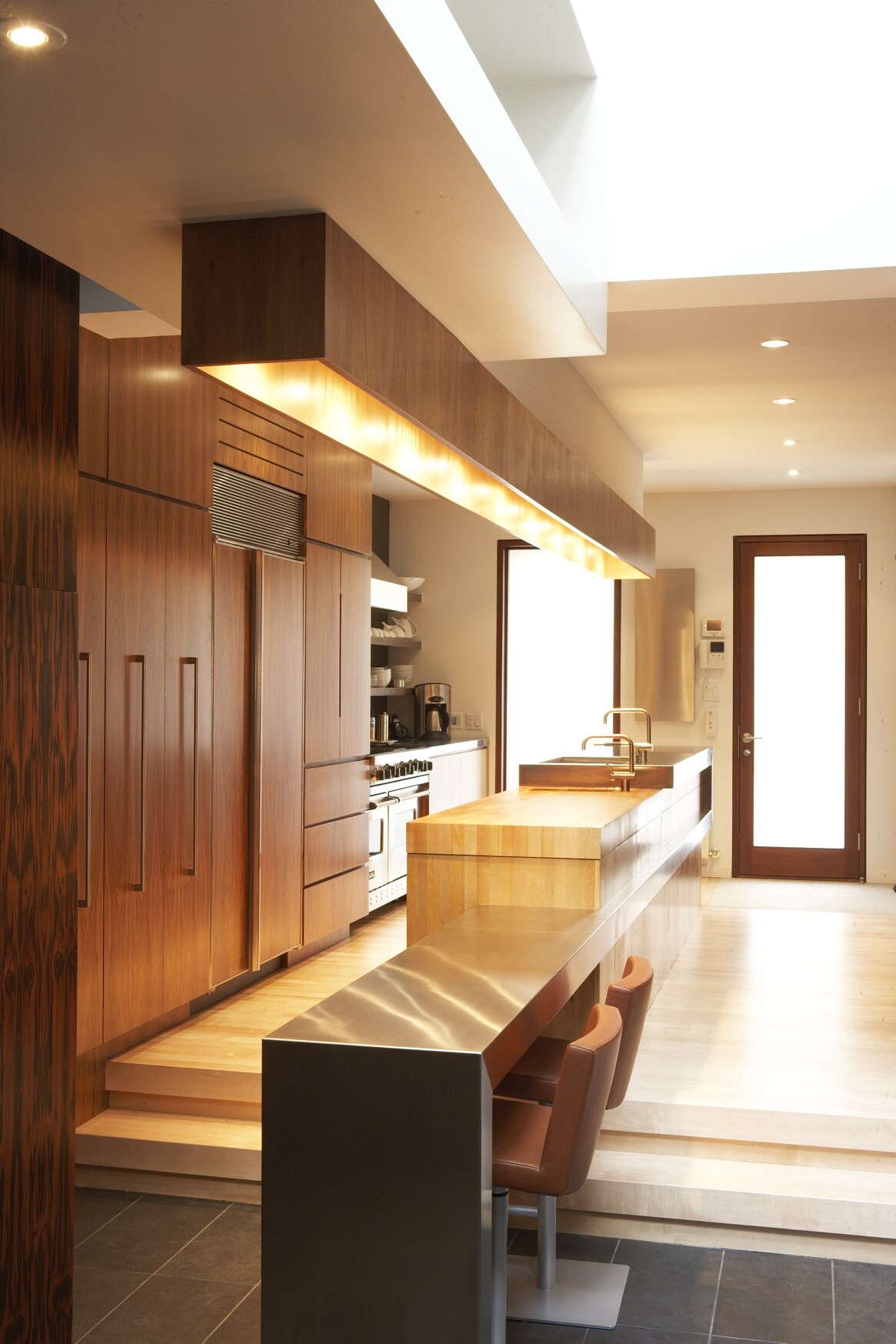

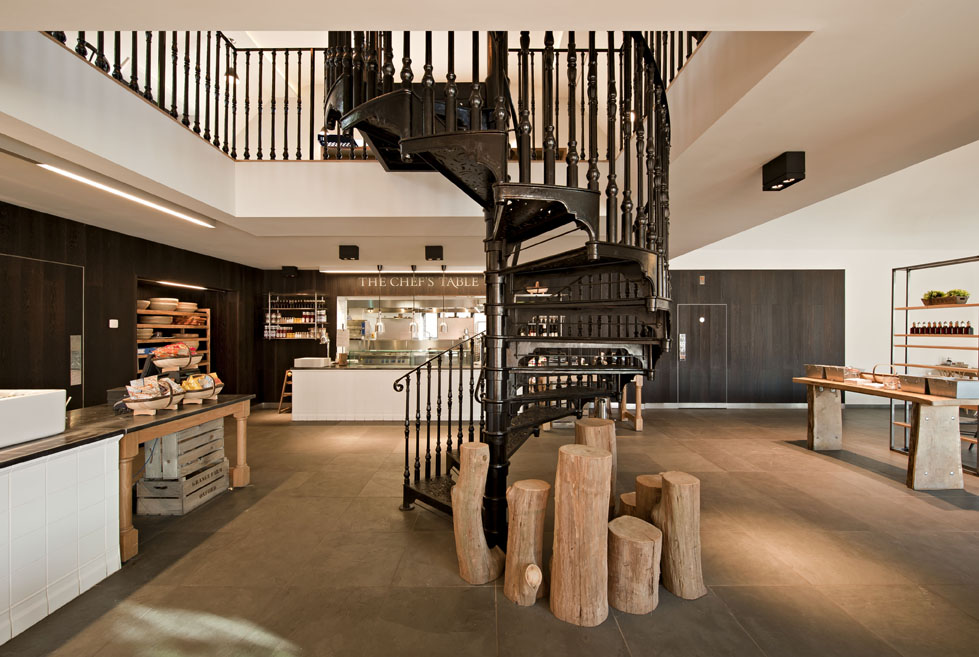 Coach House Restaurant by SHH, London, United Kingdom
Coach House Restaurant by SHH, London, United Kingdom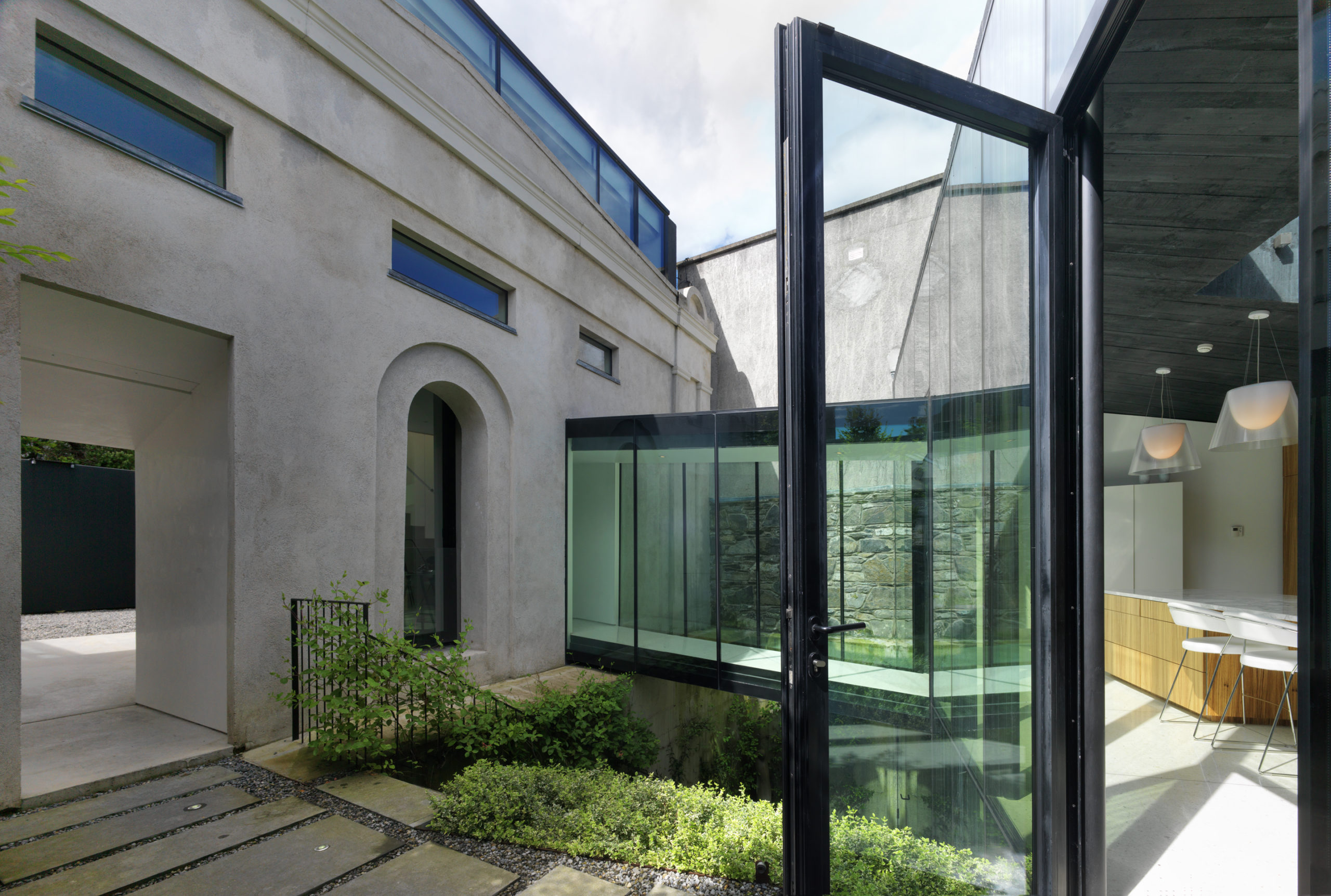
 Flynn Mews House by Lorcan O’Herlihy Architects (LOHA), Dublin, Ireland
Flynn Mews House by Lorcan O’Herlihy Architects (LOHA), Dublin, Ireland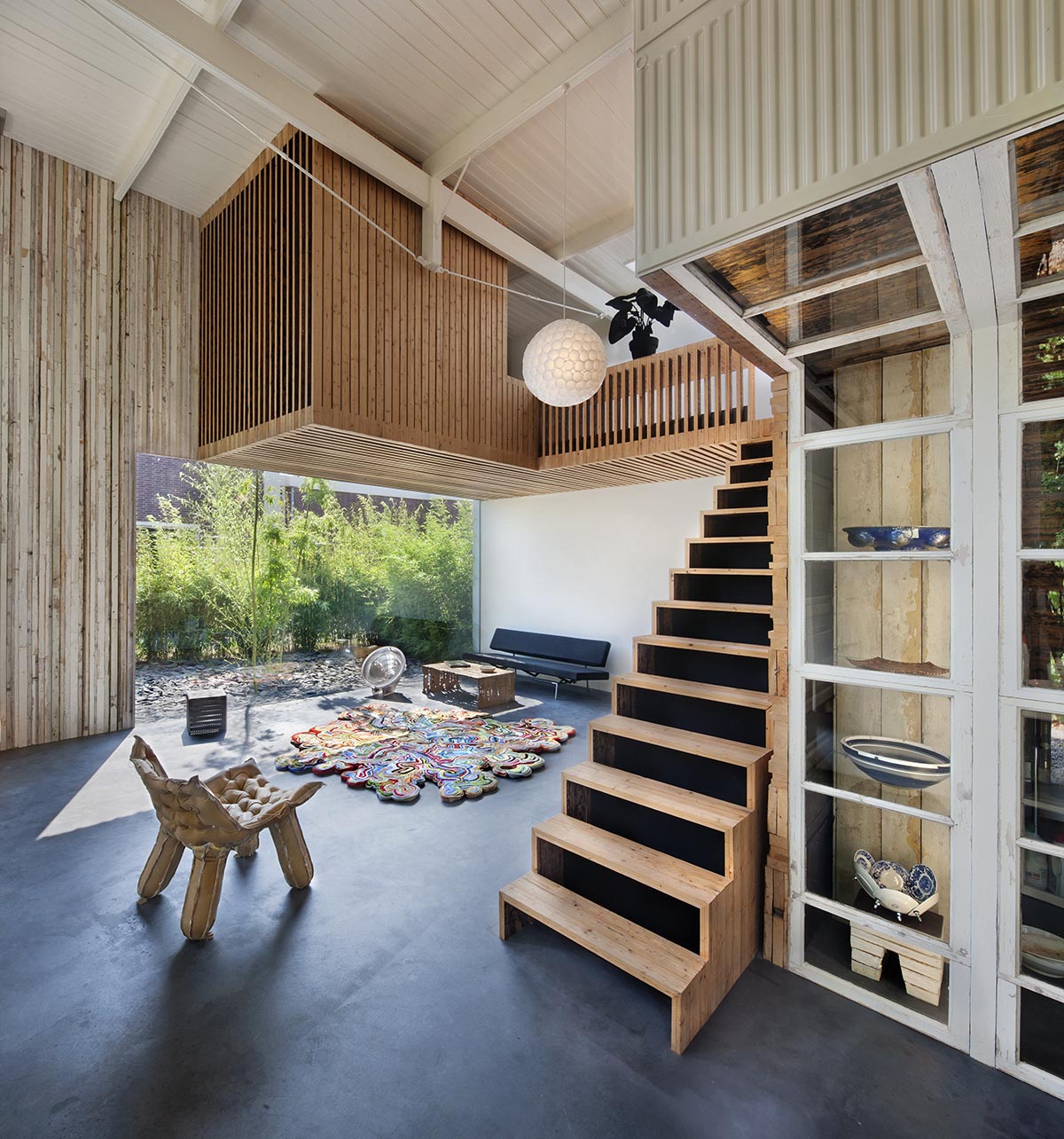
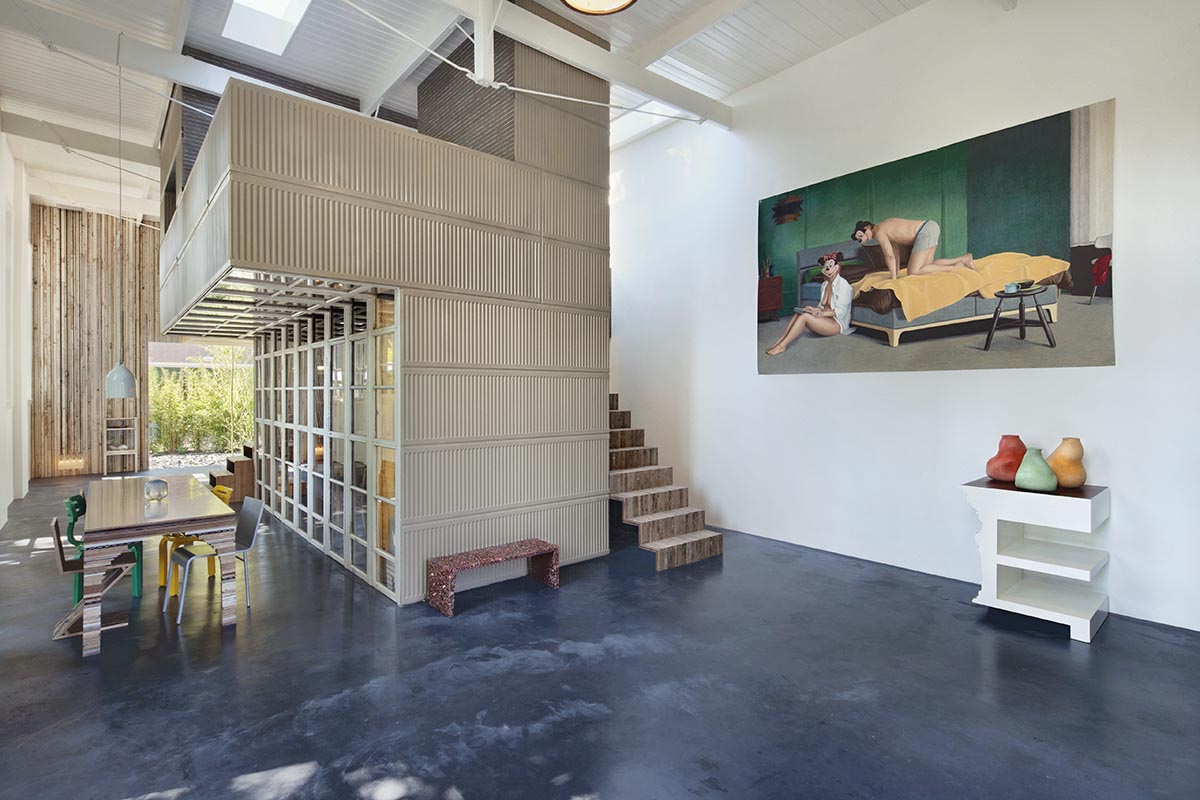
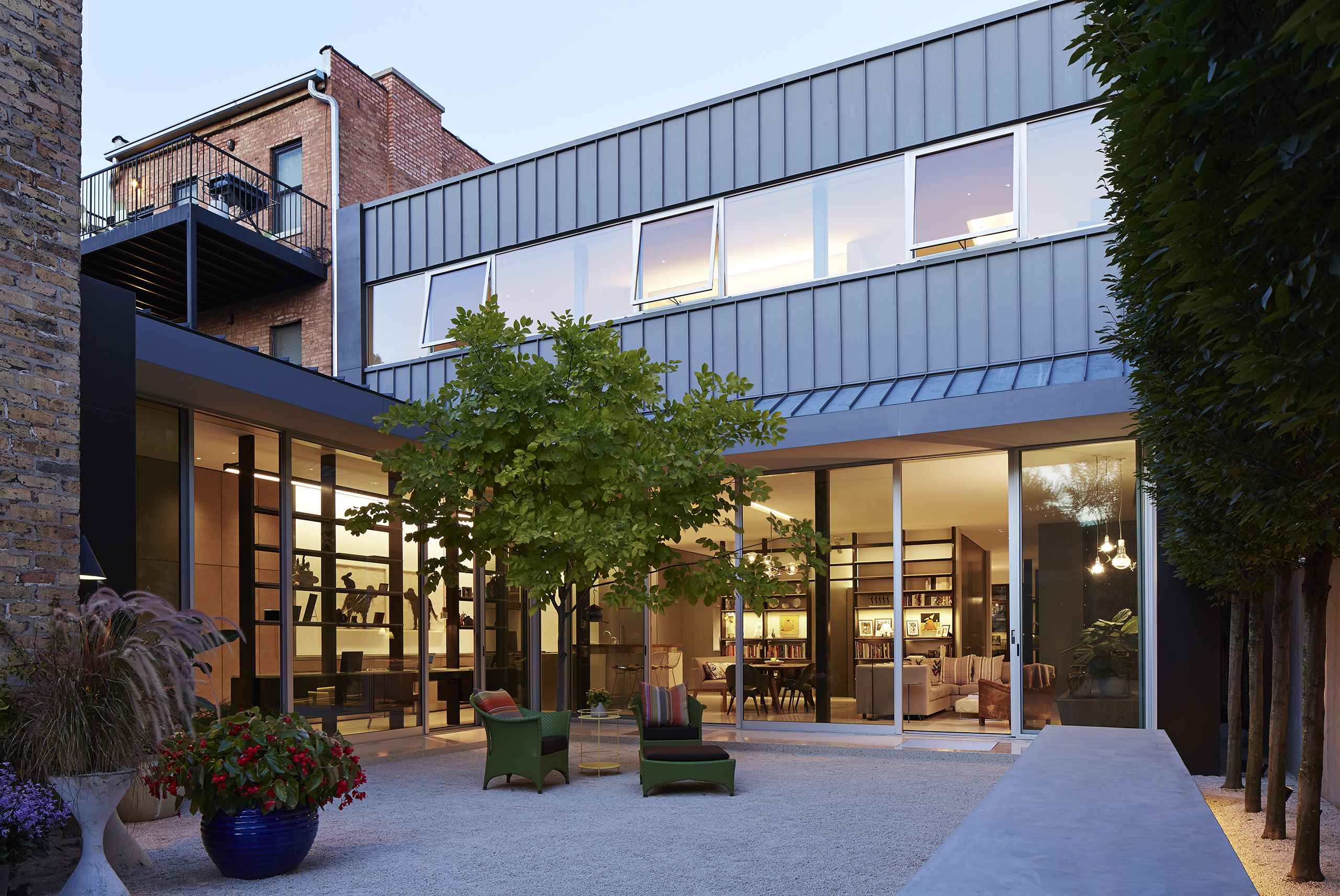
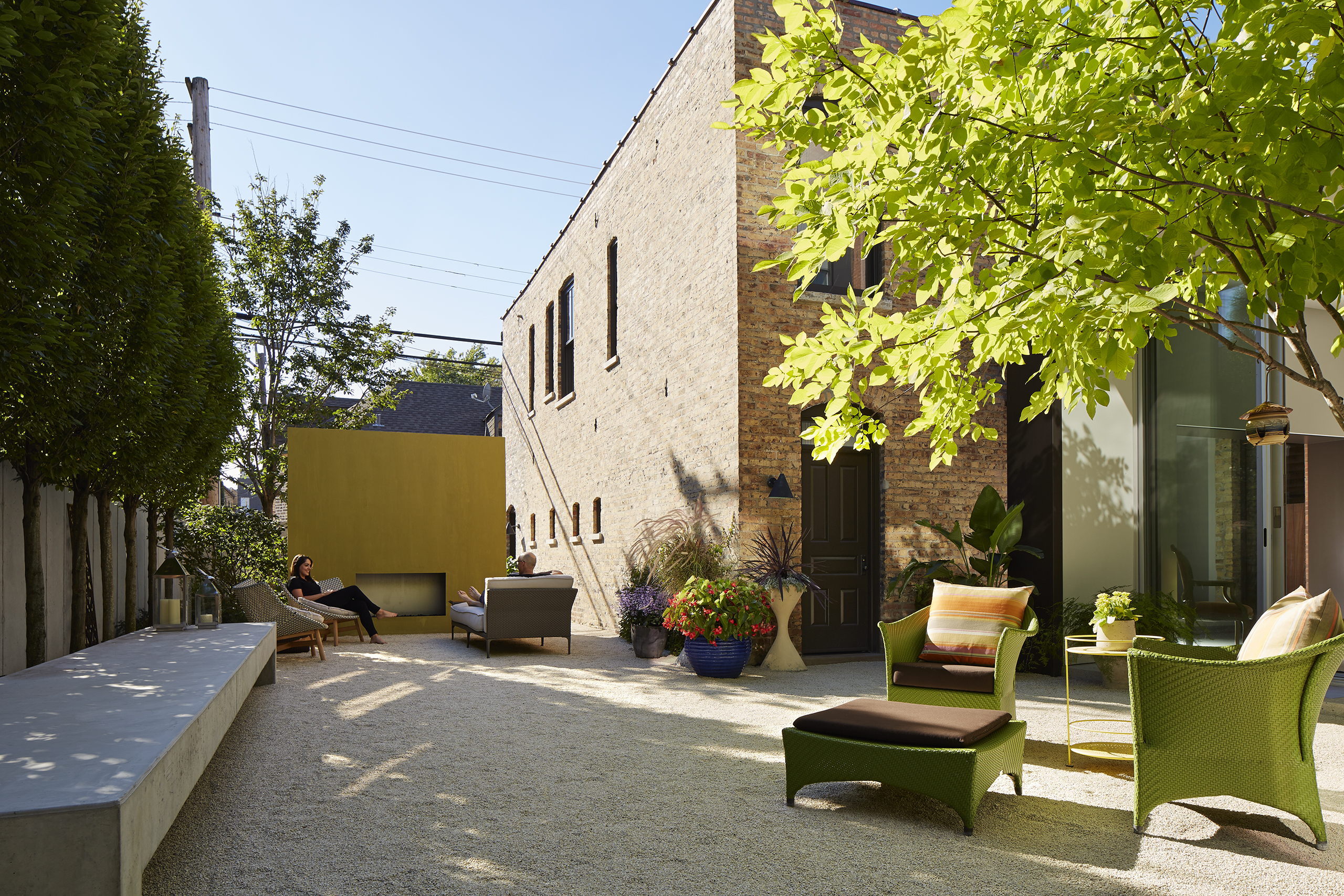 Wicker Park Residence by Wheeler Kearns Architects, Chicago, IL, United States
Wicker Park Residence by Wheeler Kearns Architects, Chicago, IL, United States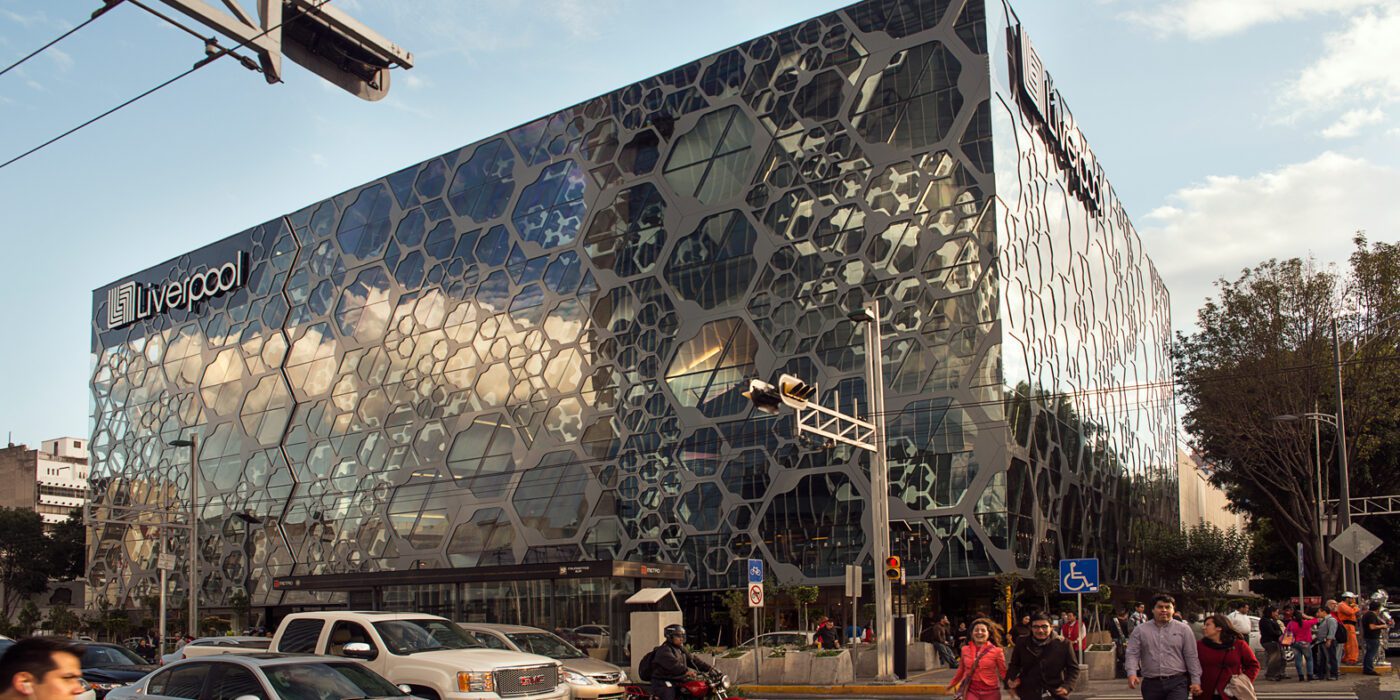
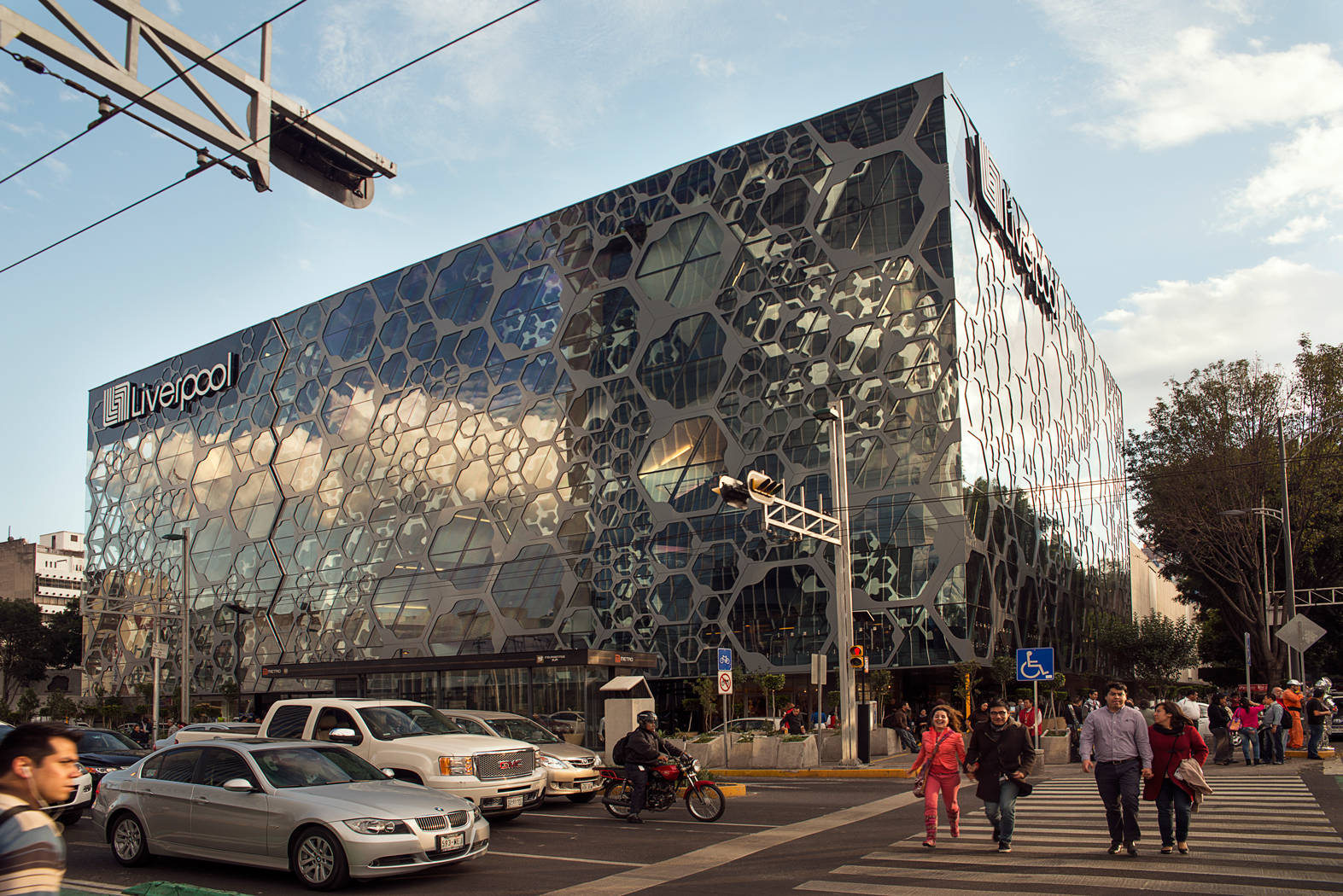
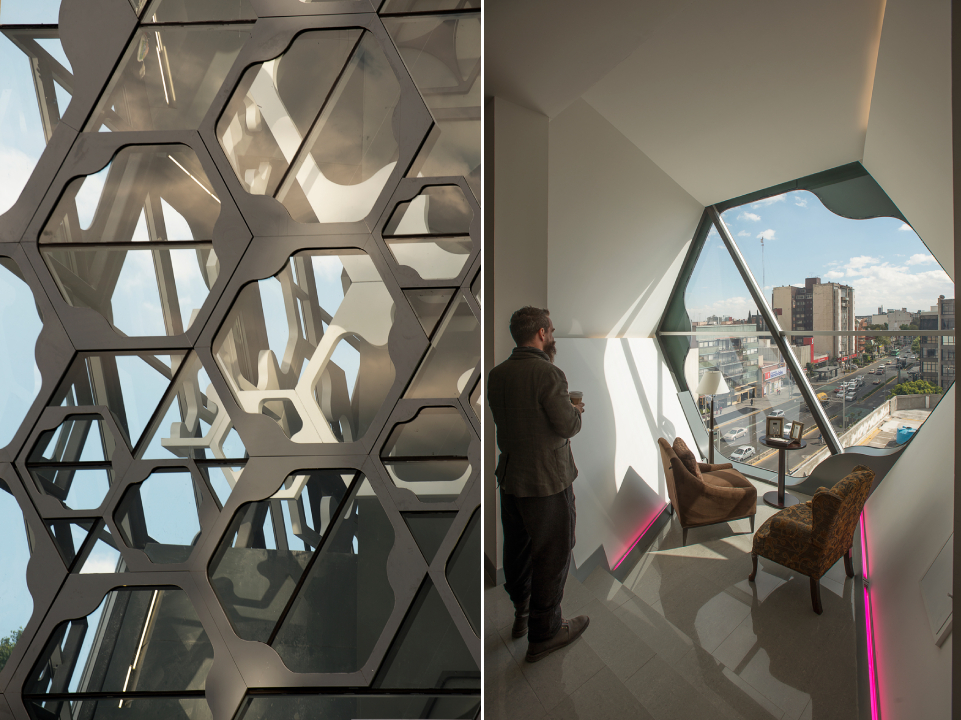

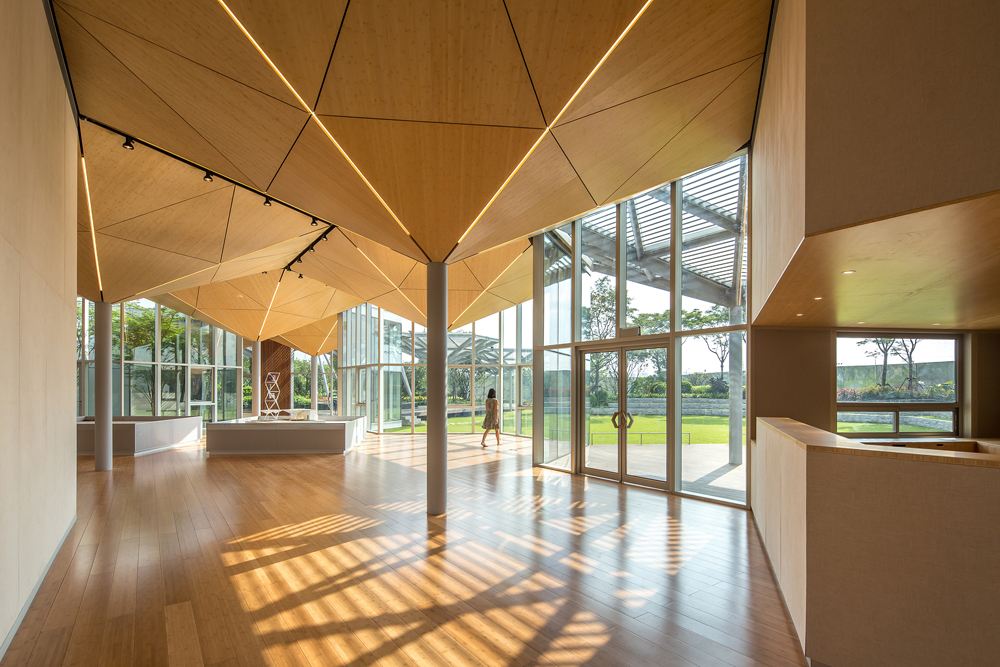
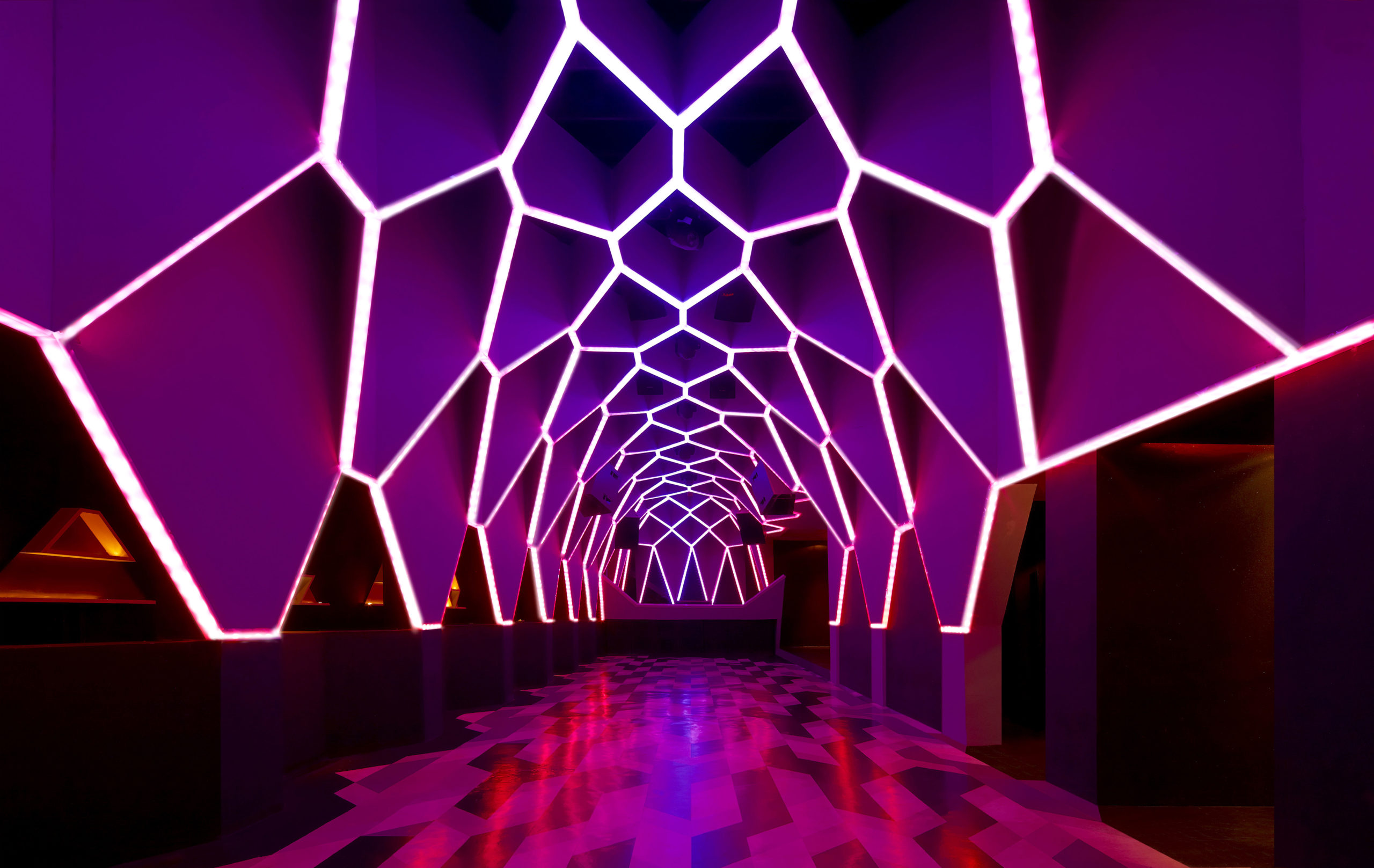
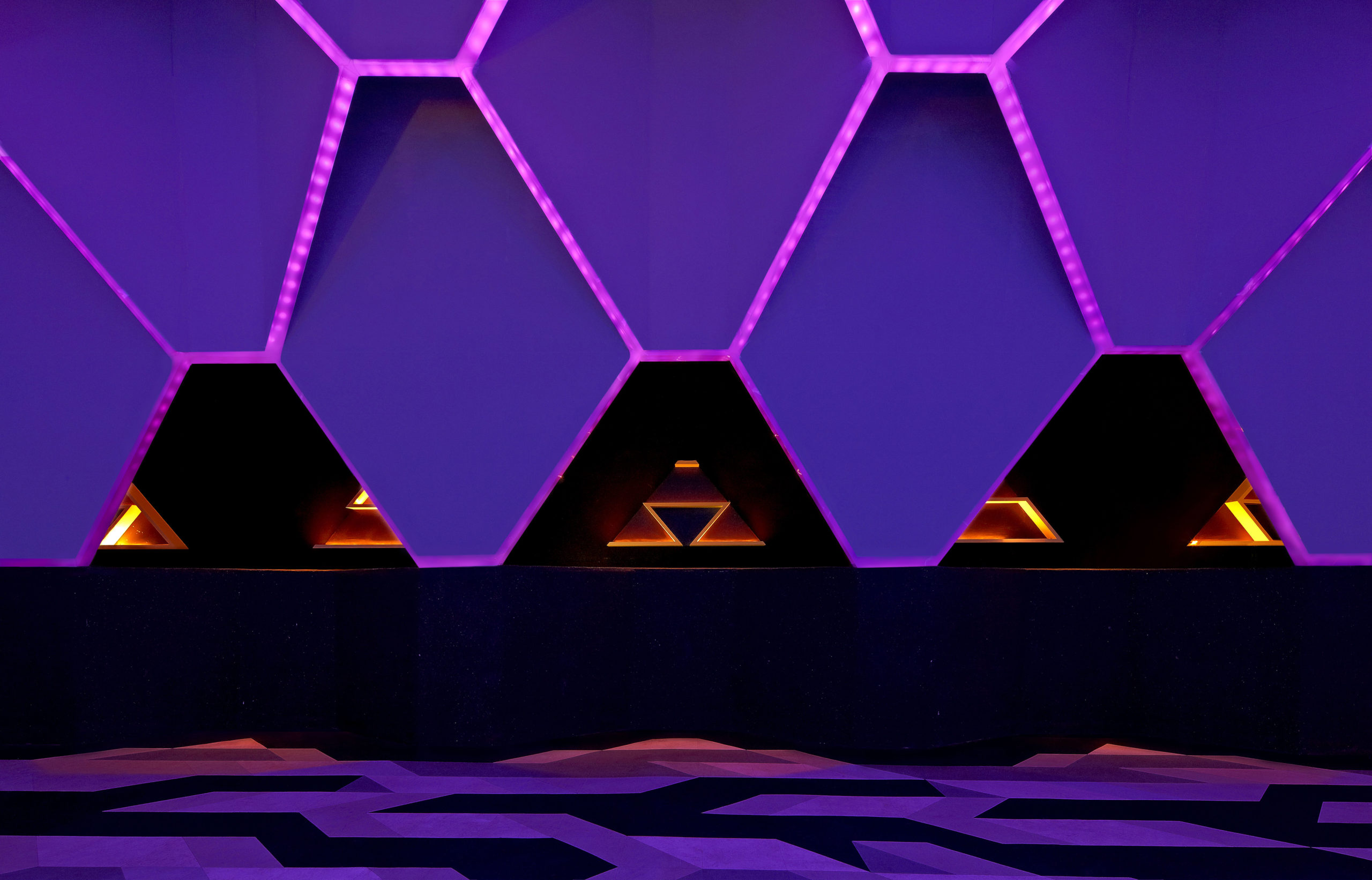 Josefine/ Roxy Club by Fred Mafra, Belo Horizonte, Brazil
Josefine/ Roxy Club by Fred Mafra, Belo Horizonte, Brazil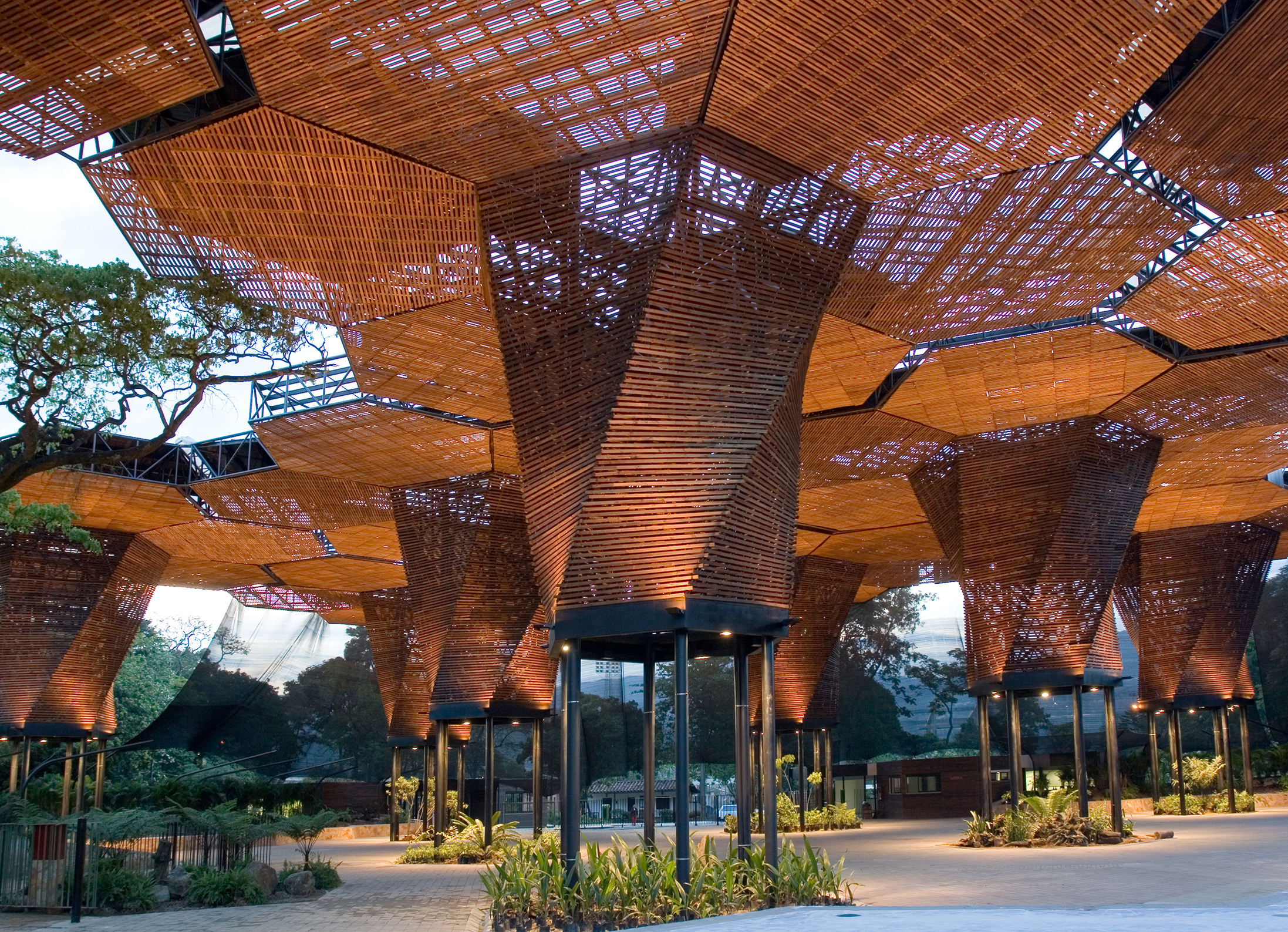
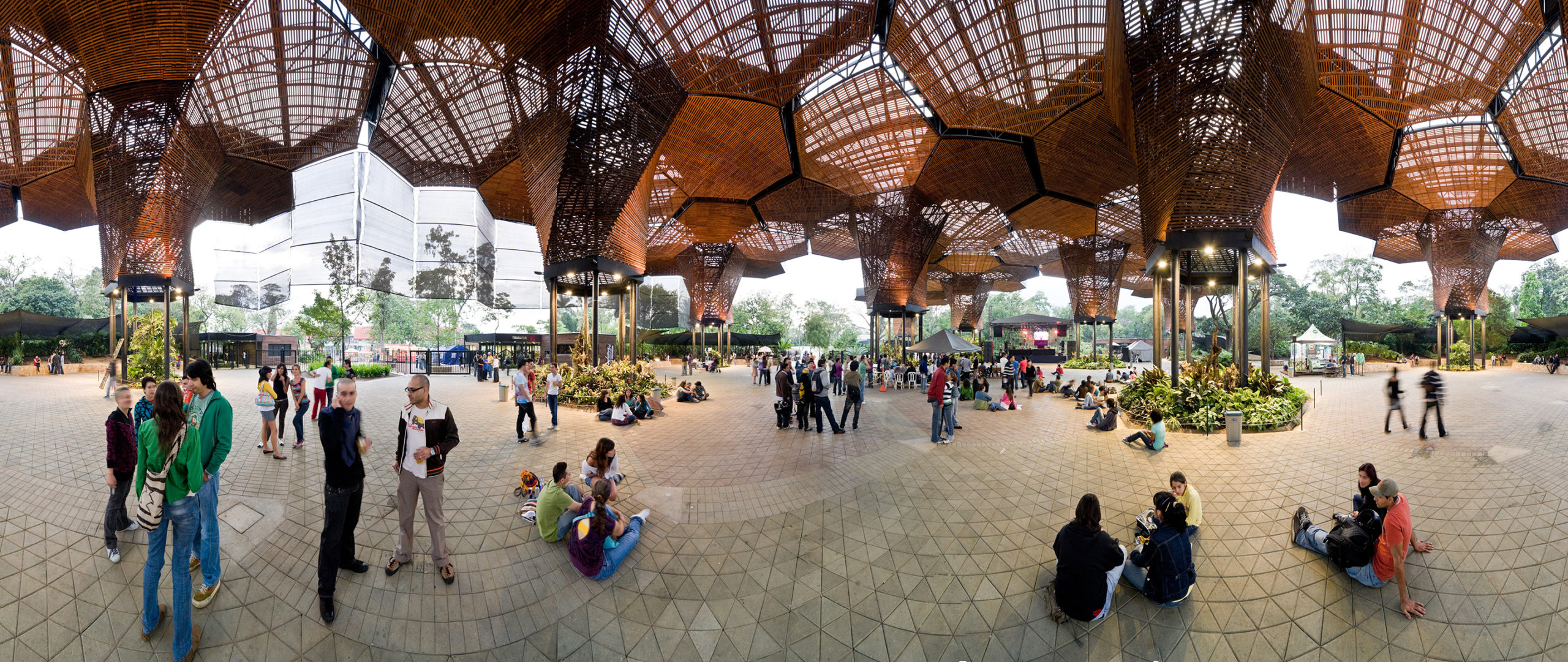
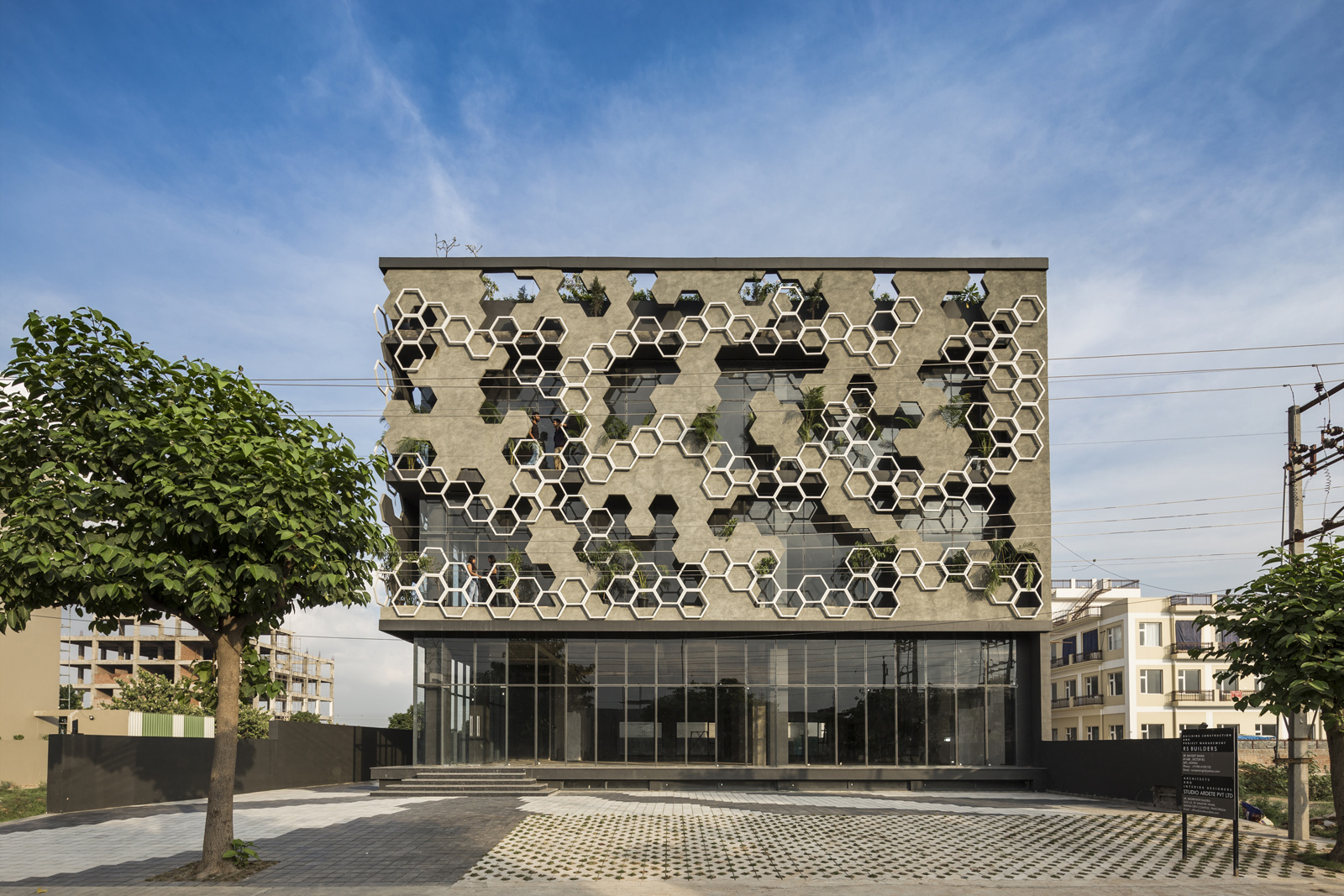
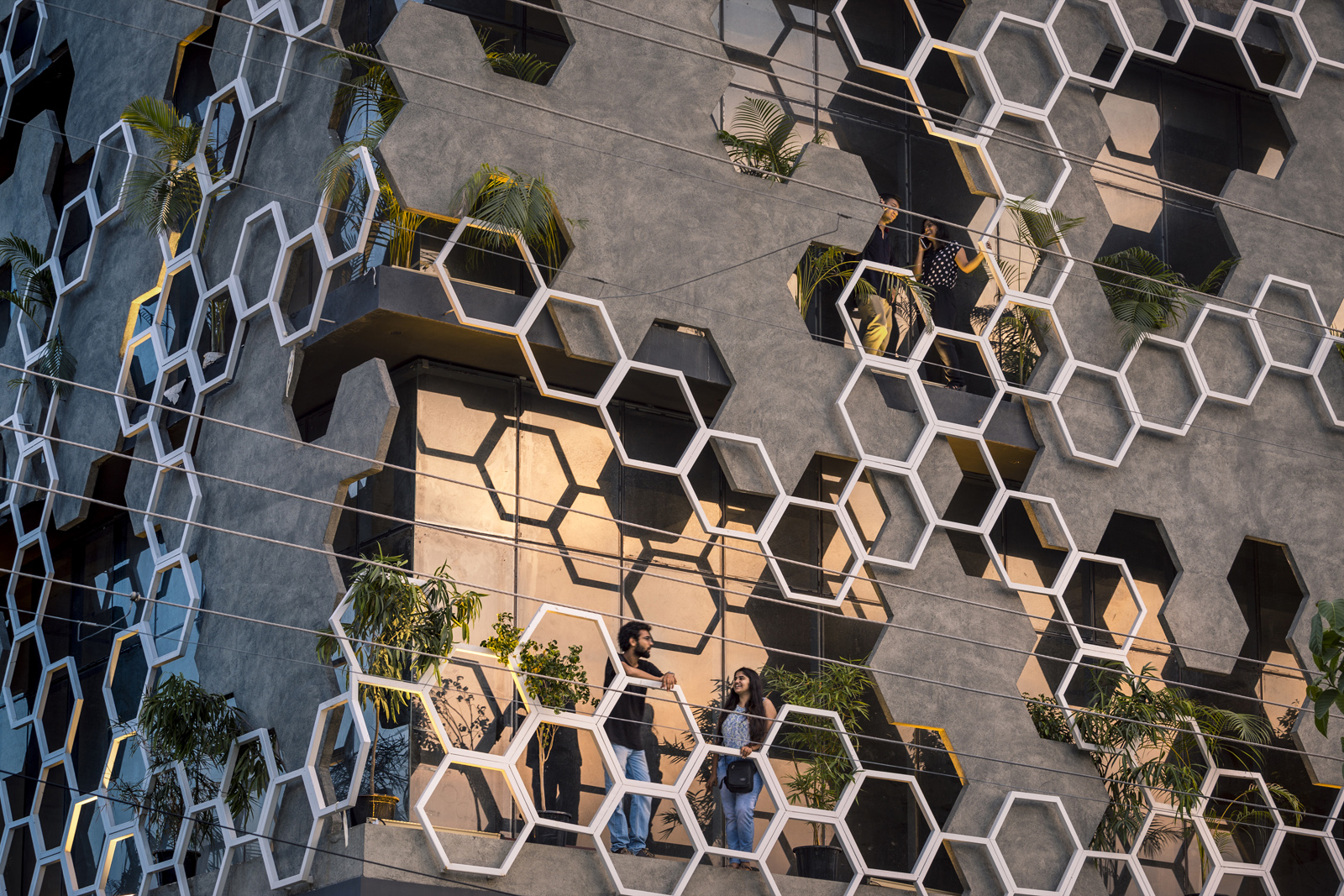
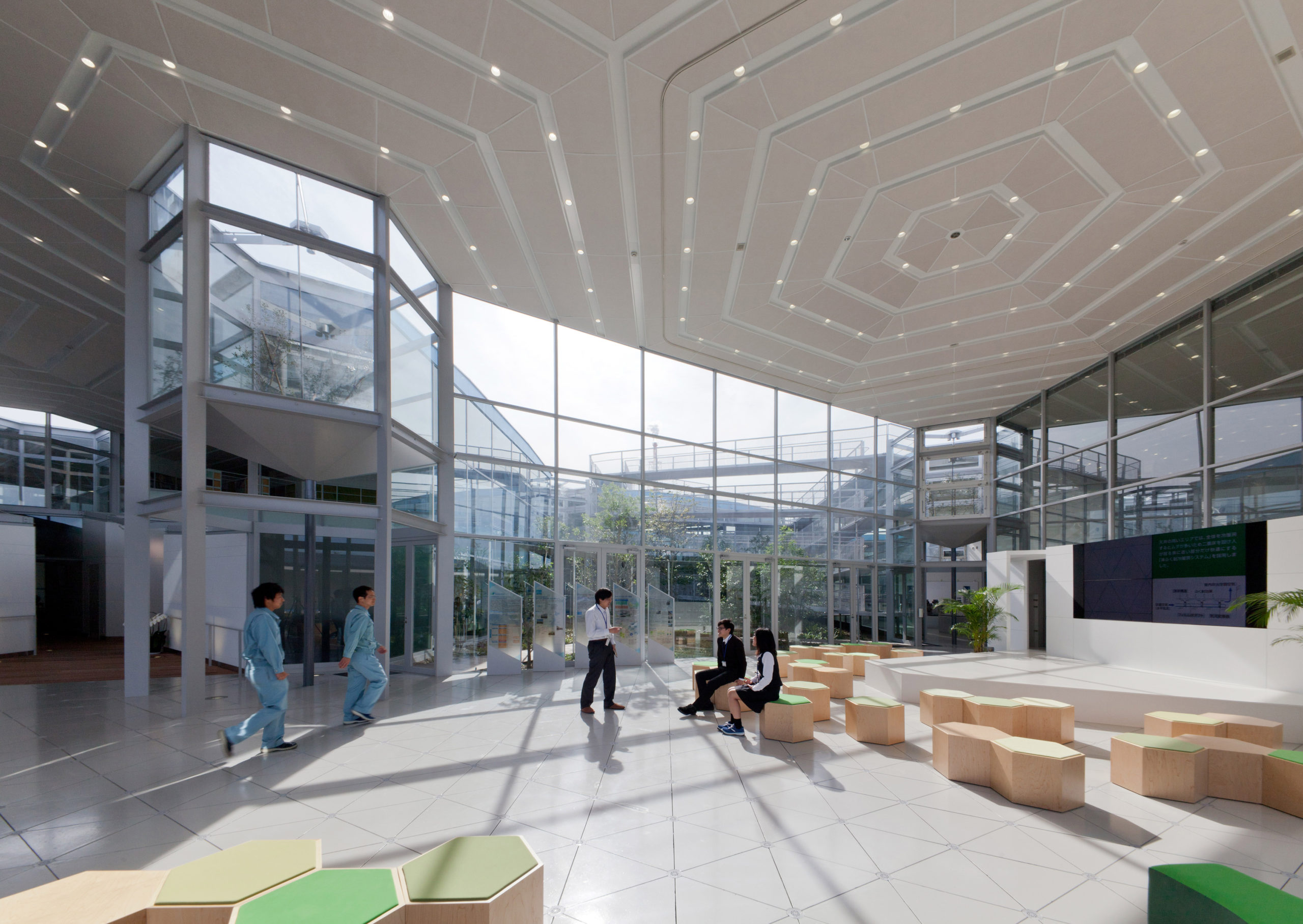
 Aron R&D Center by Osamu Morishita Architect & Associates, Aichi, Japan
Aron R&D Center by Osamu Morishita Architect & Associates, Aichi, Japan
 Hive by OPENIDEAS ARCHITECTS, Surat, India
Hive by OPENIDEAS ARCHITECTS, Surat, India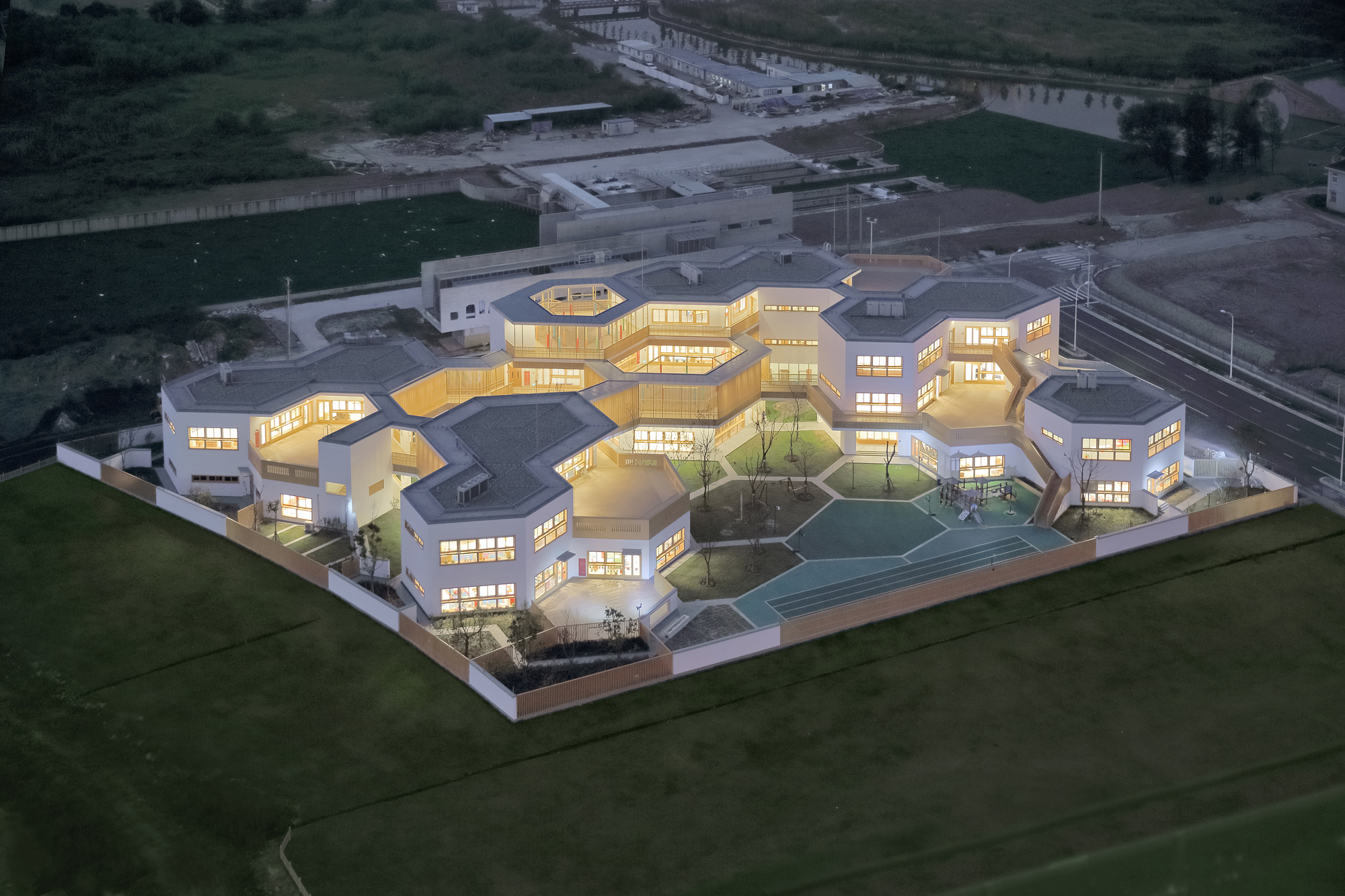
 East China Normal University Affiliated Bilingual Kindergarten by Scenic Architecture, Shanghai, China
East China Normal University Affiliated Bilingual Kindergarten by Scenic Architecture, Shanghai, China